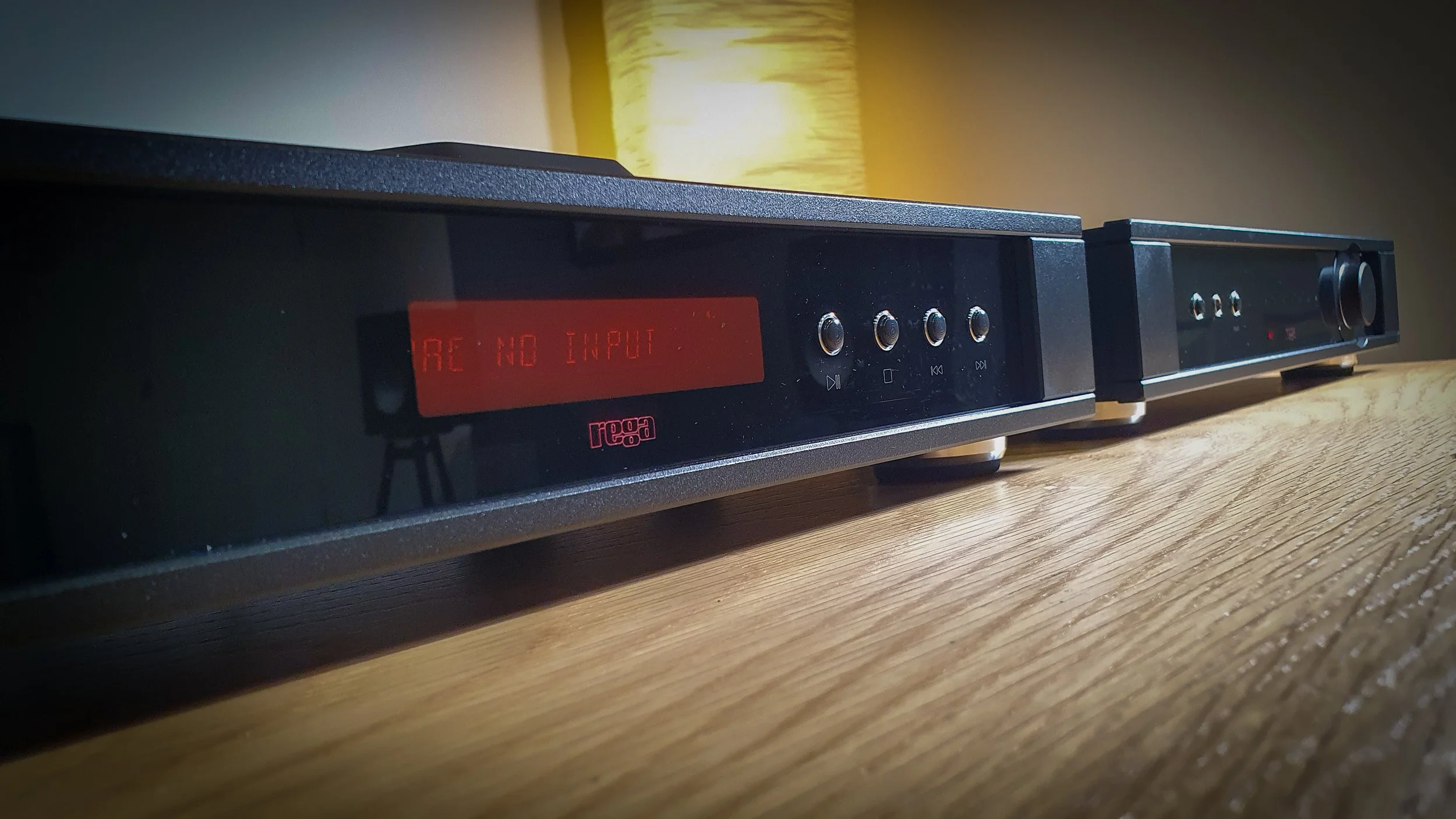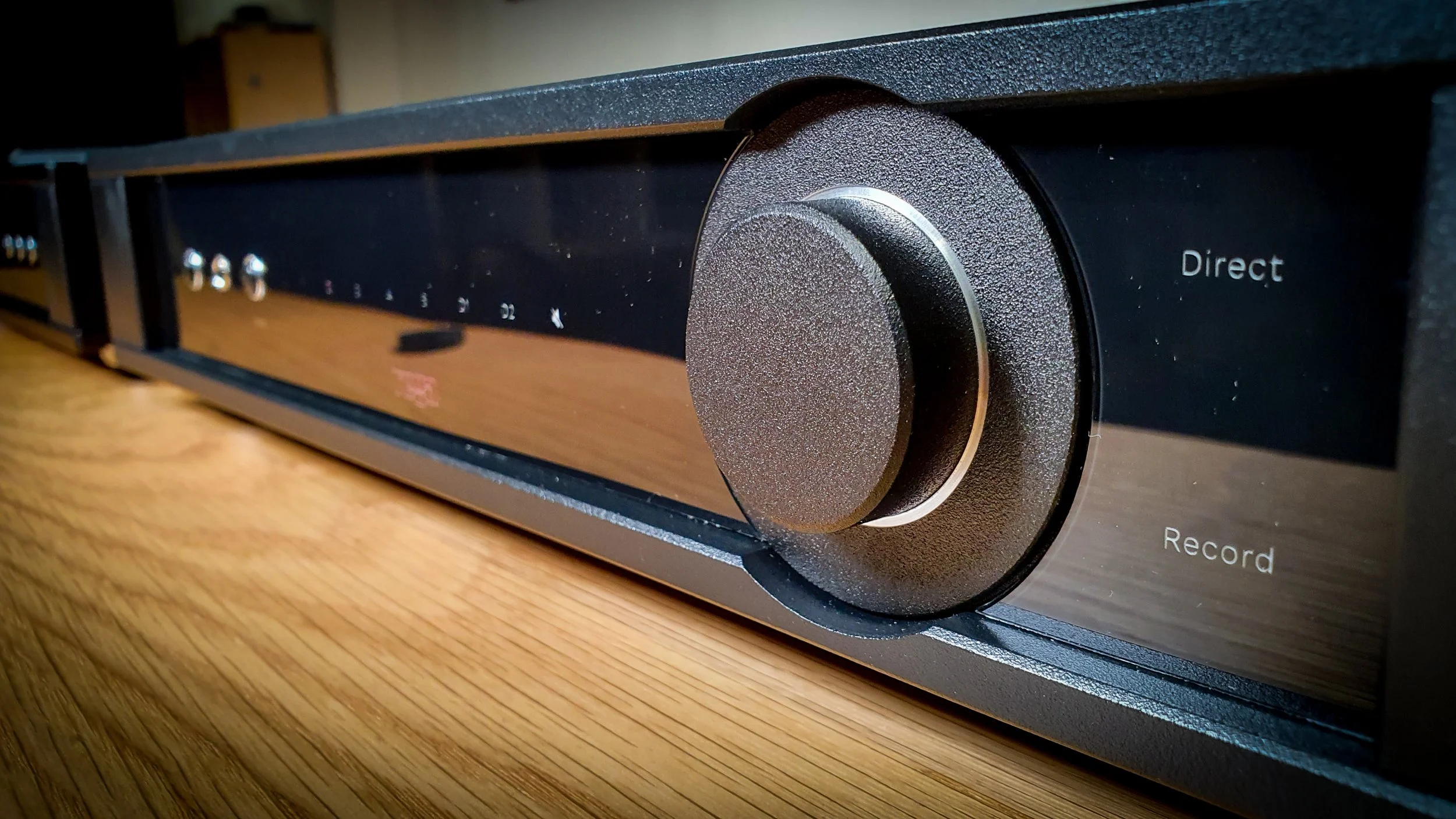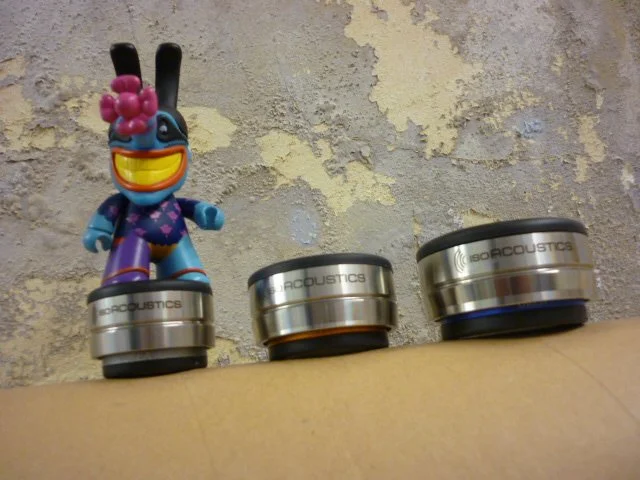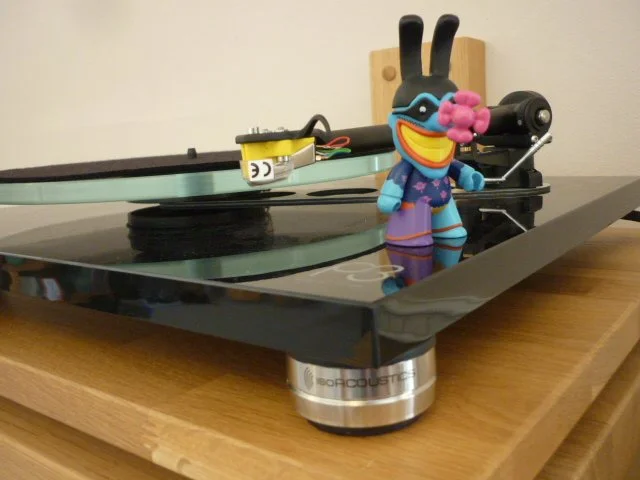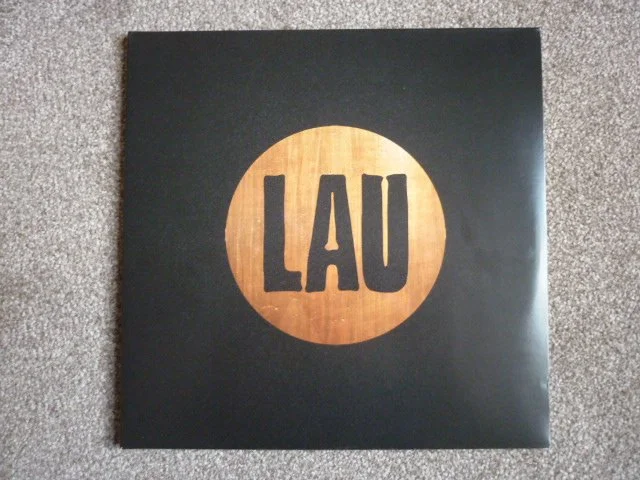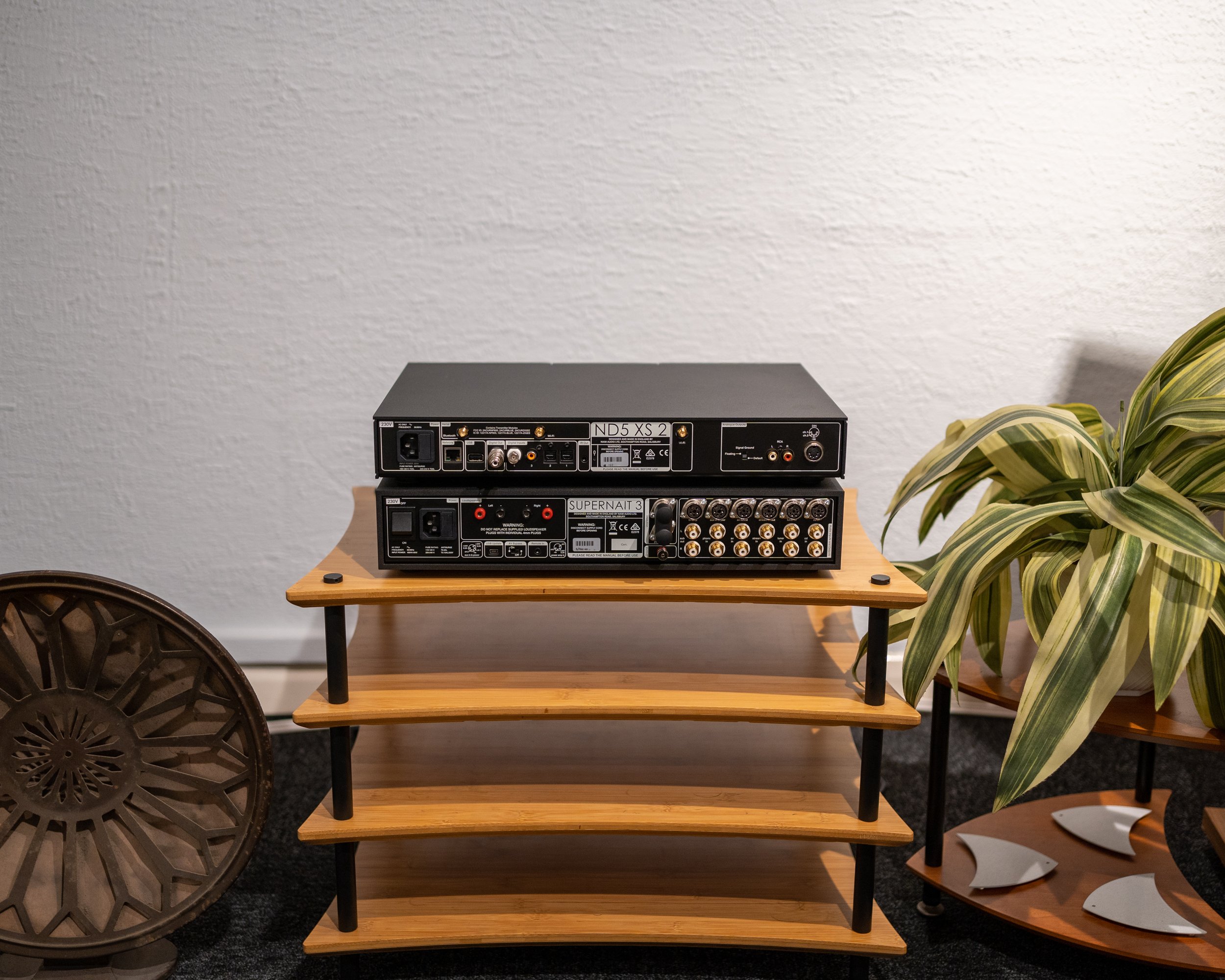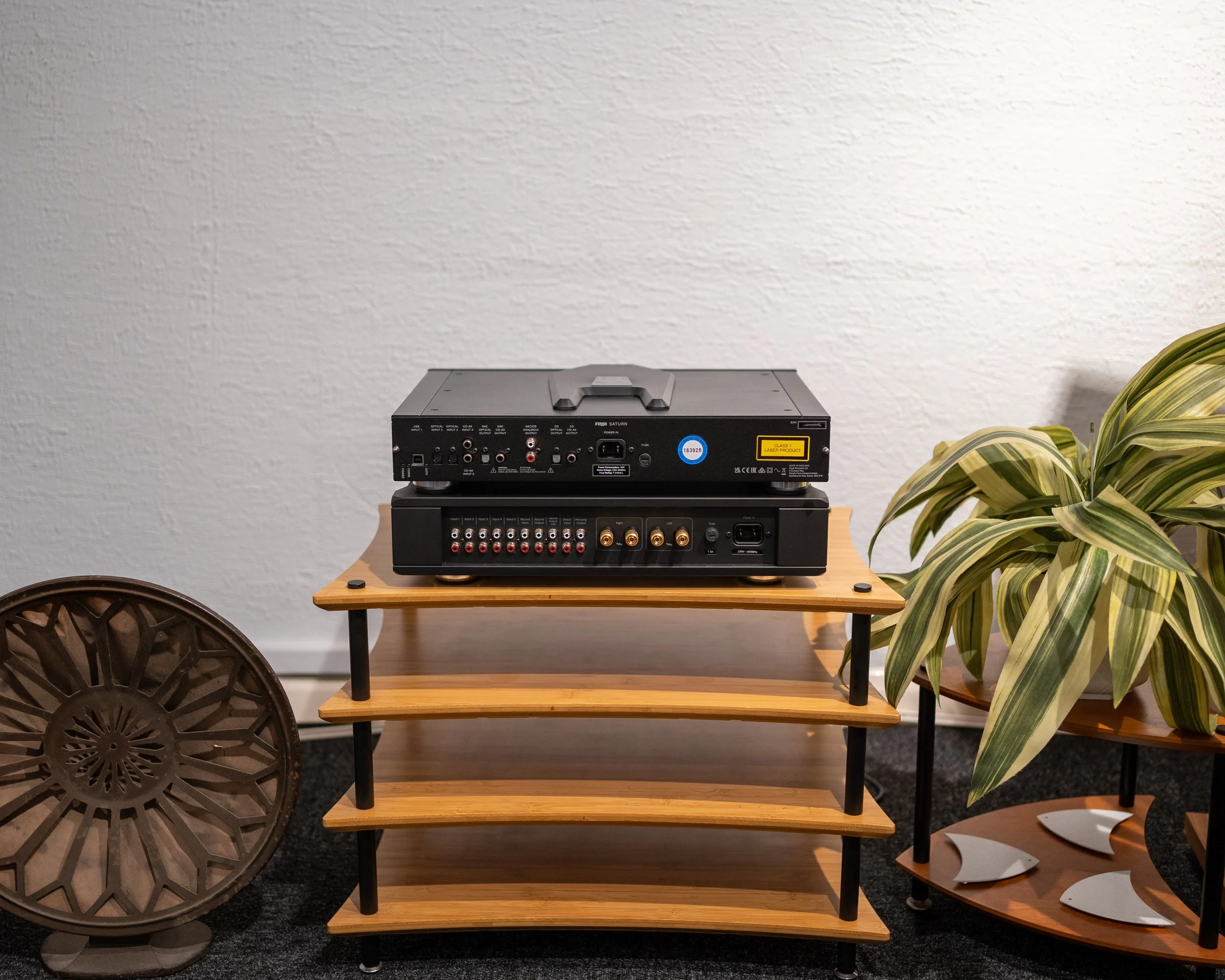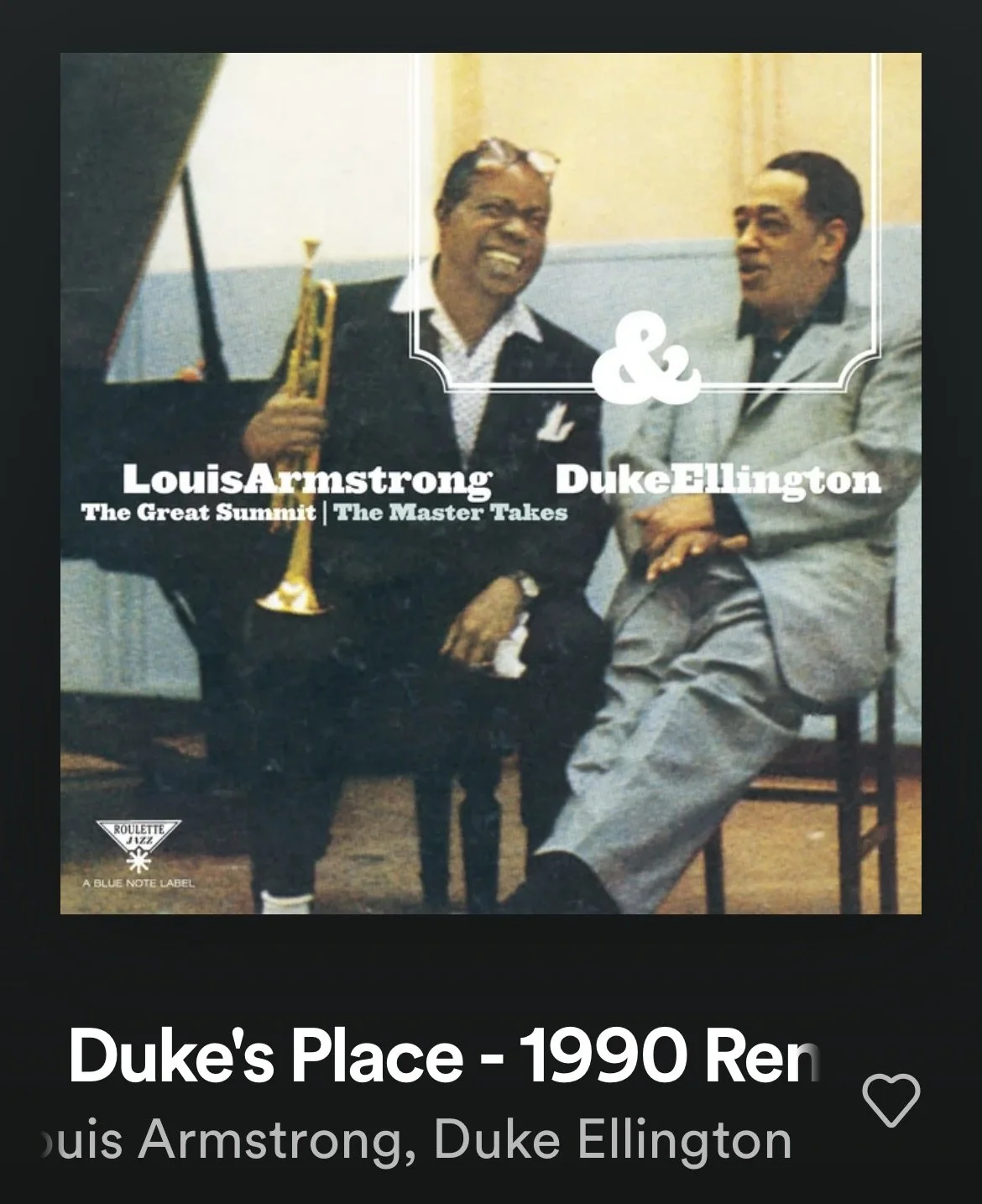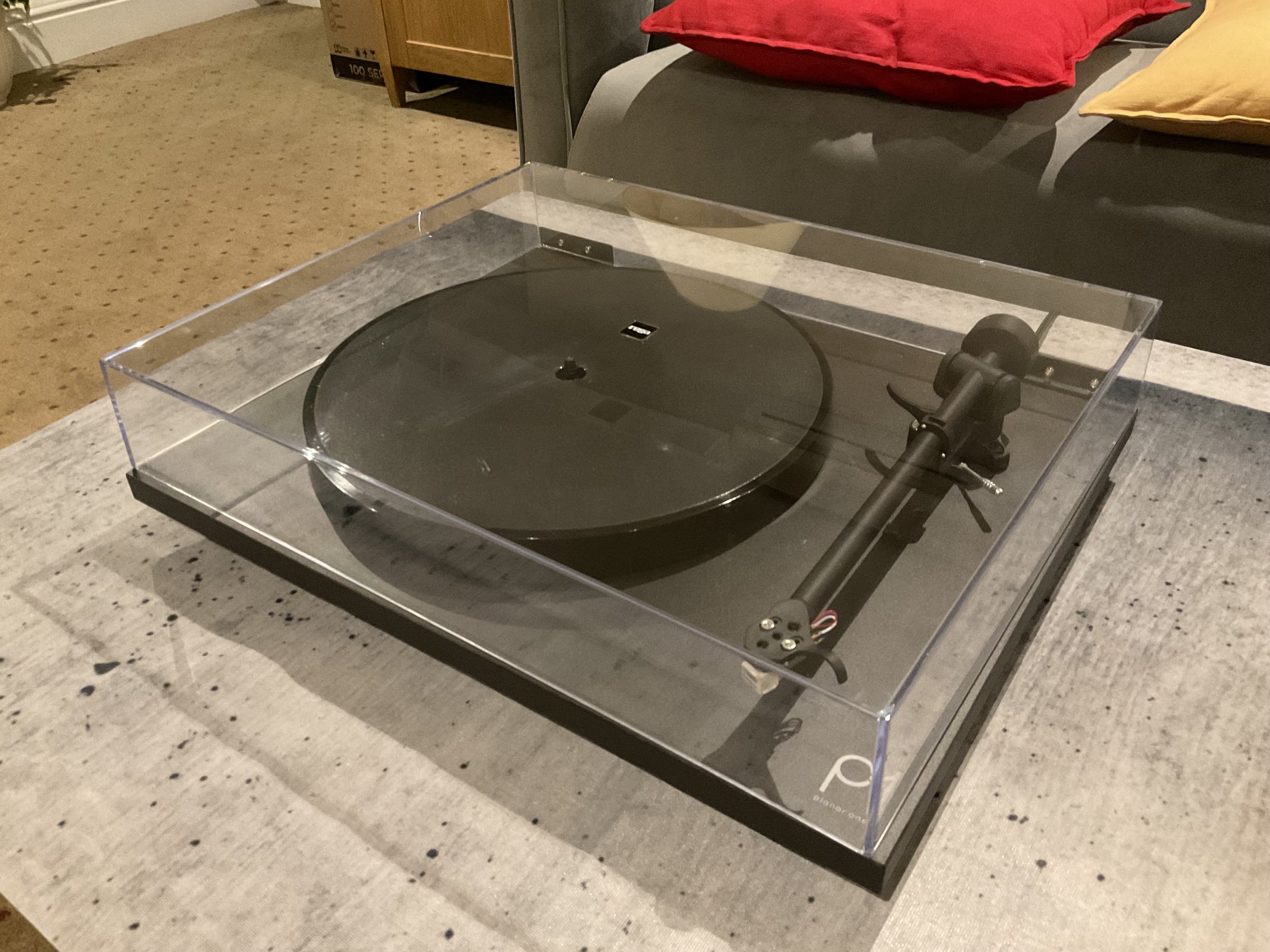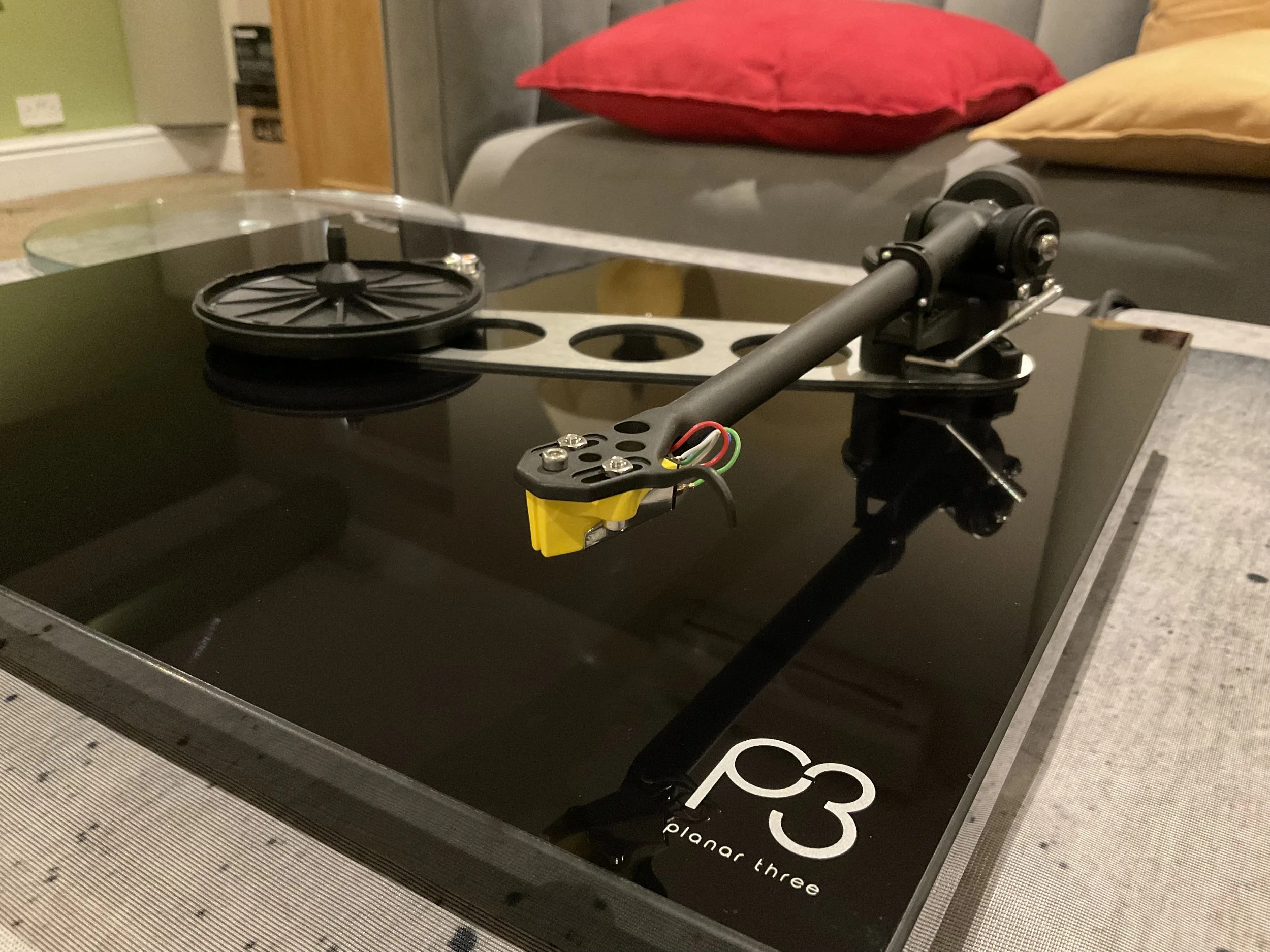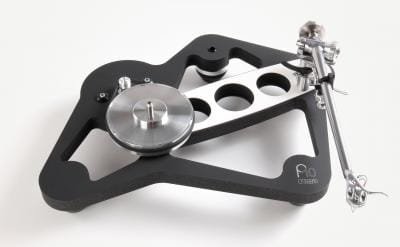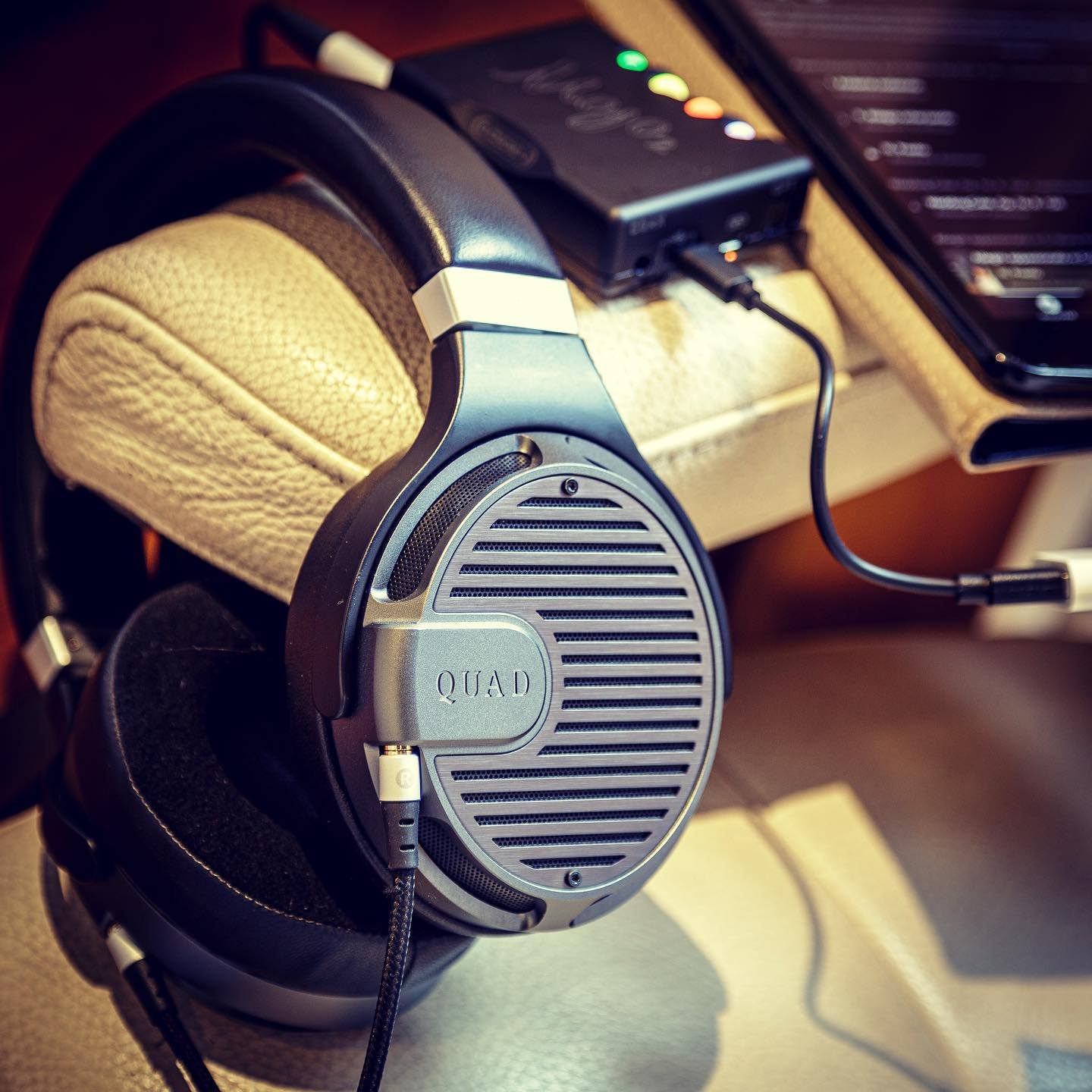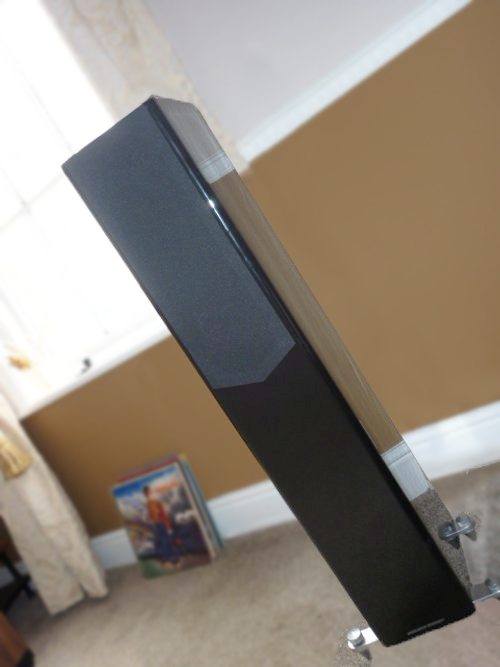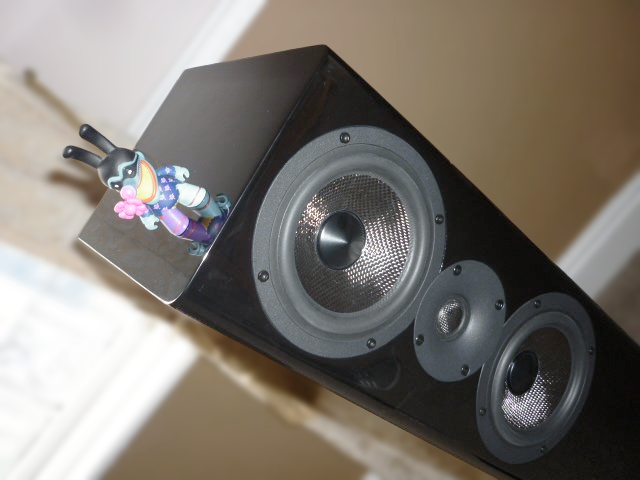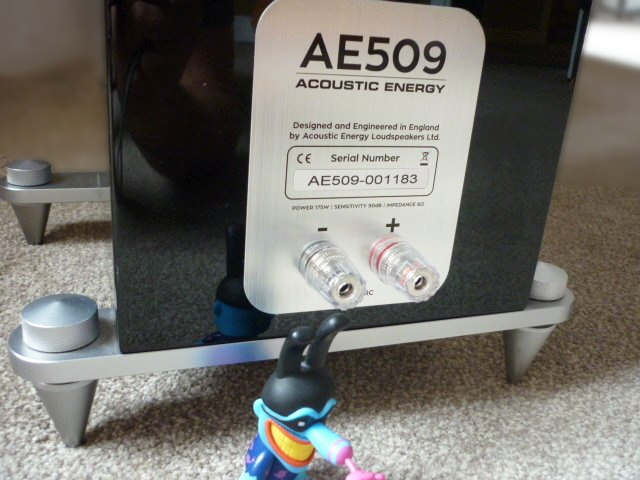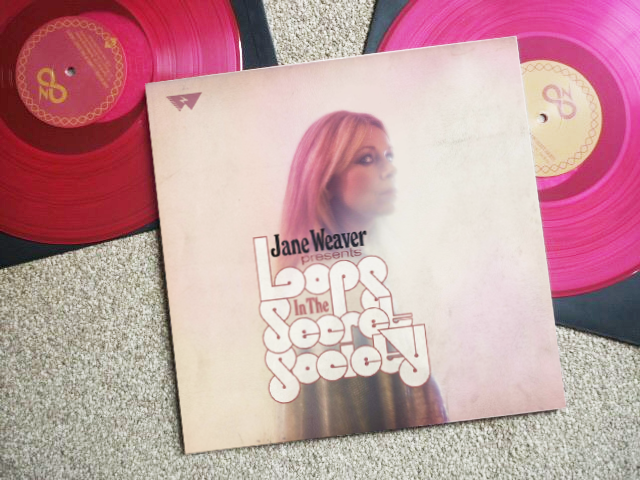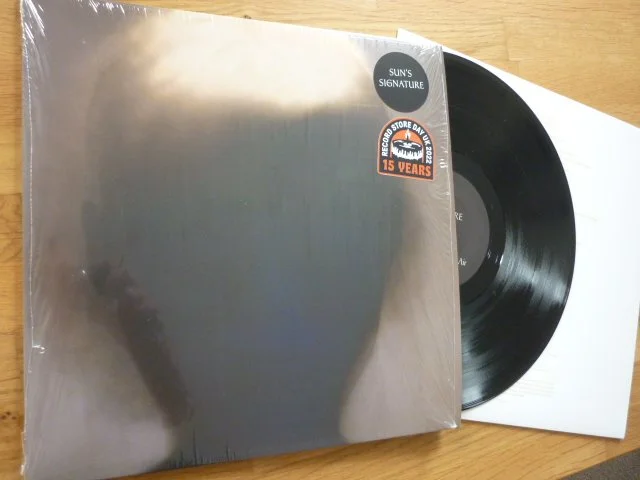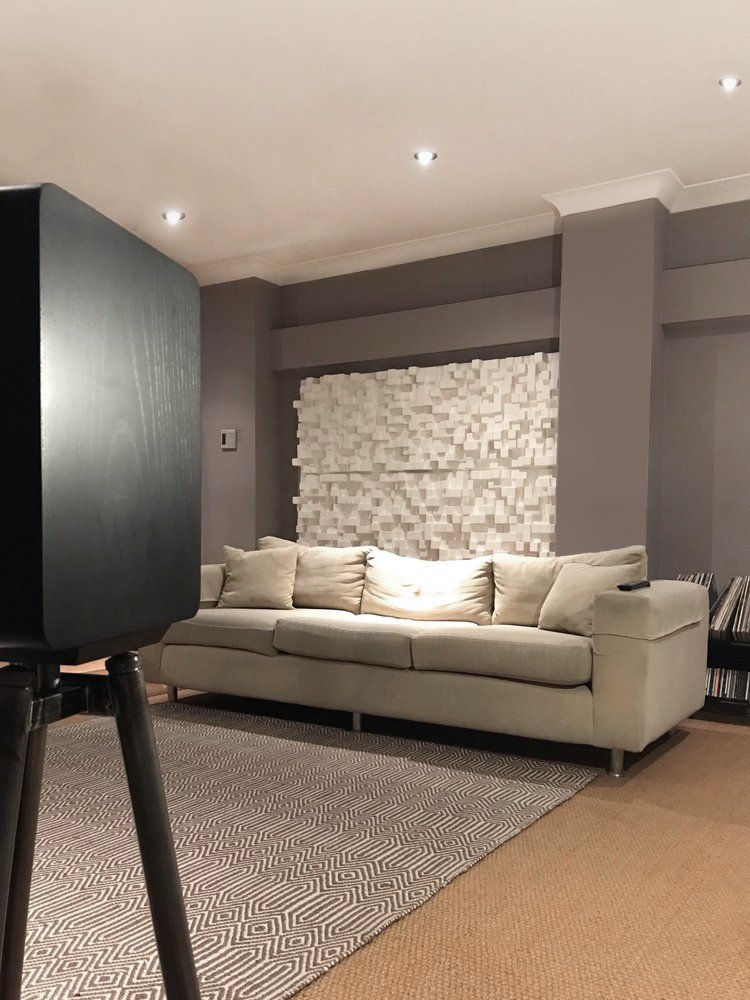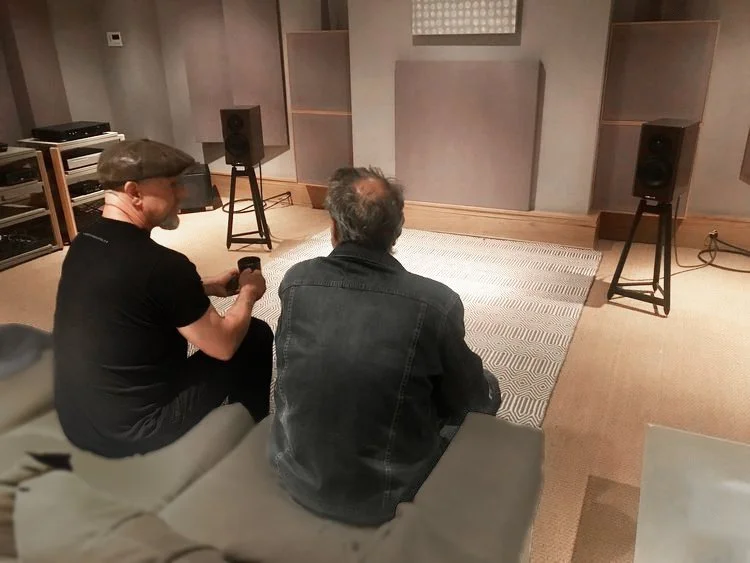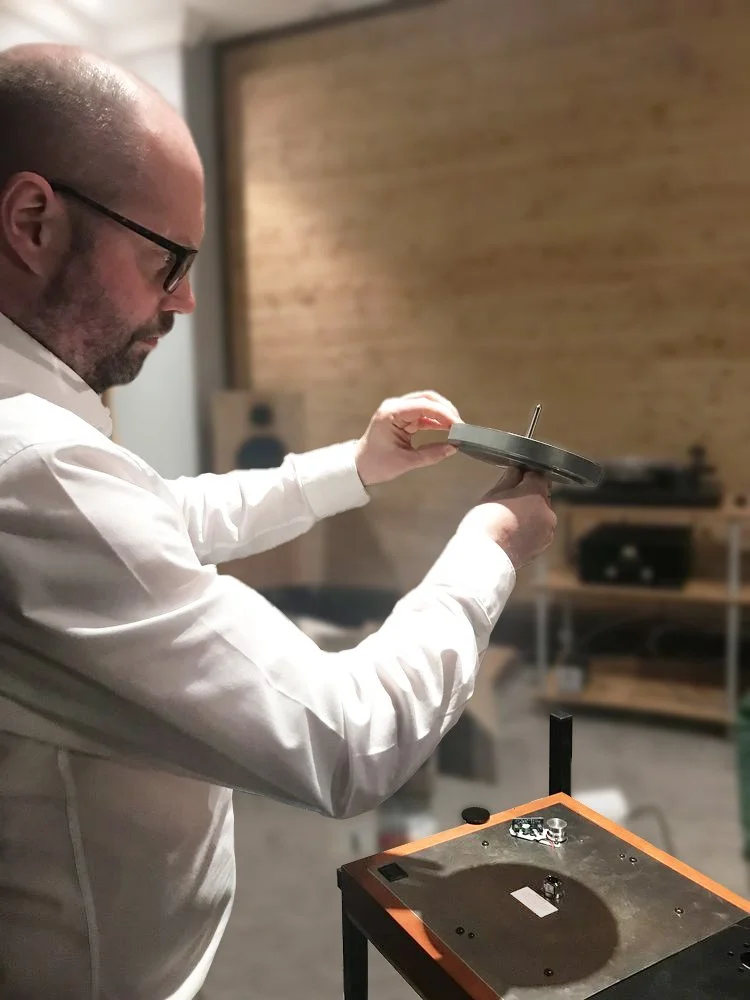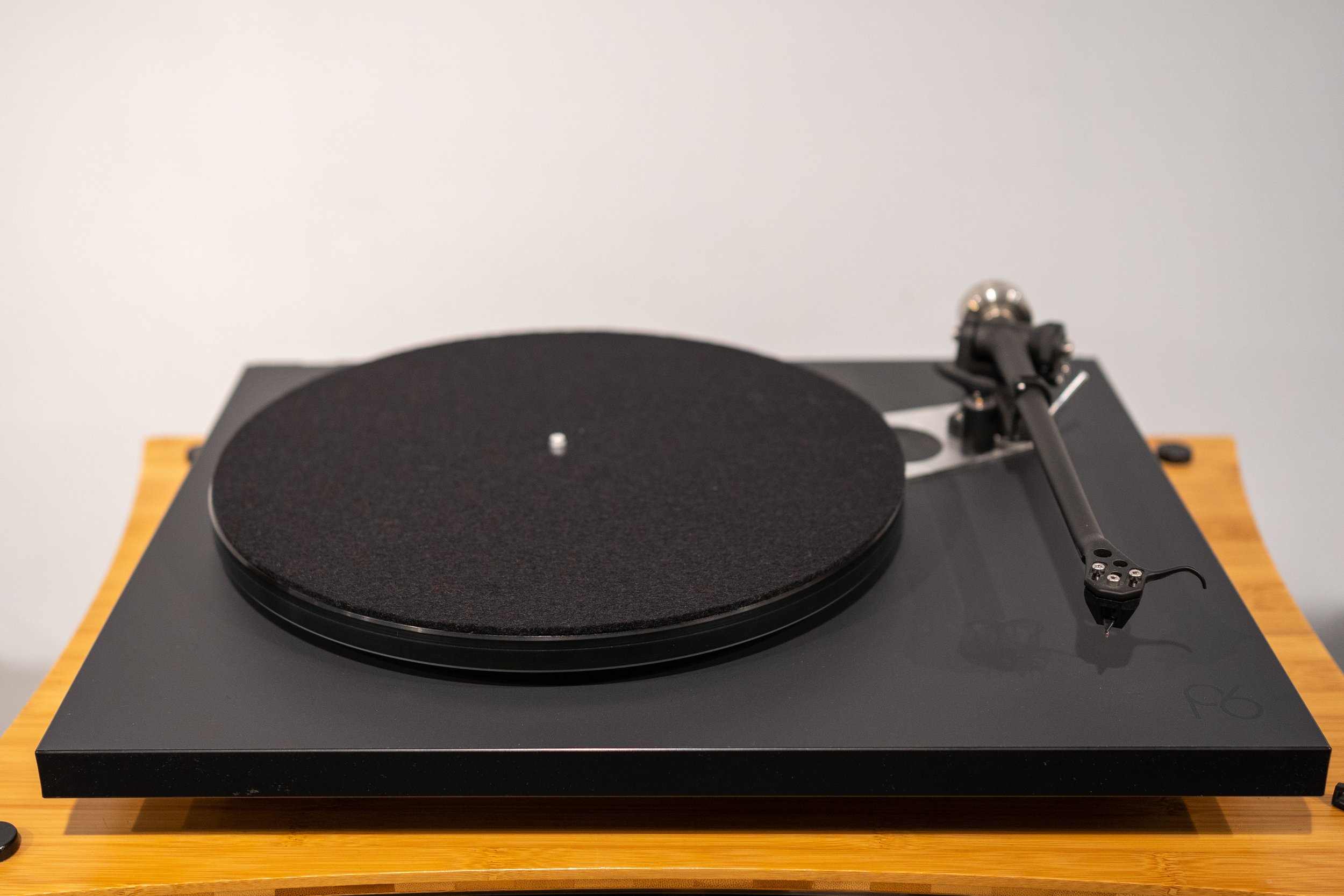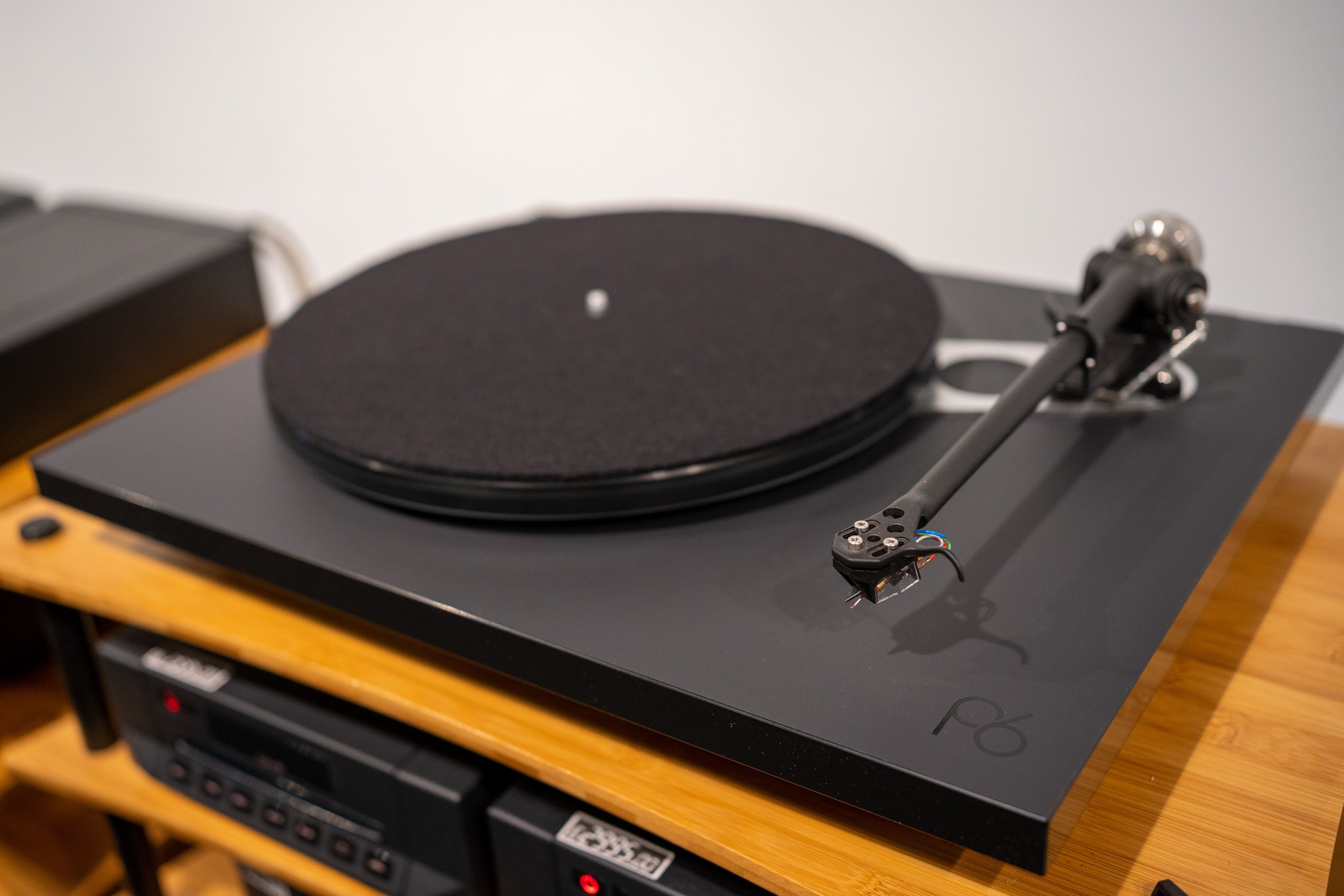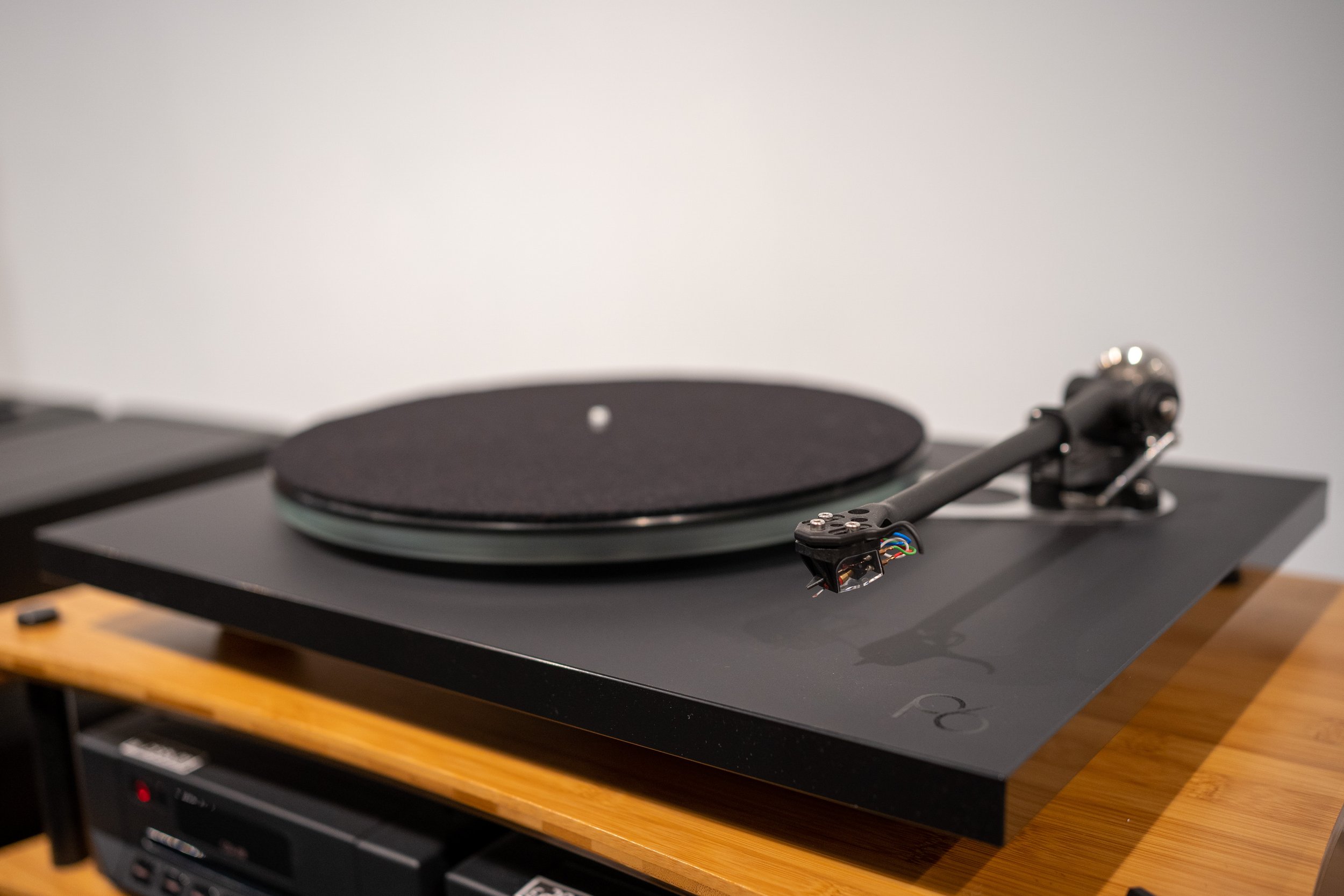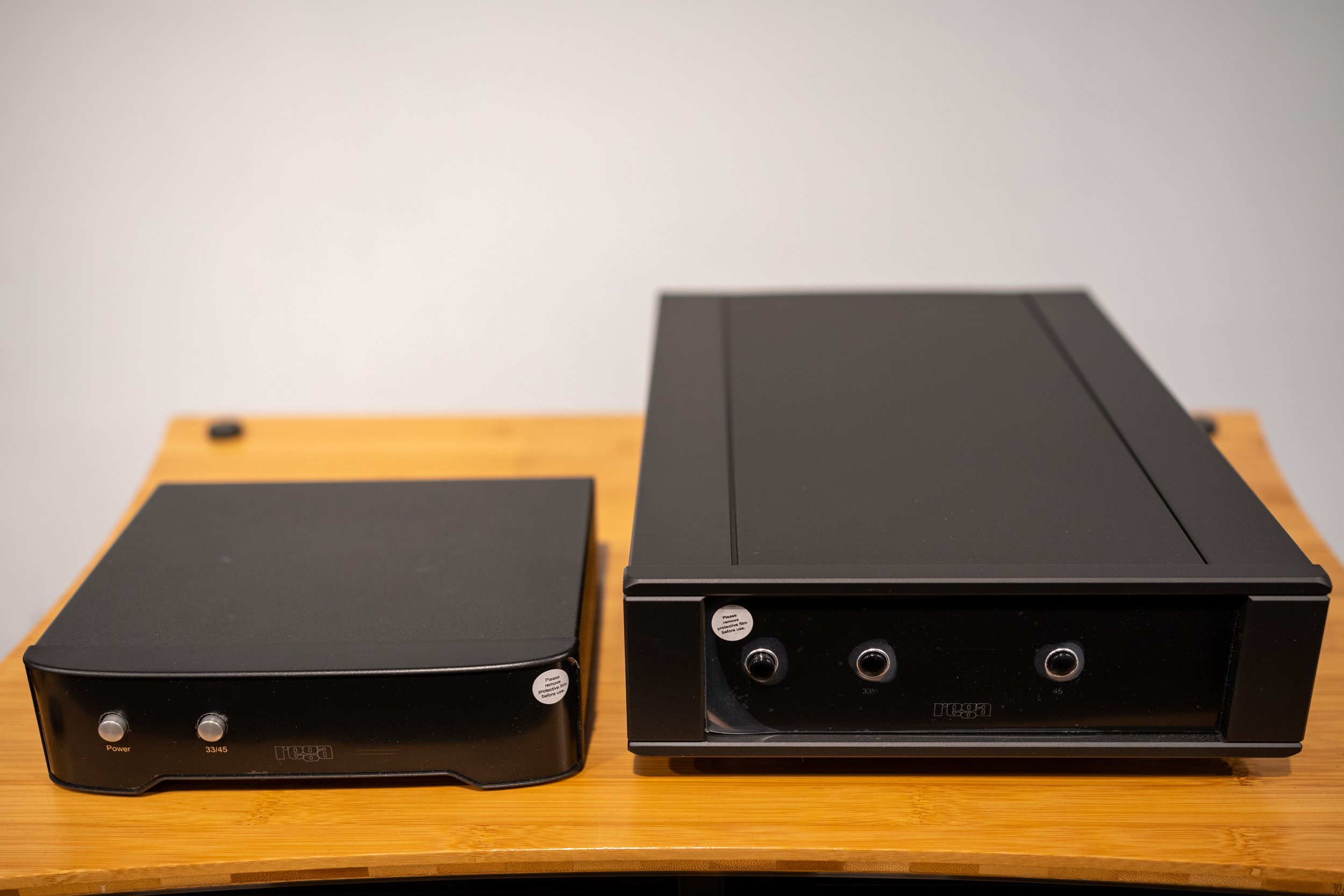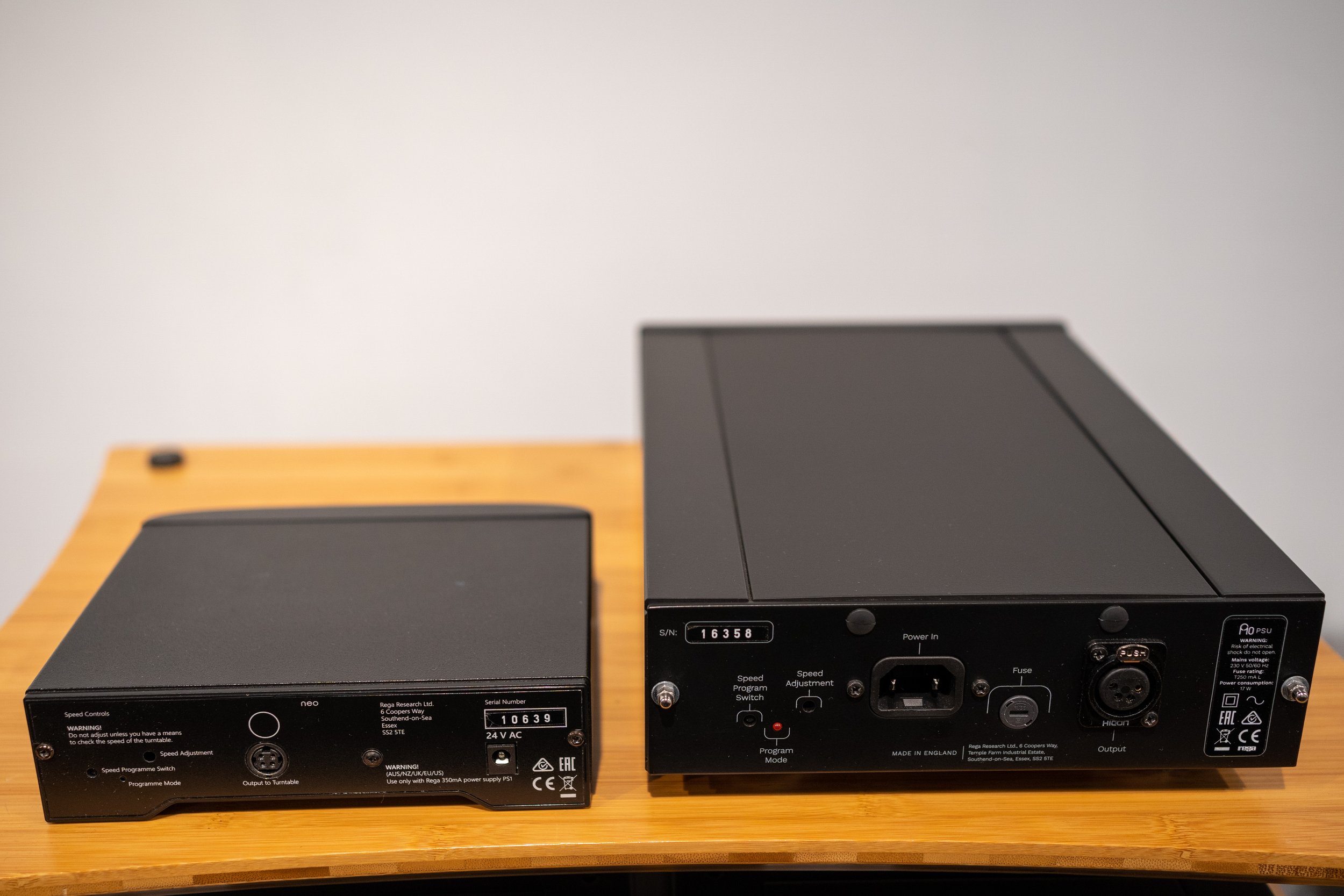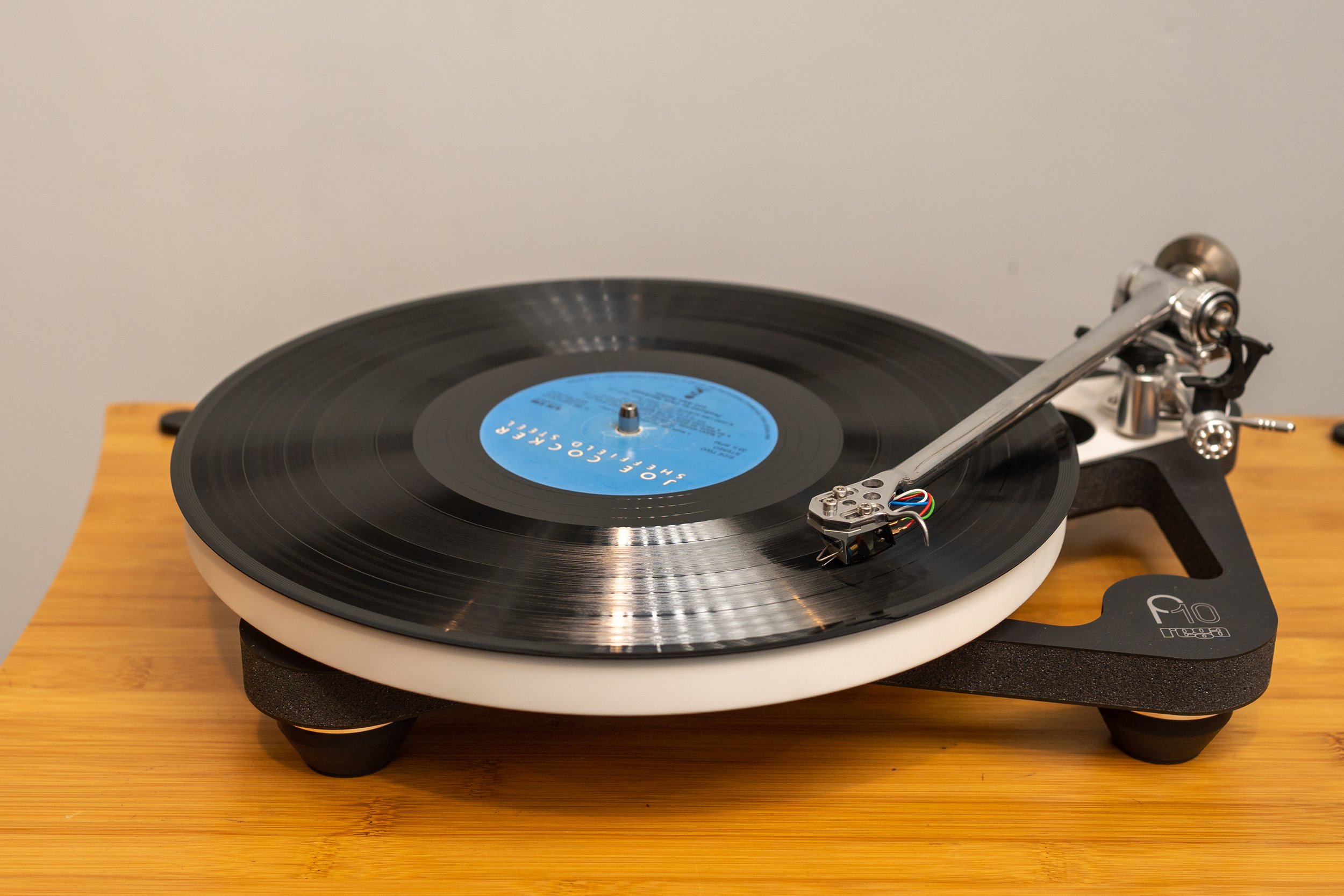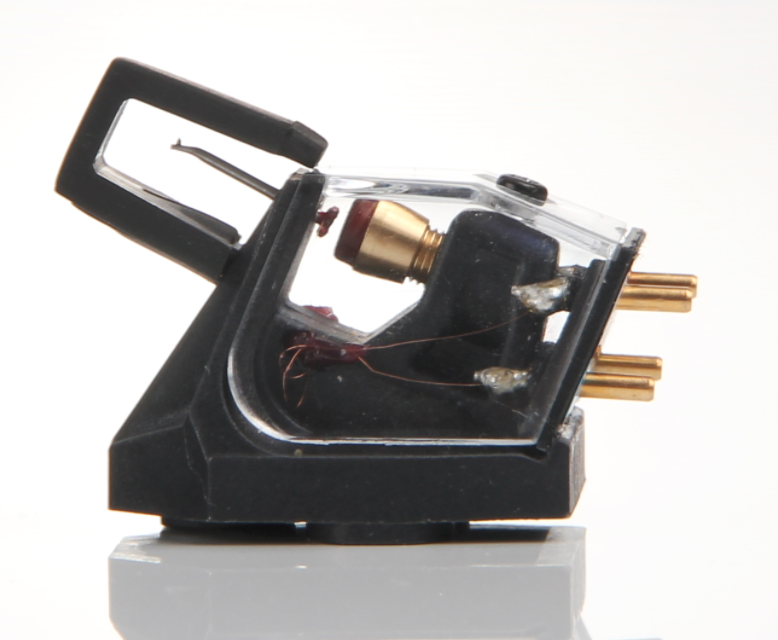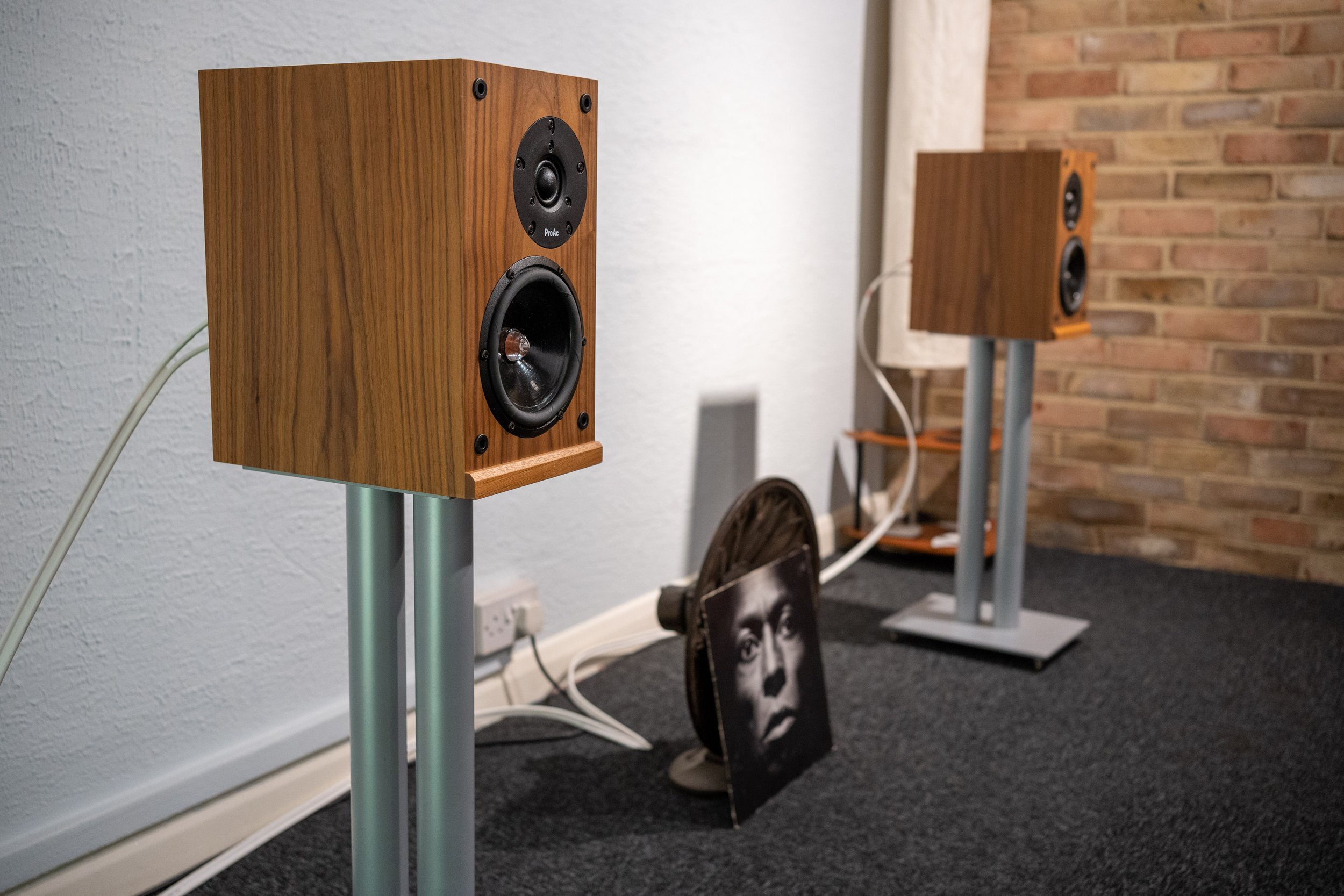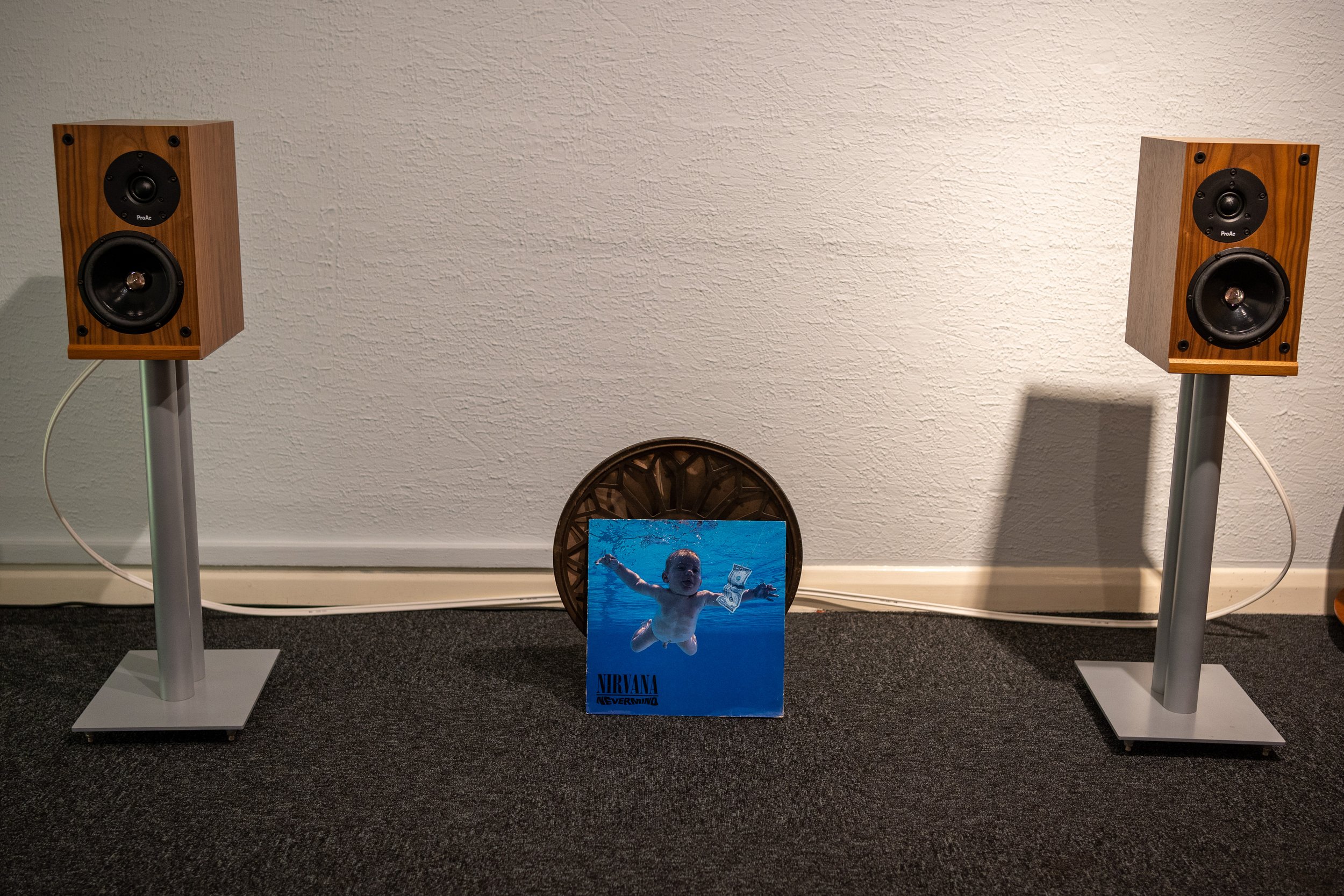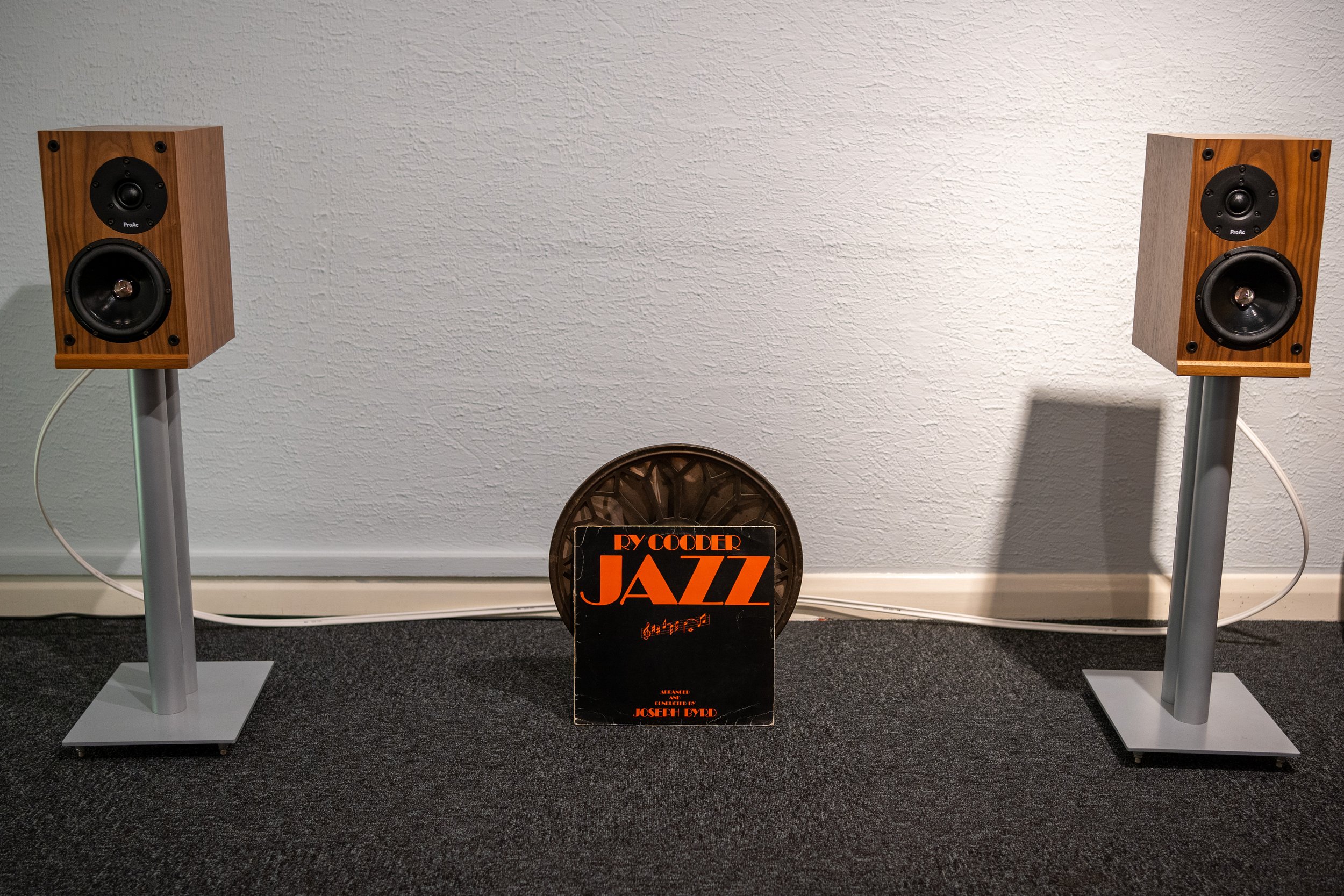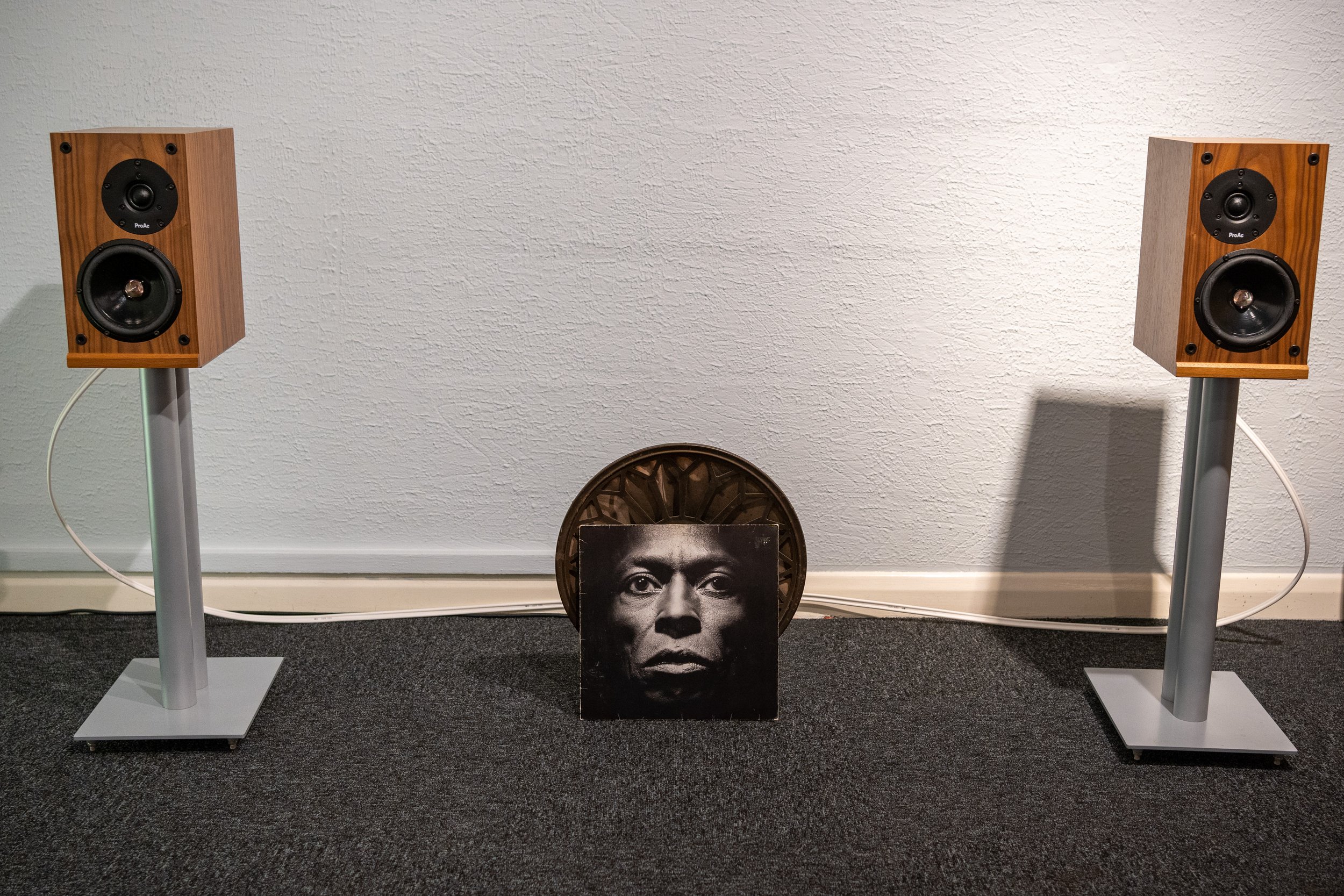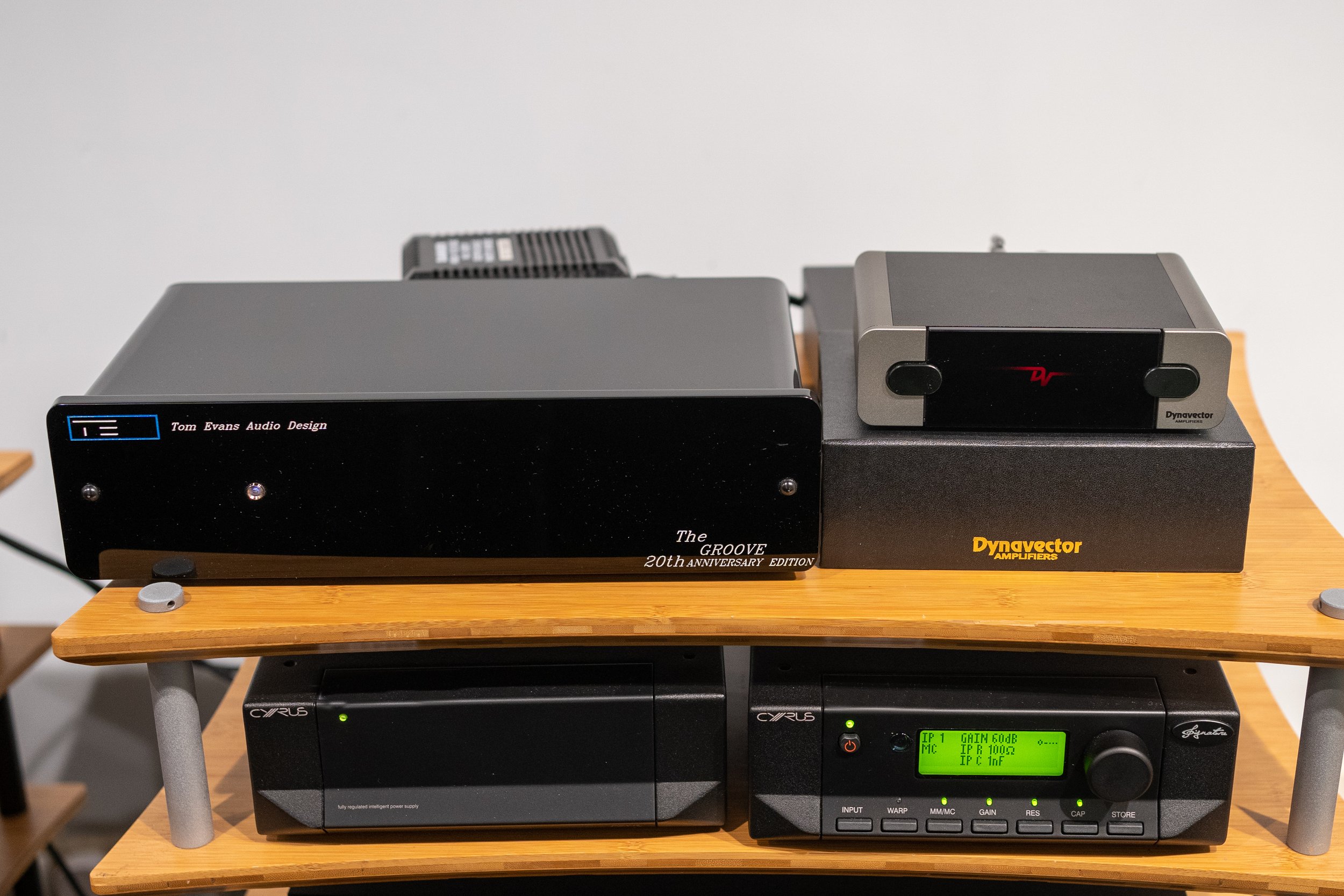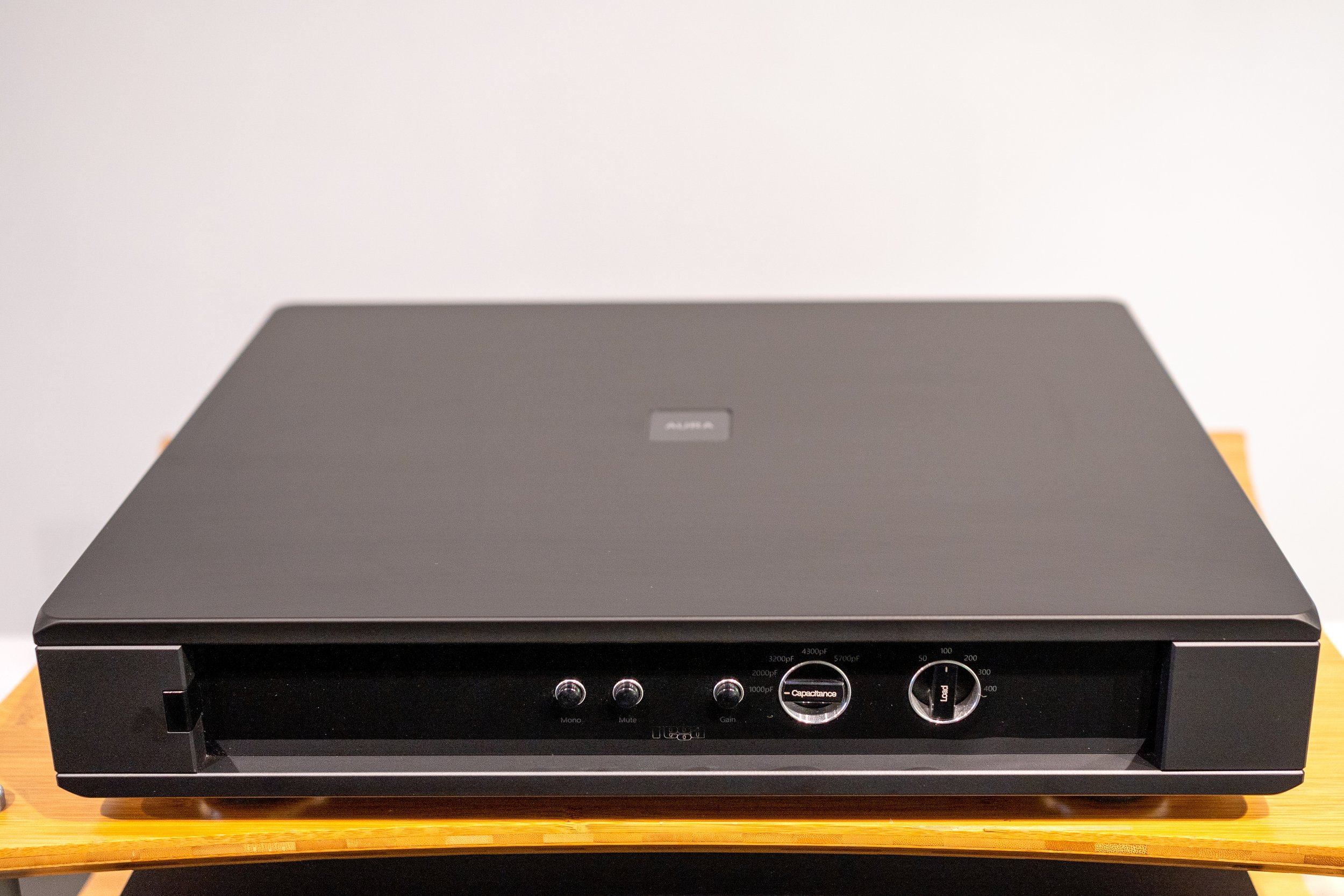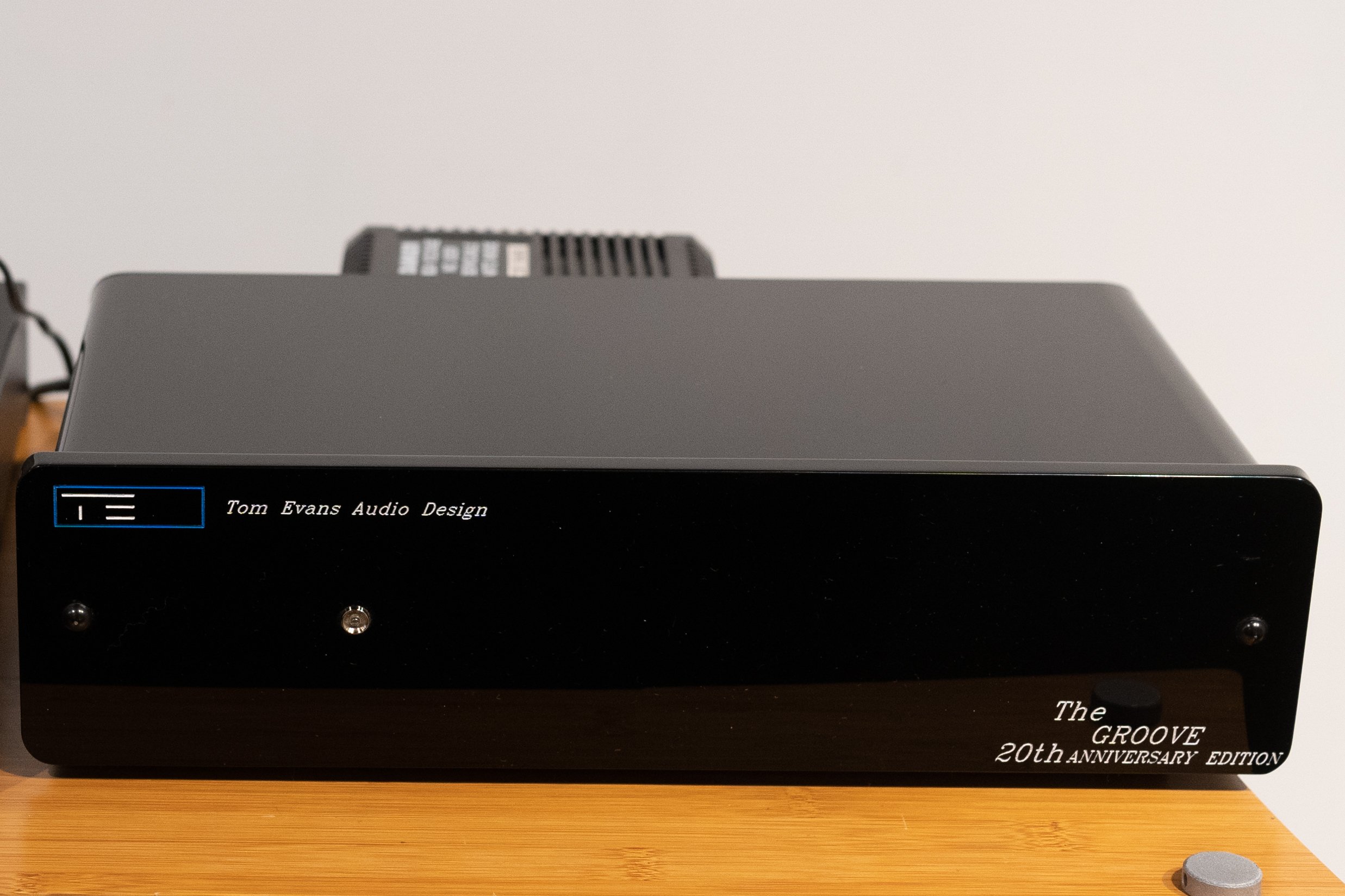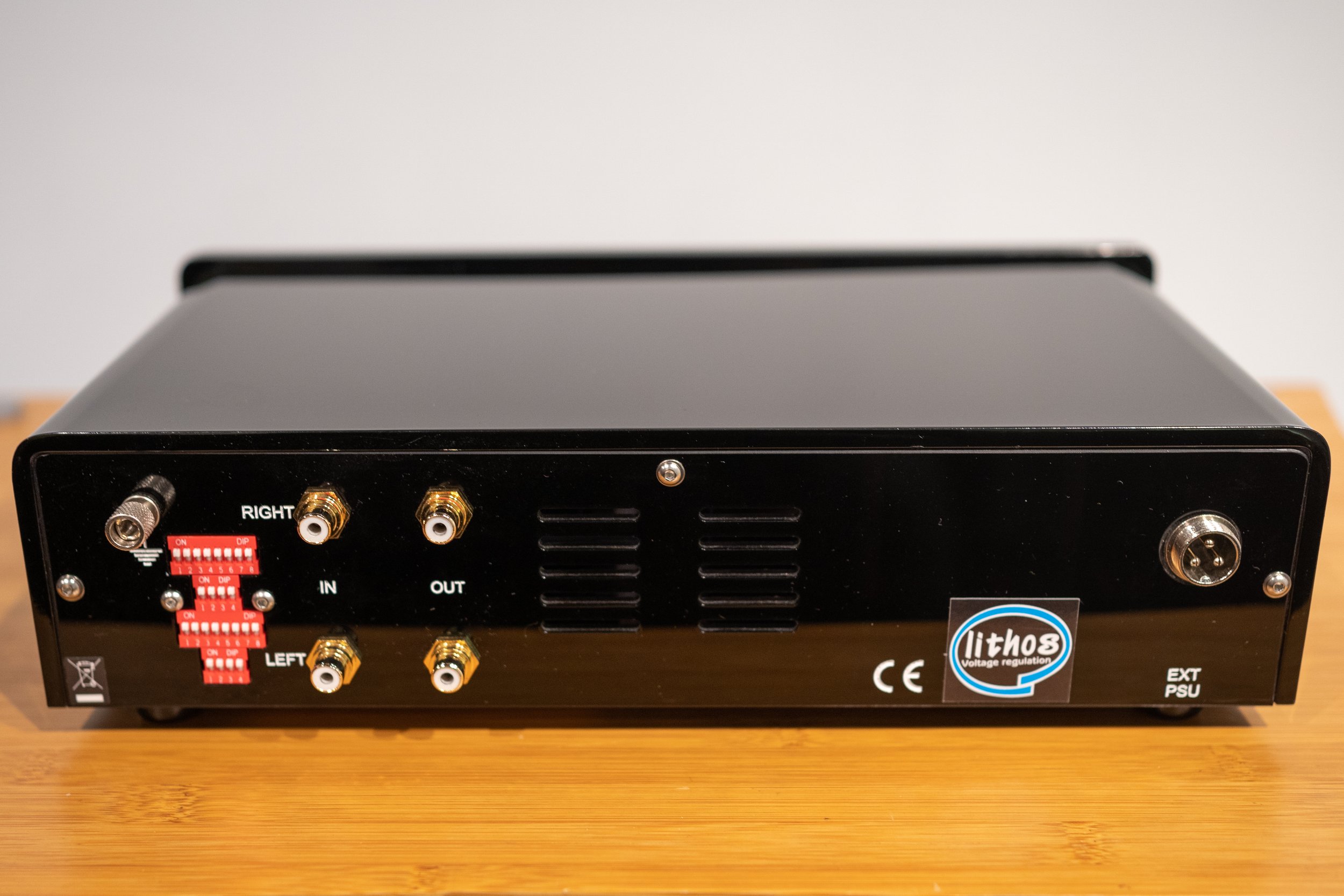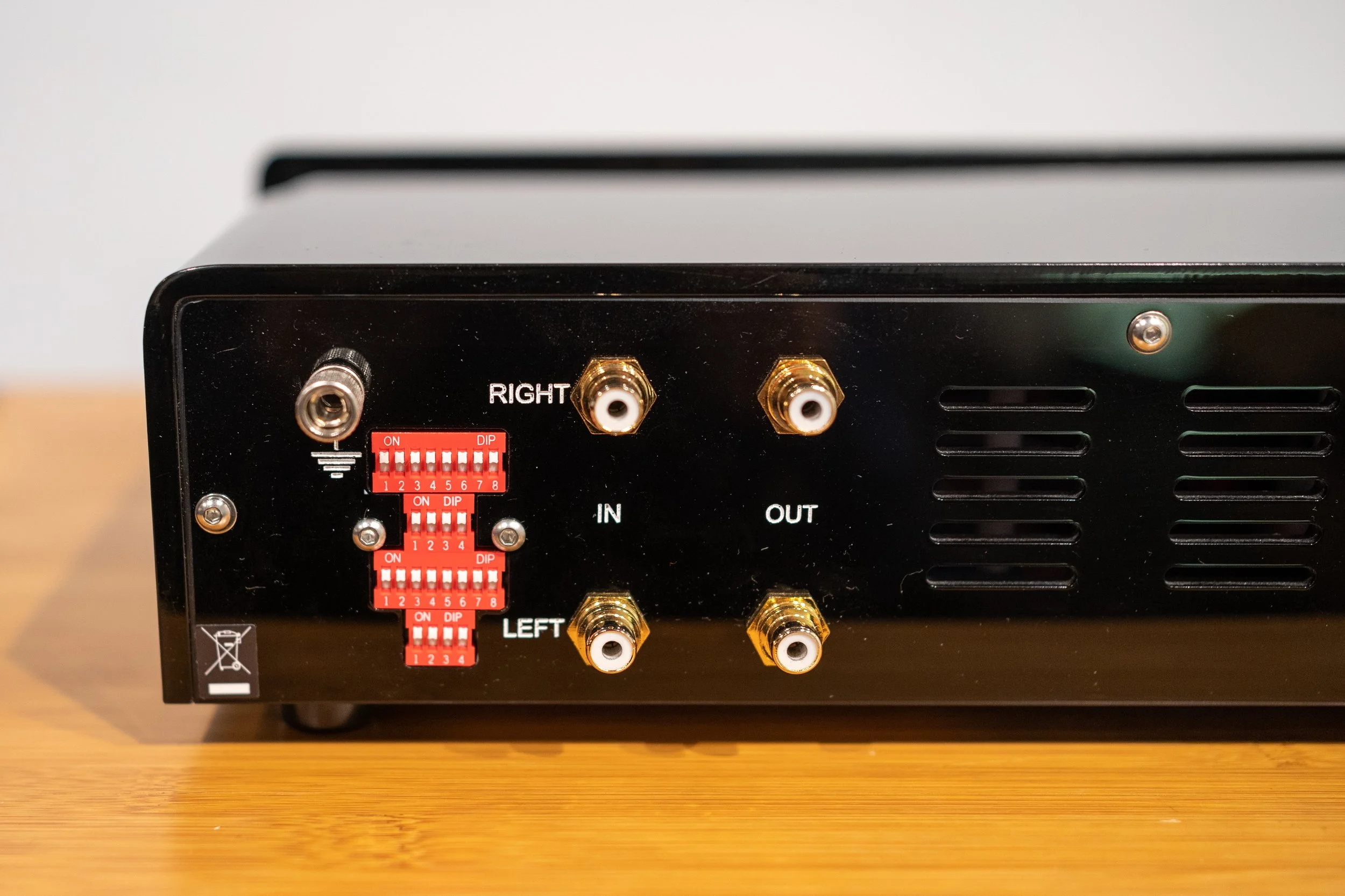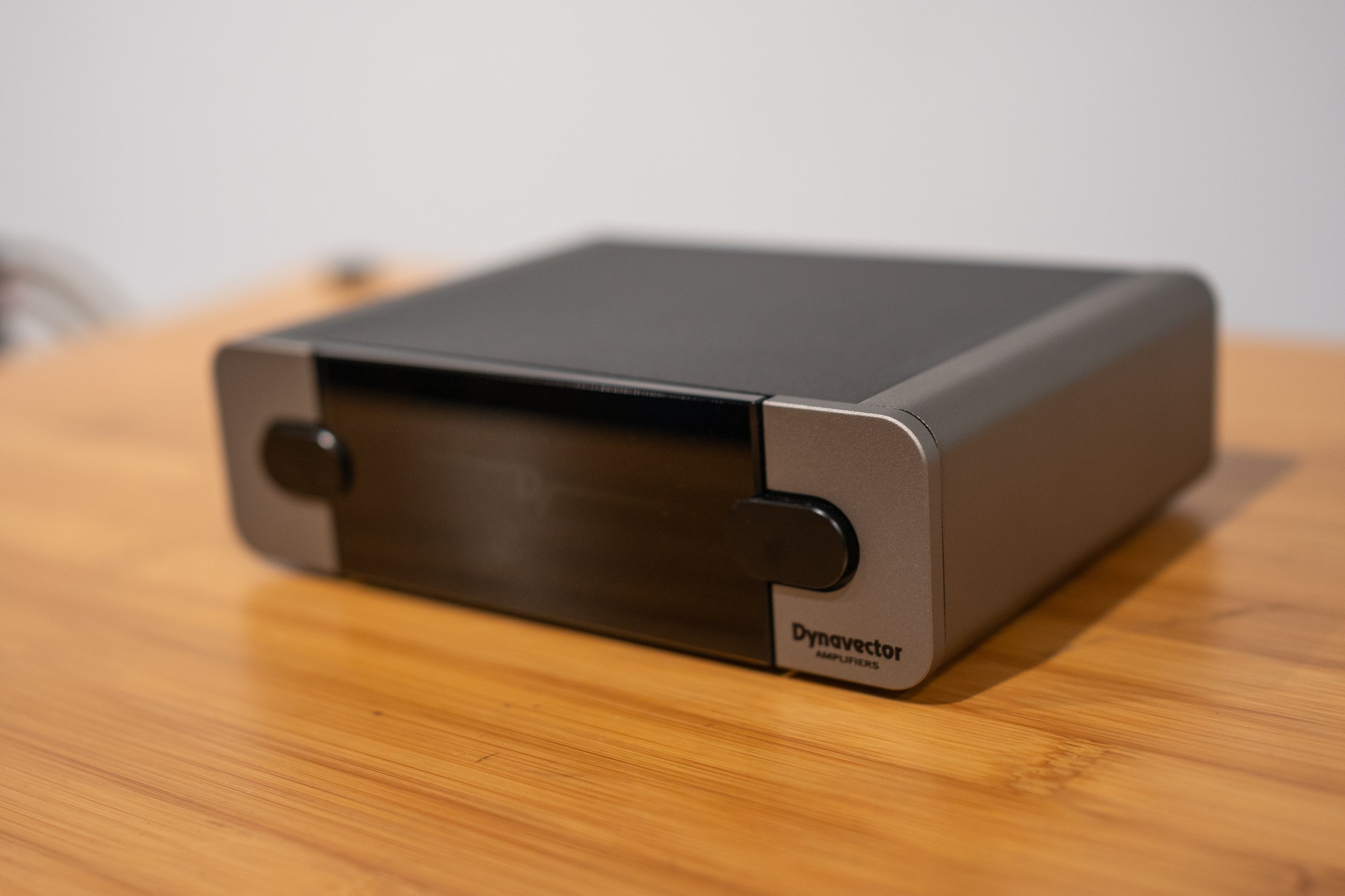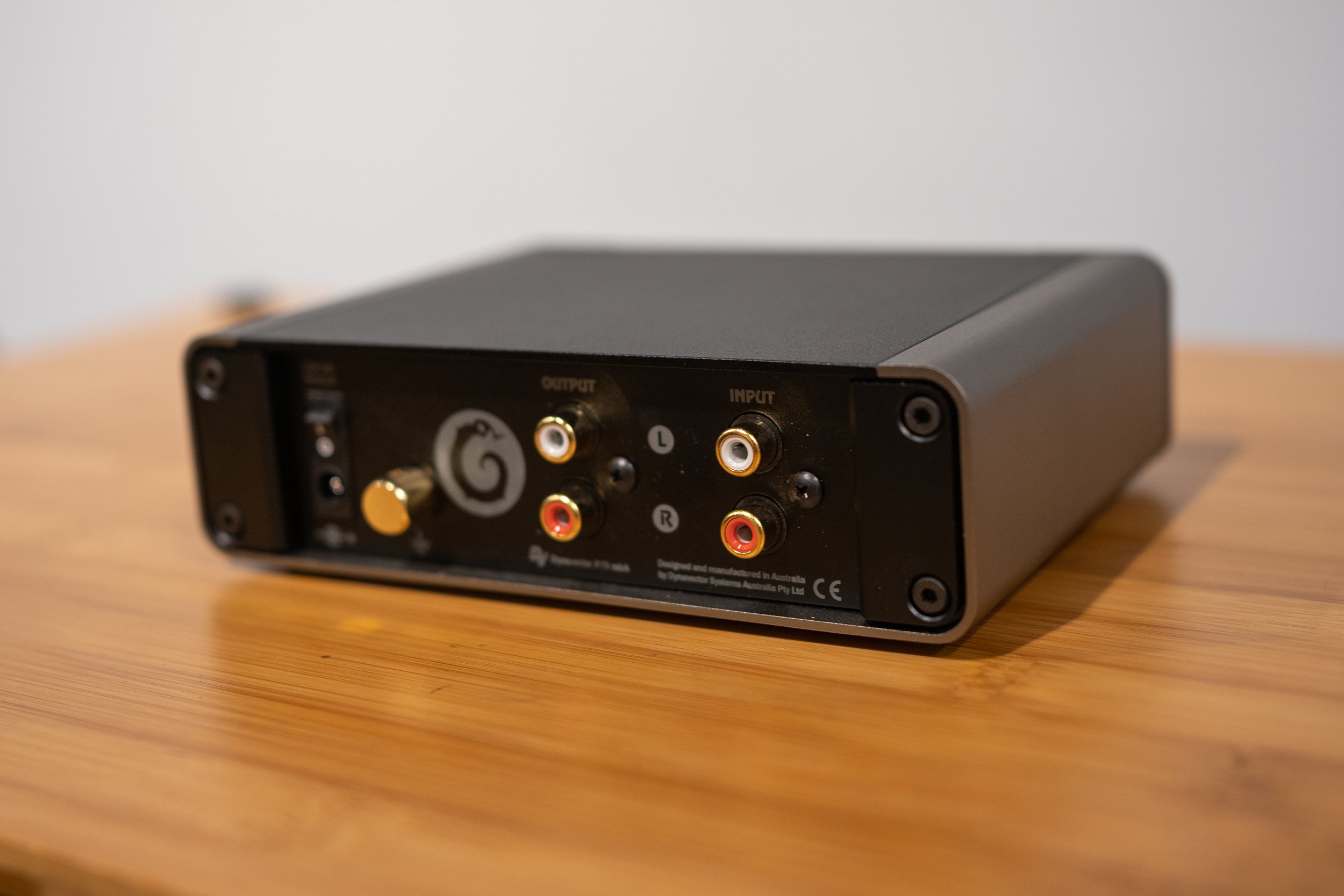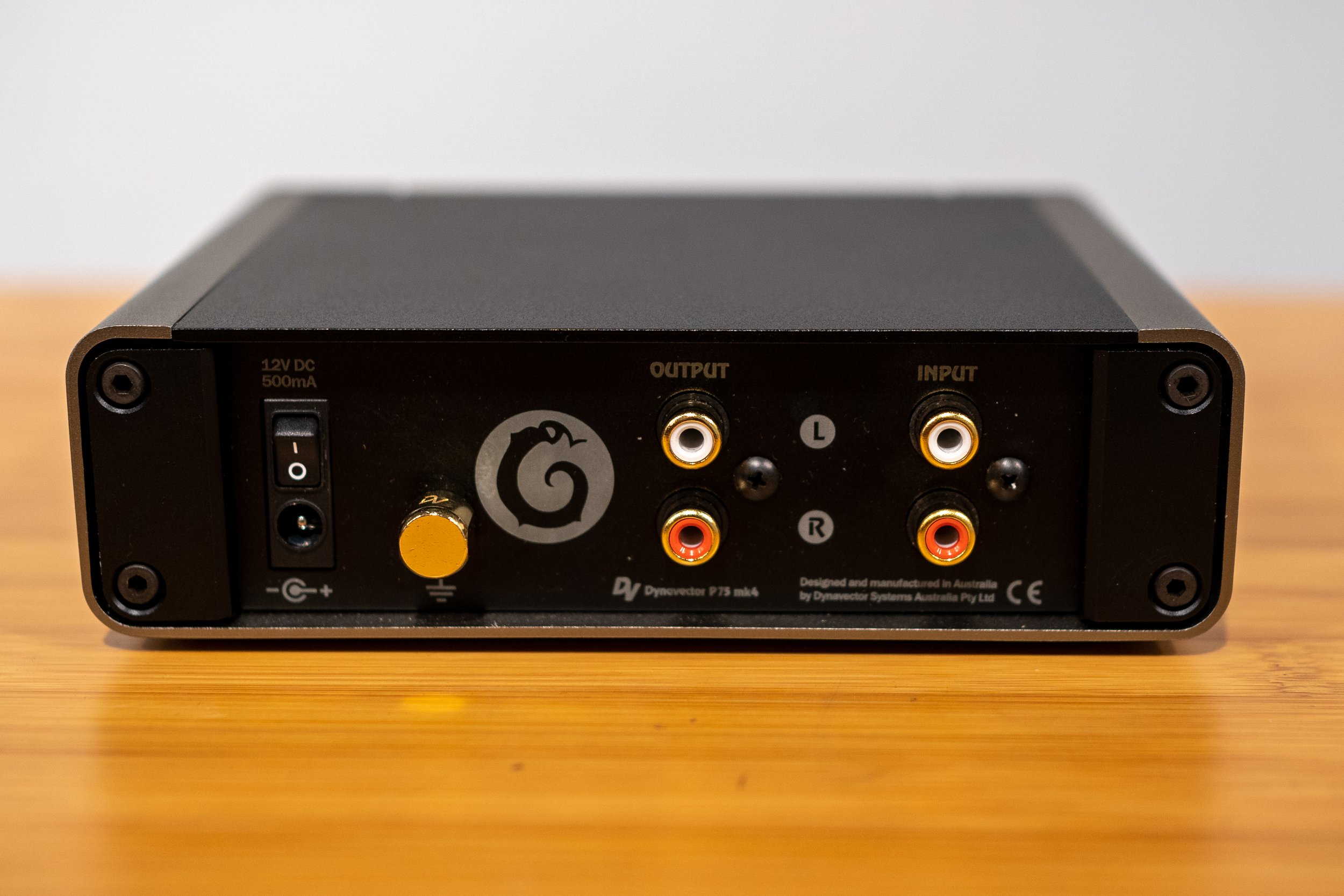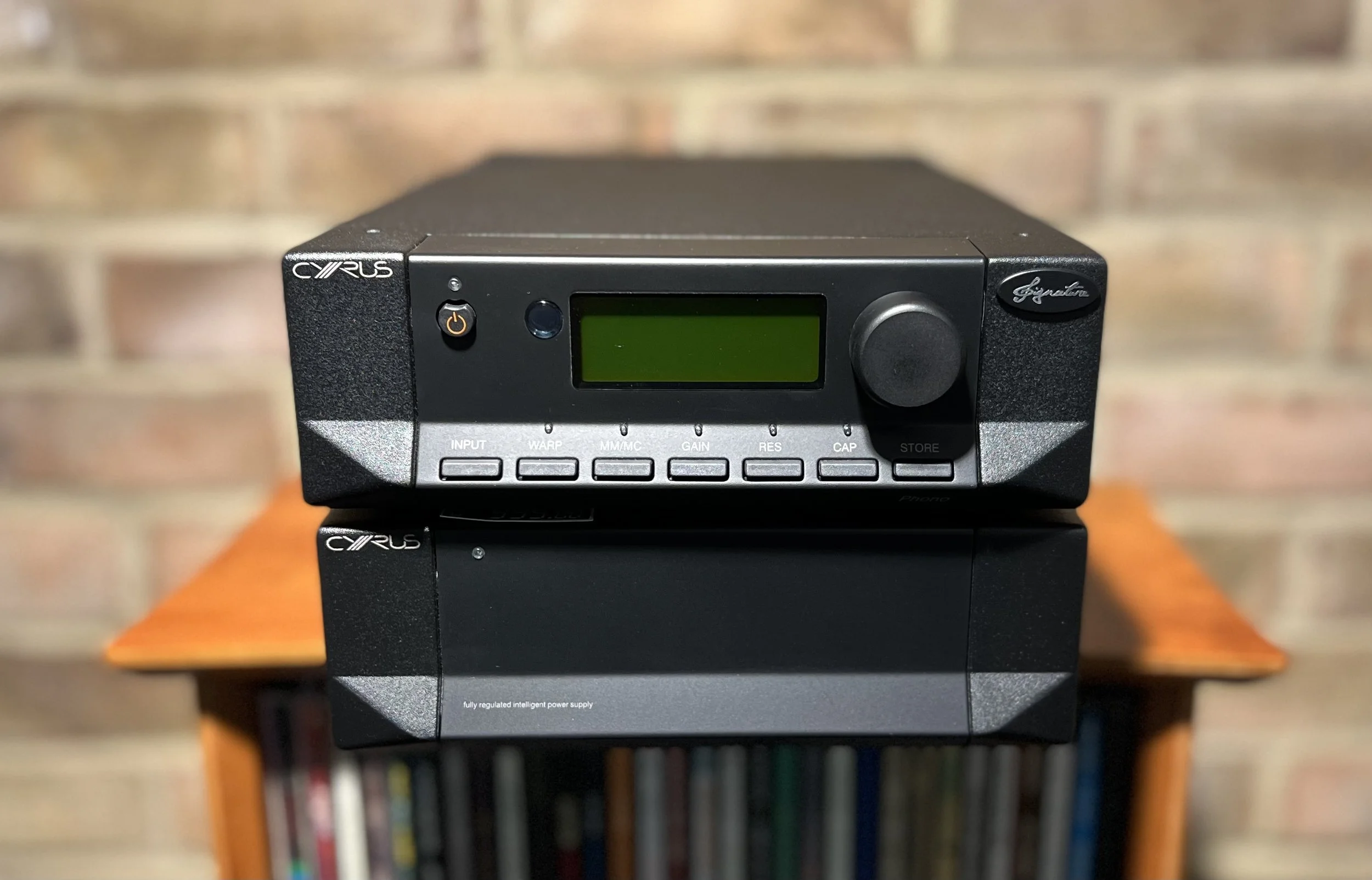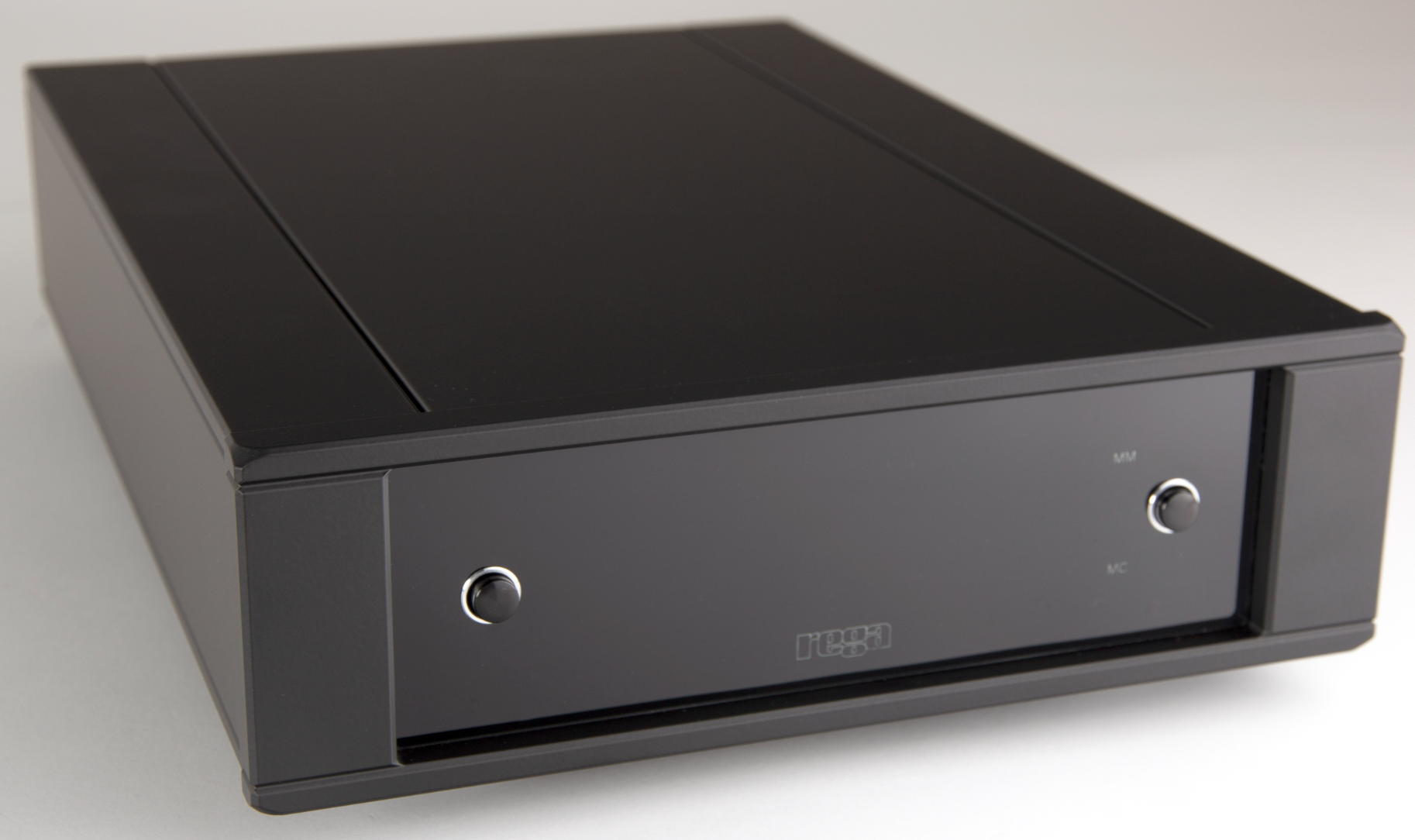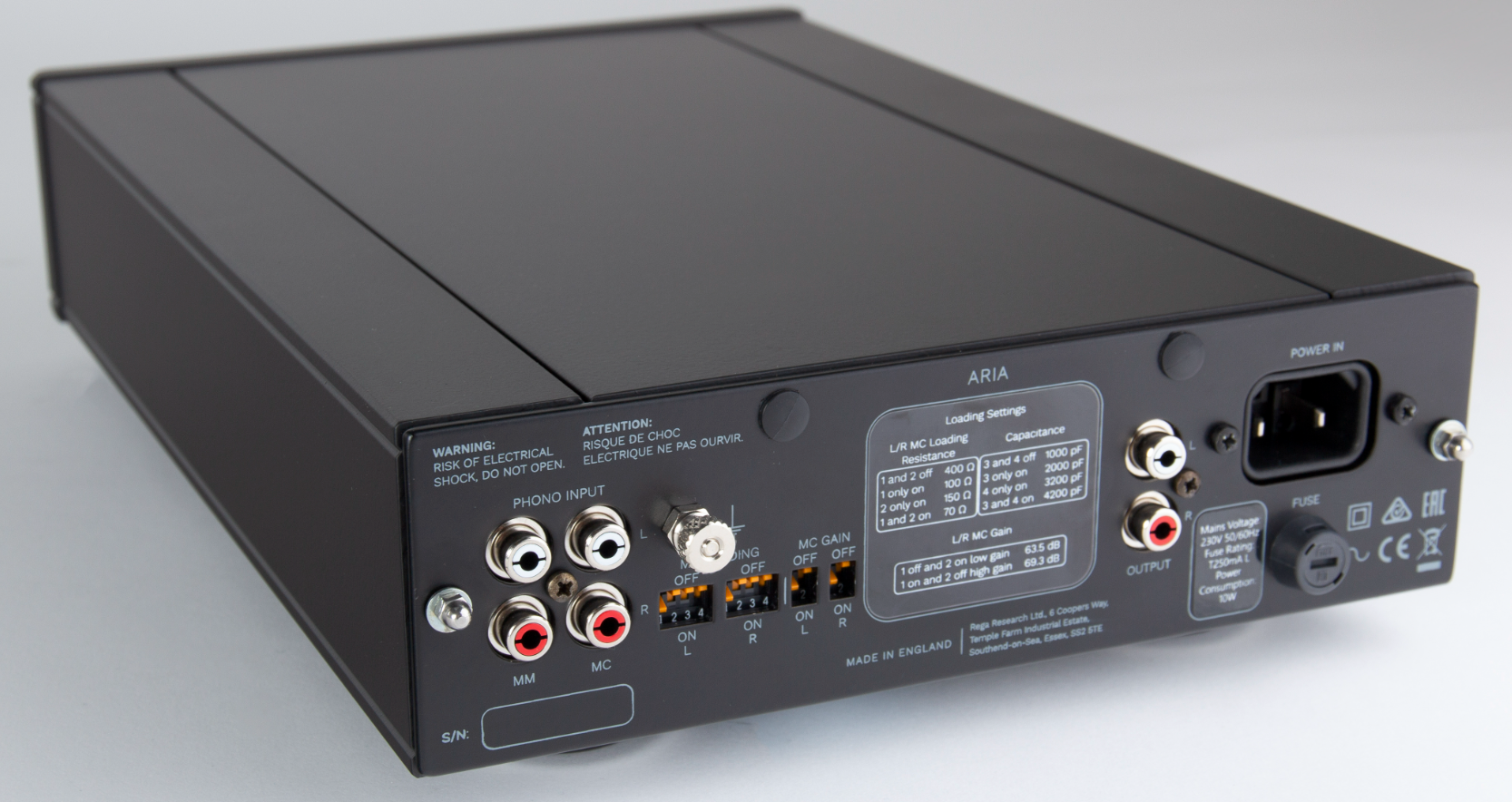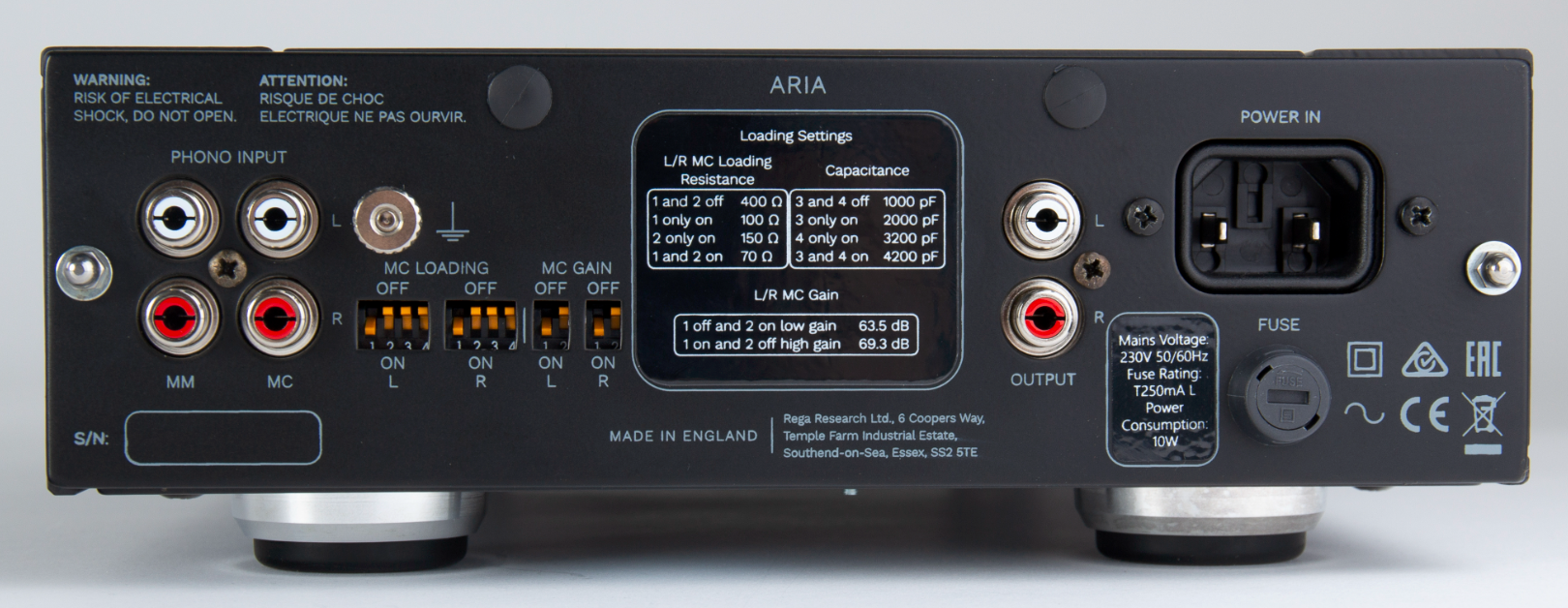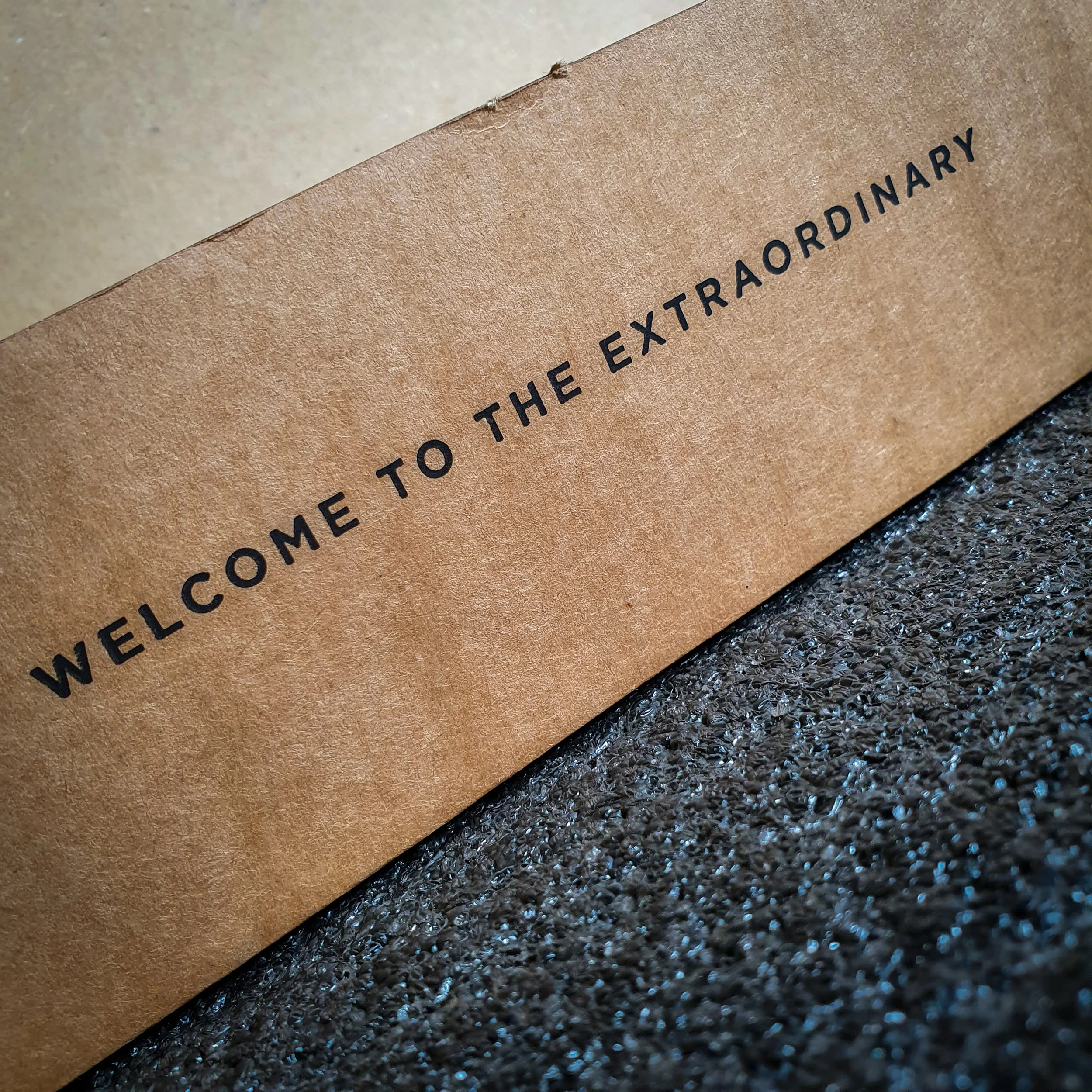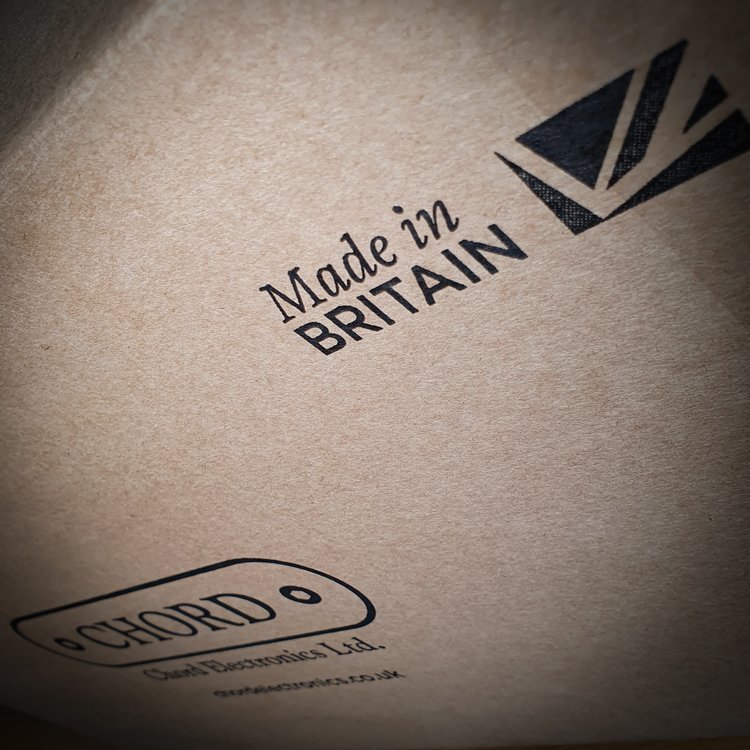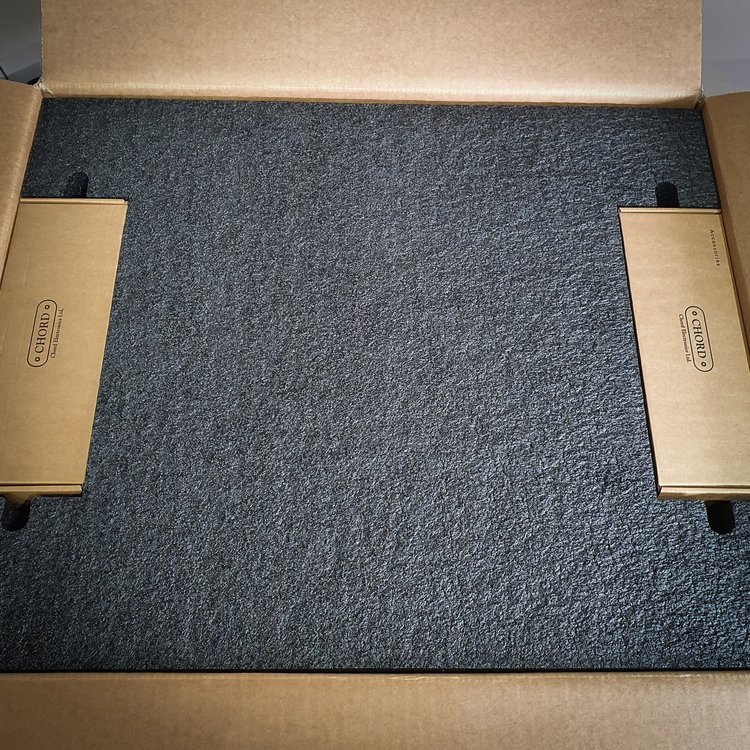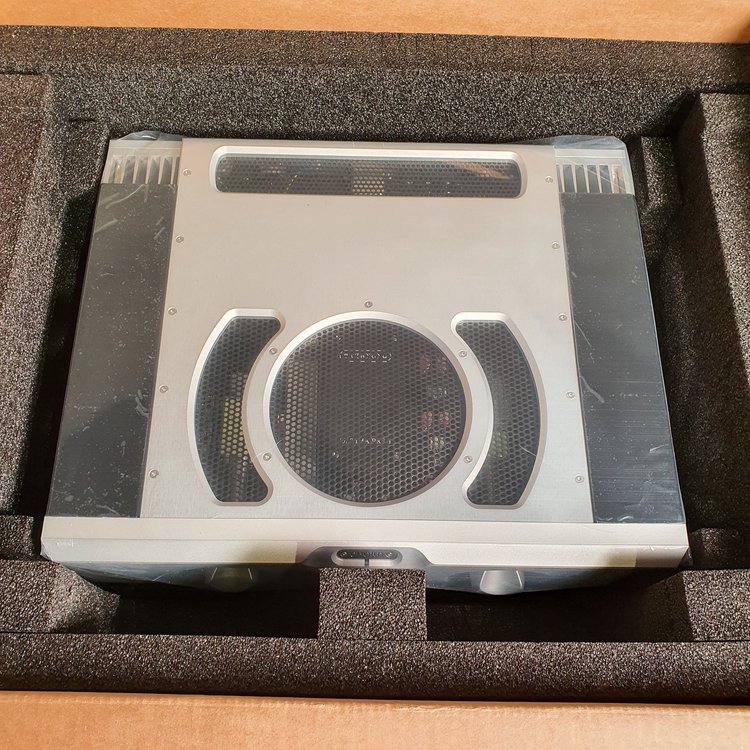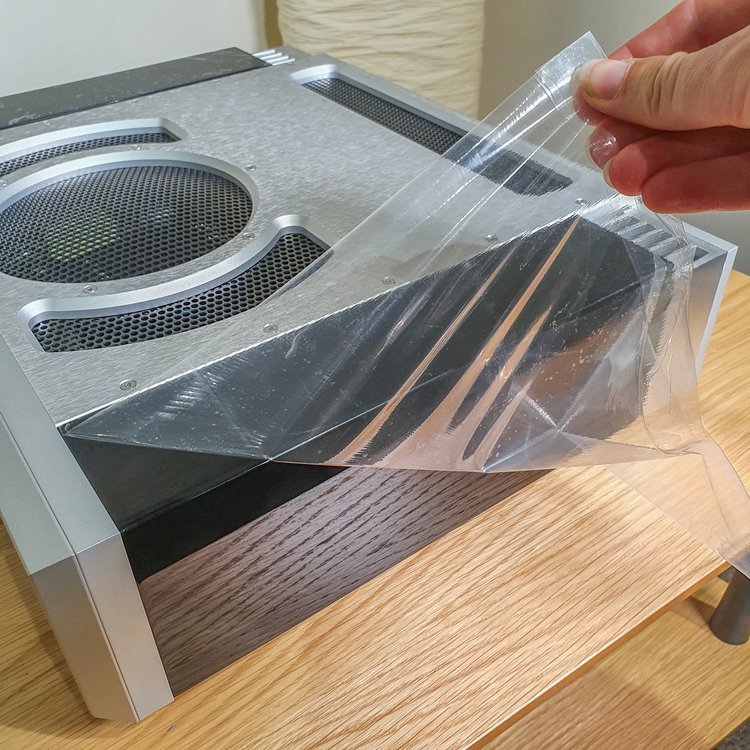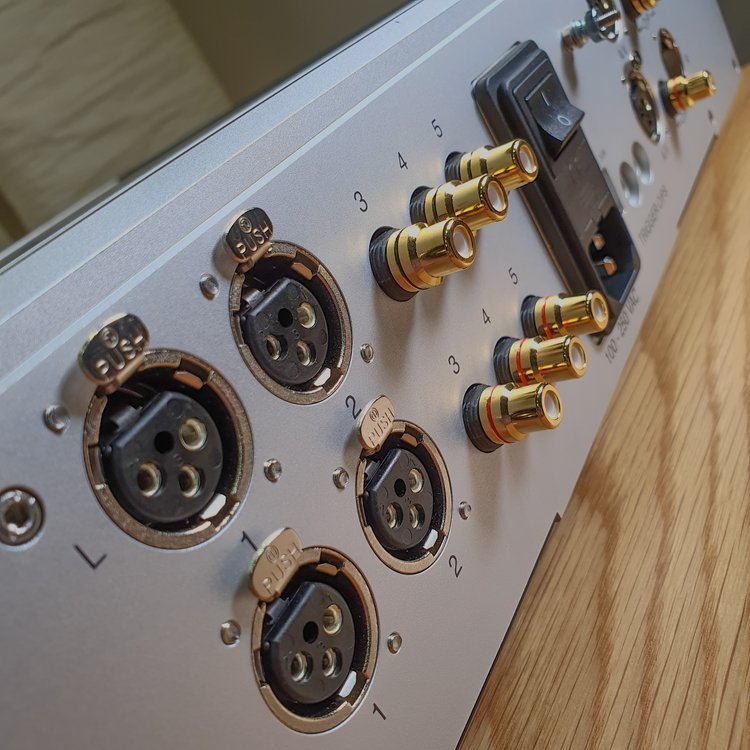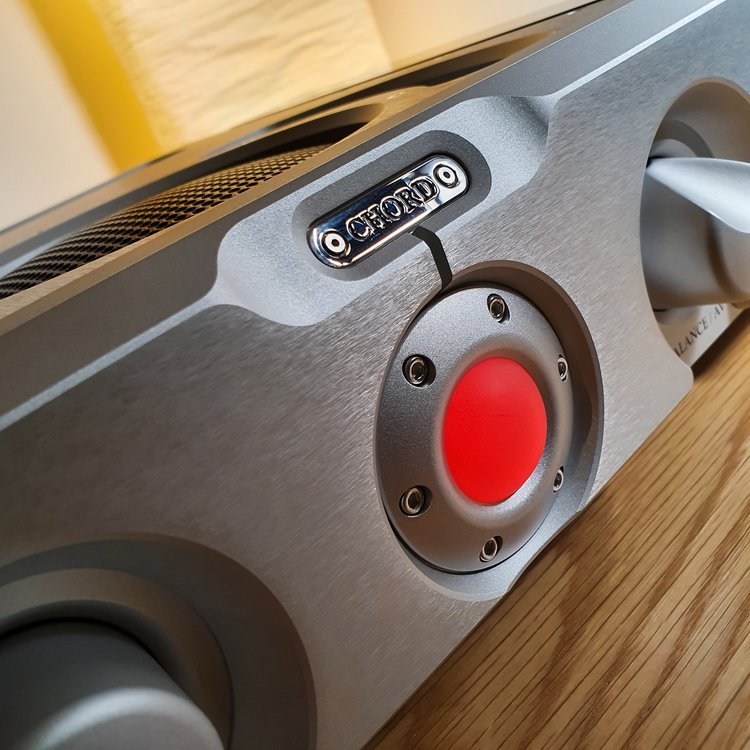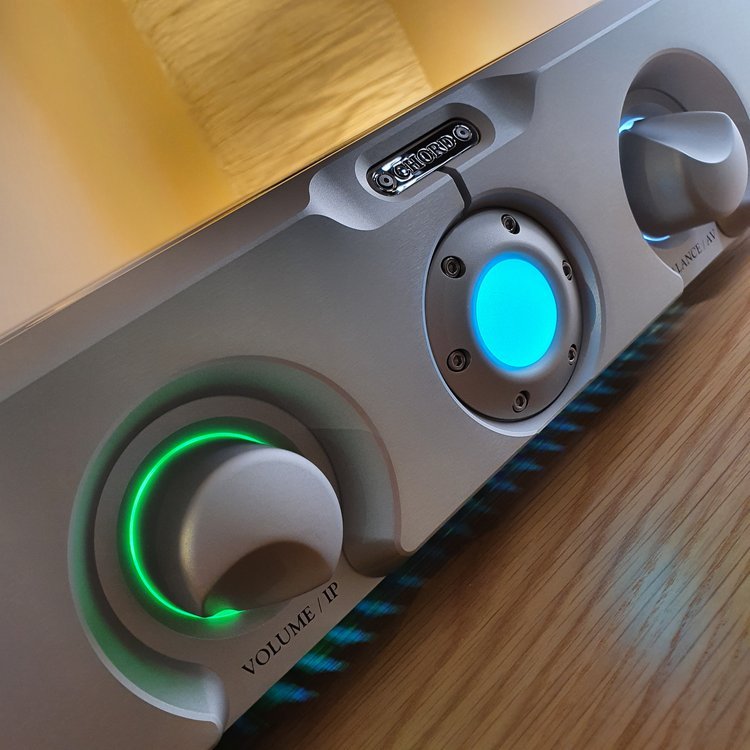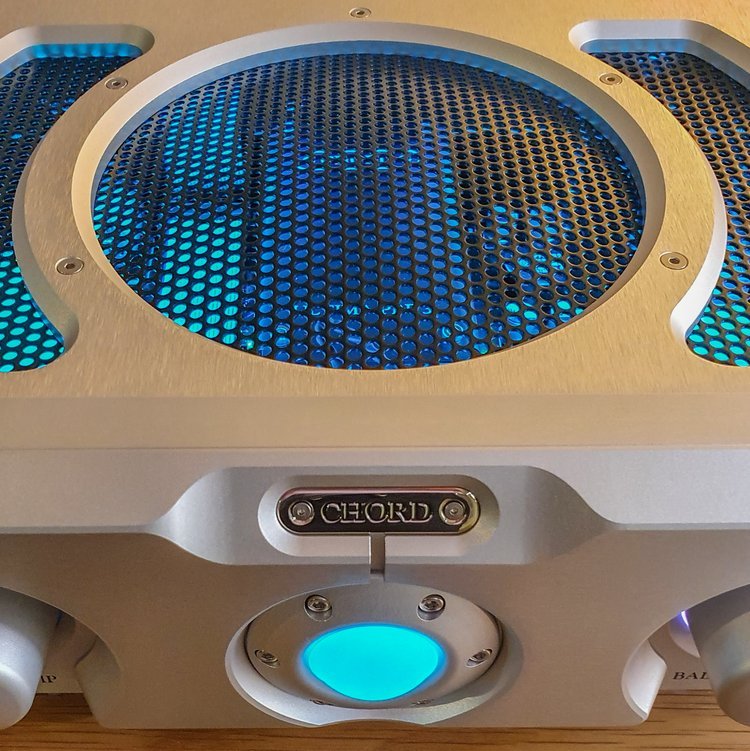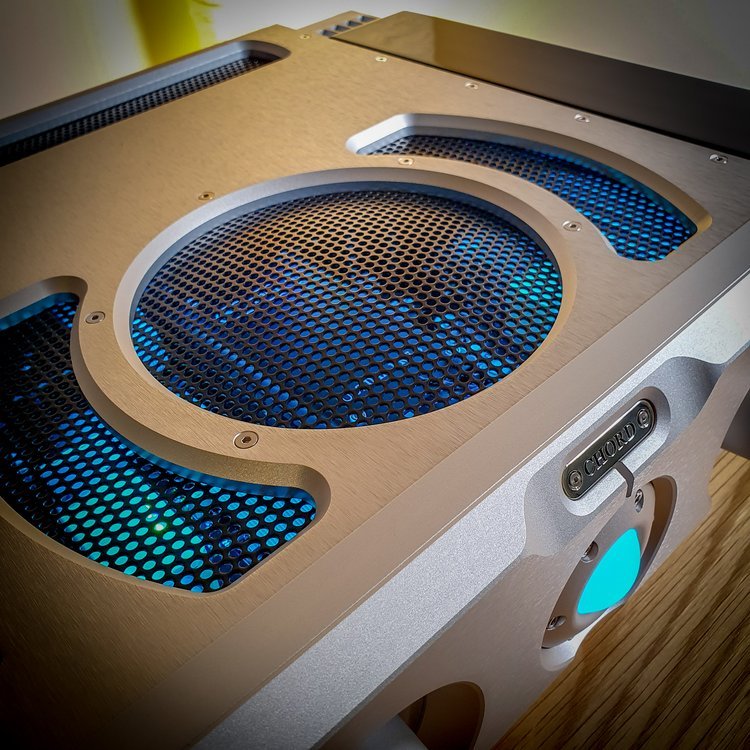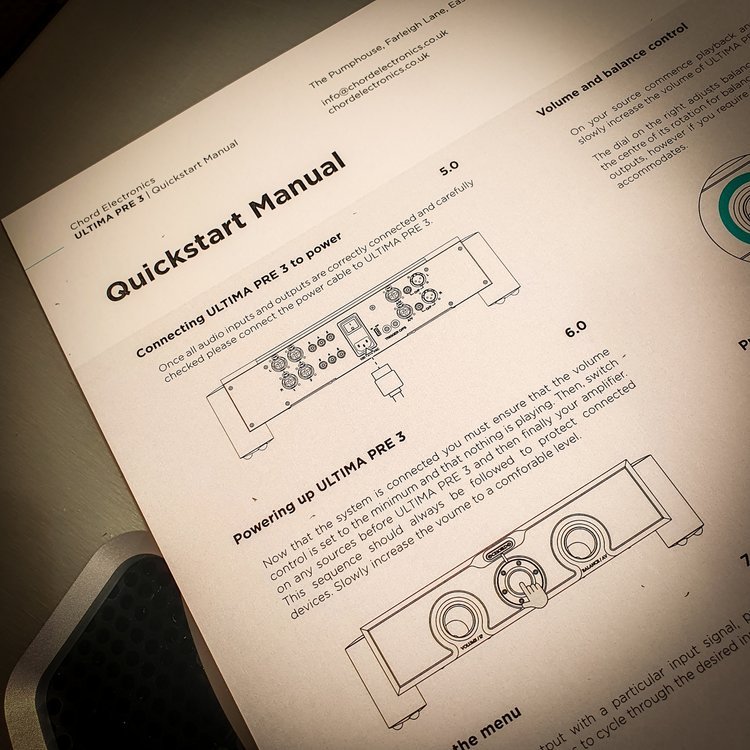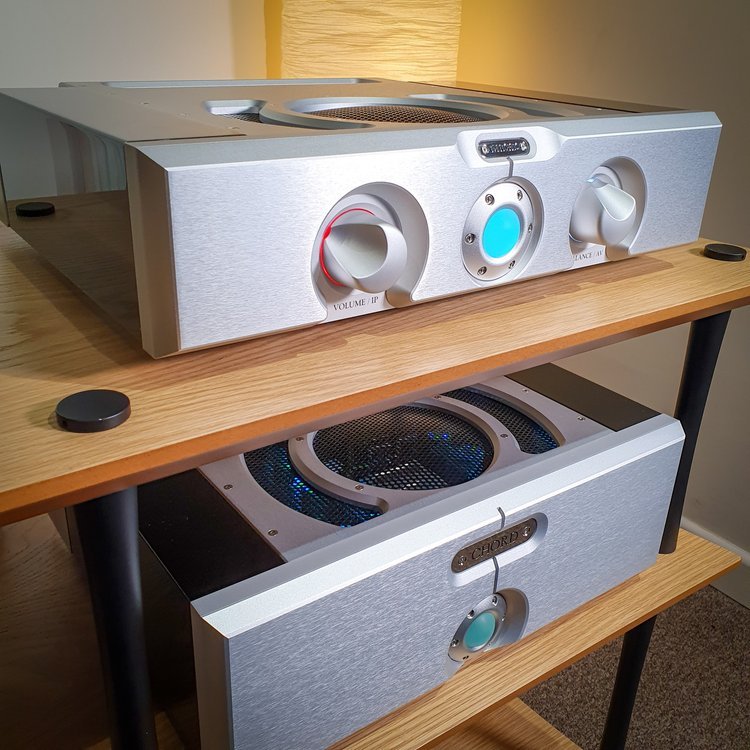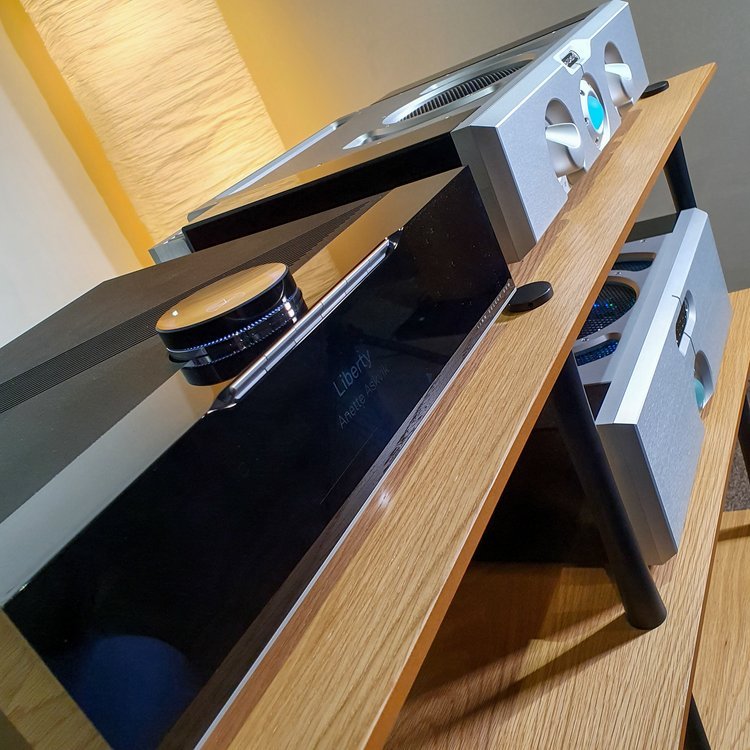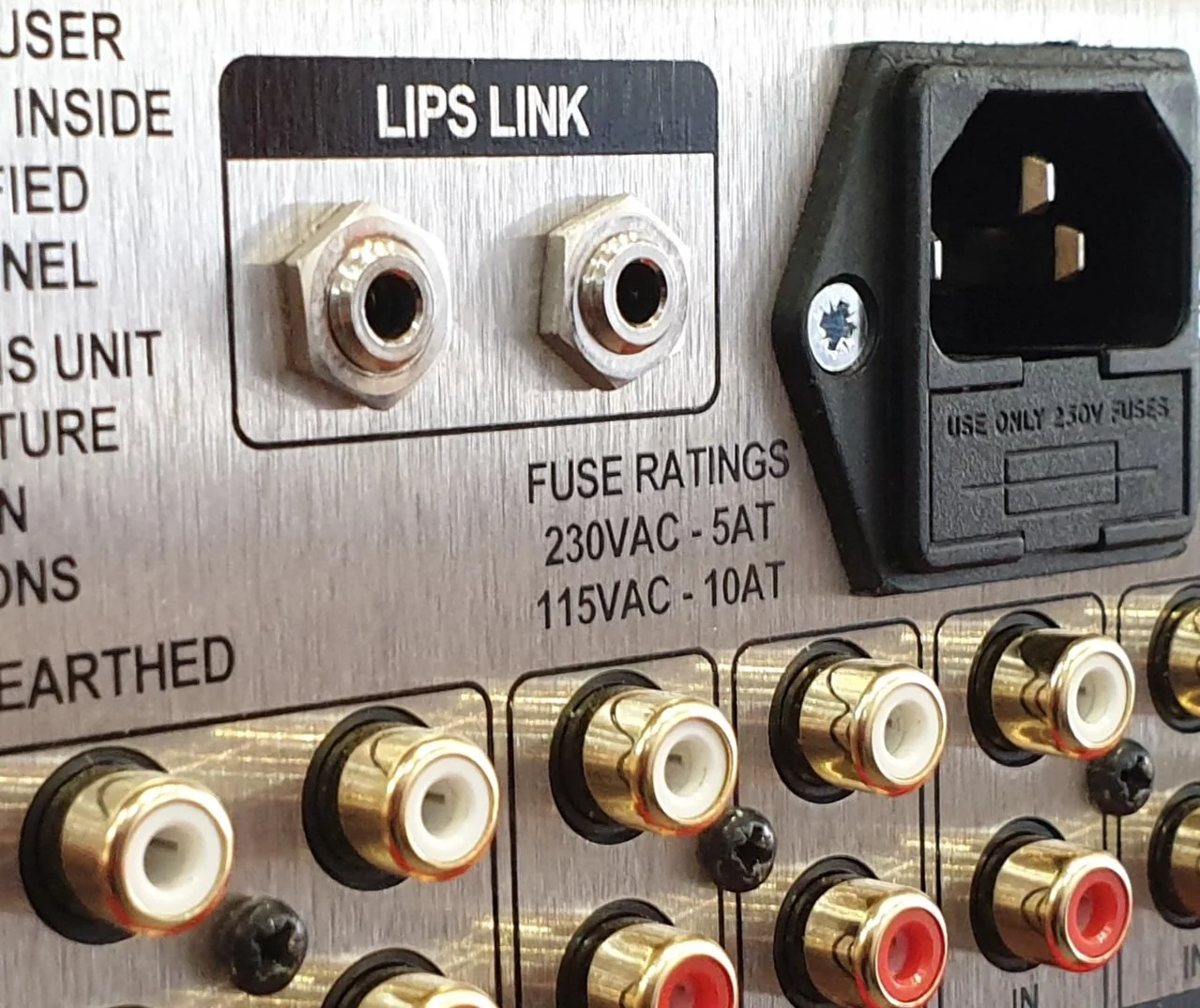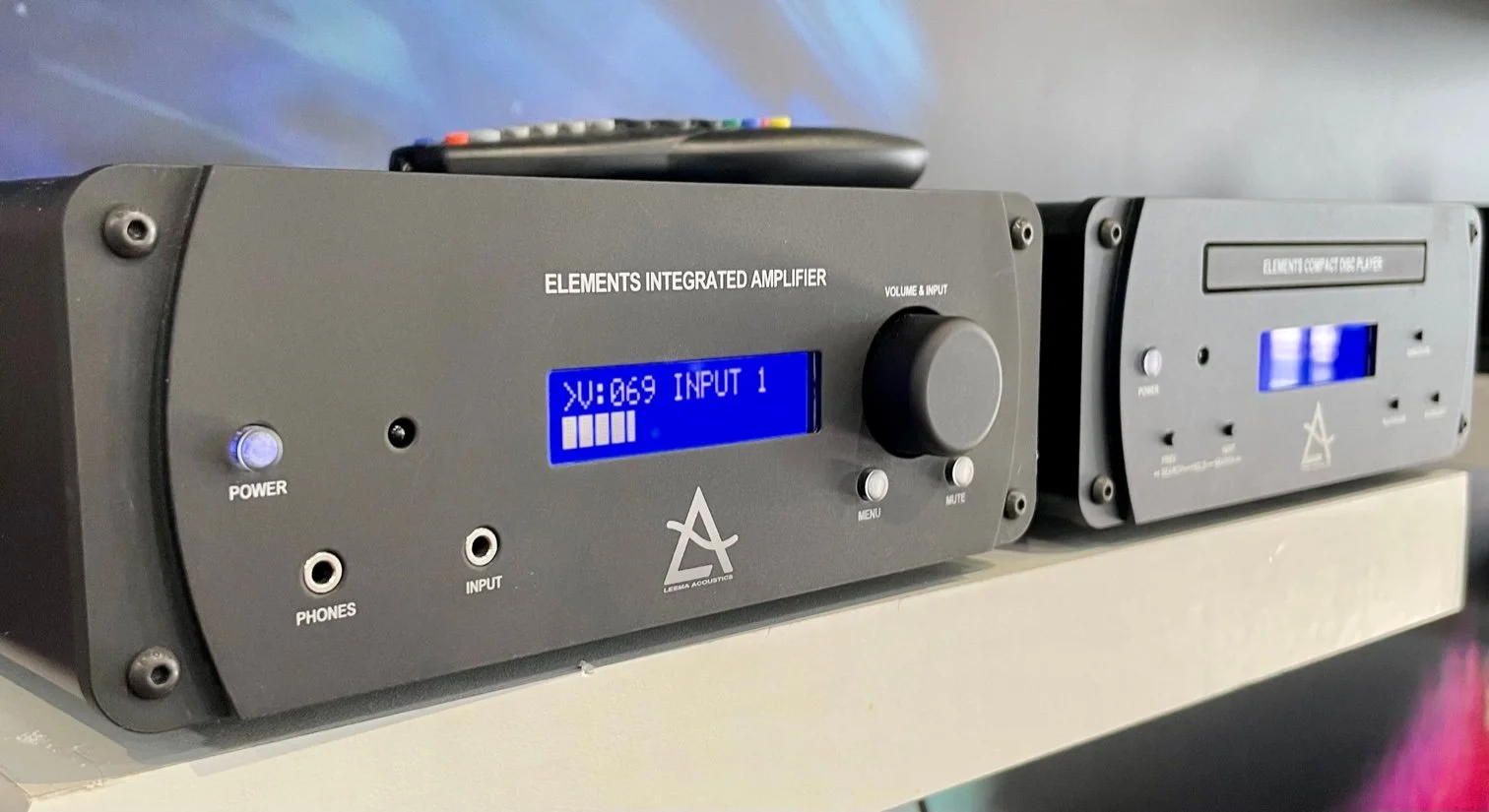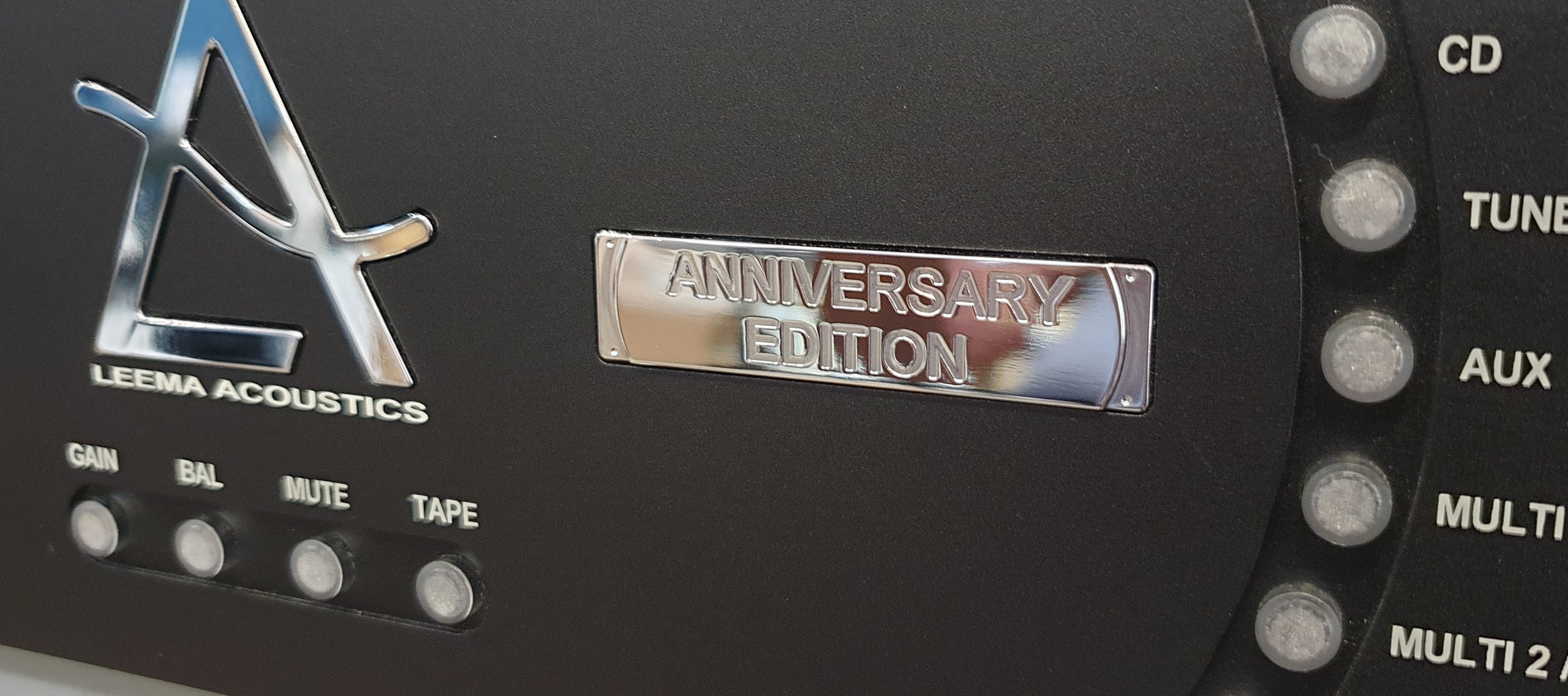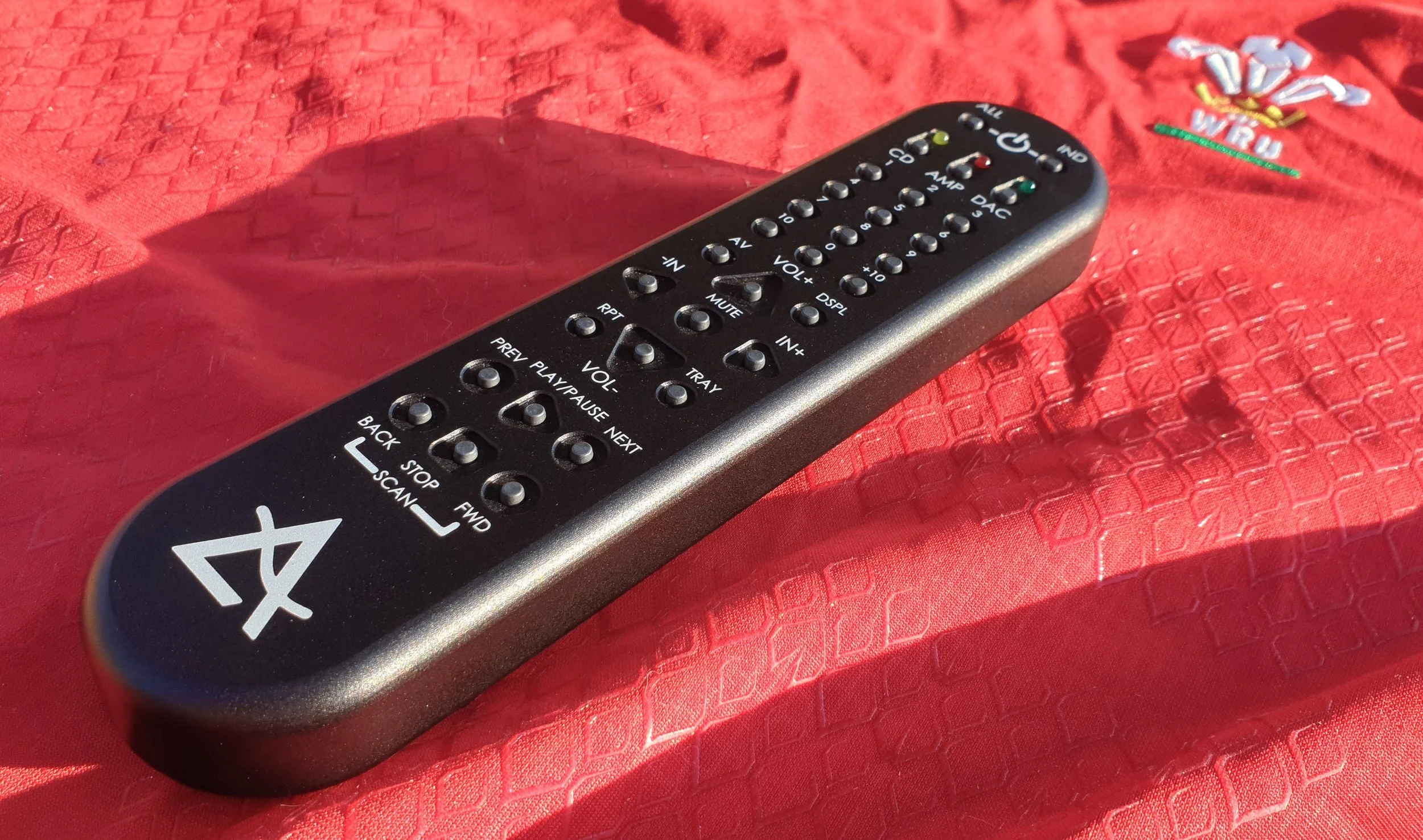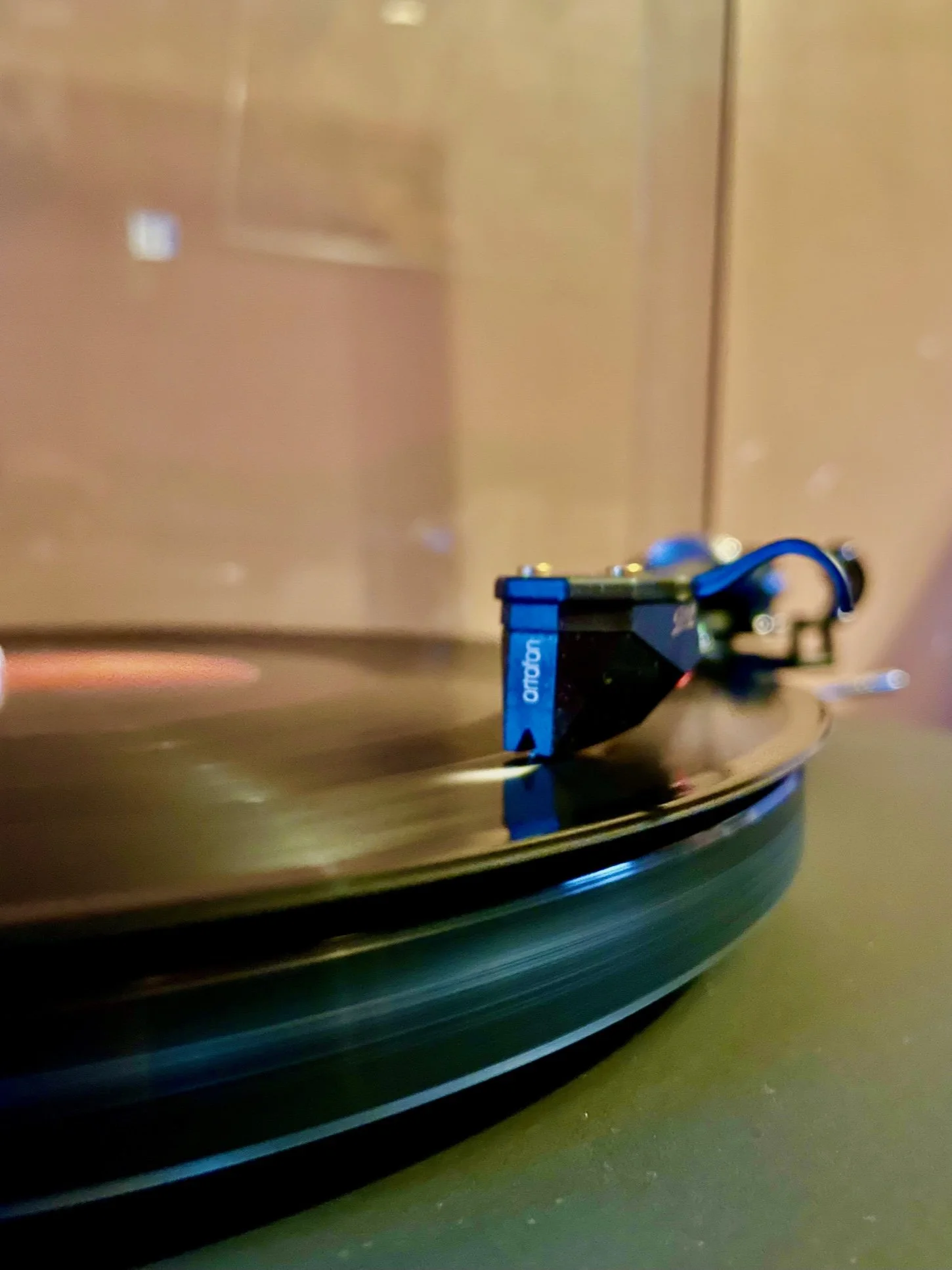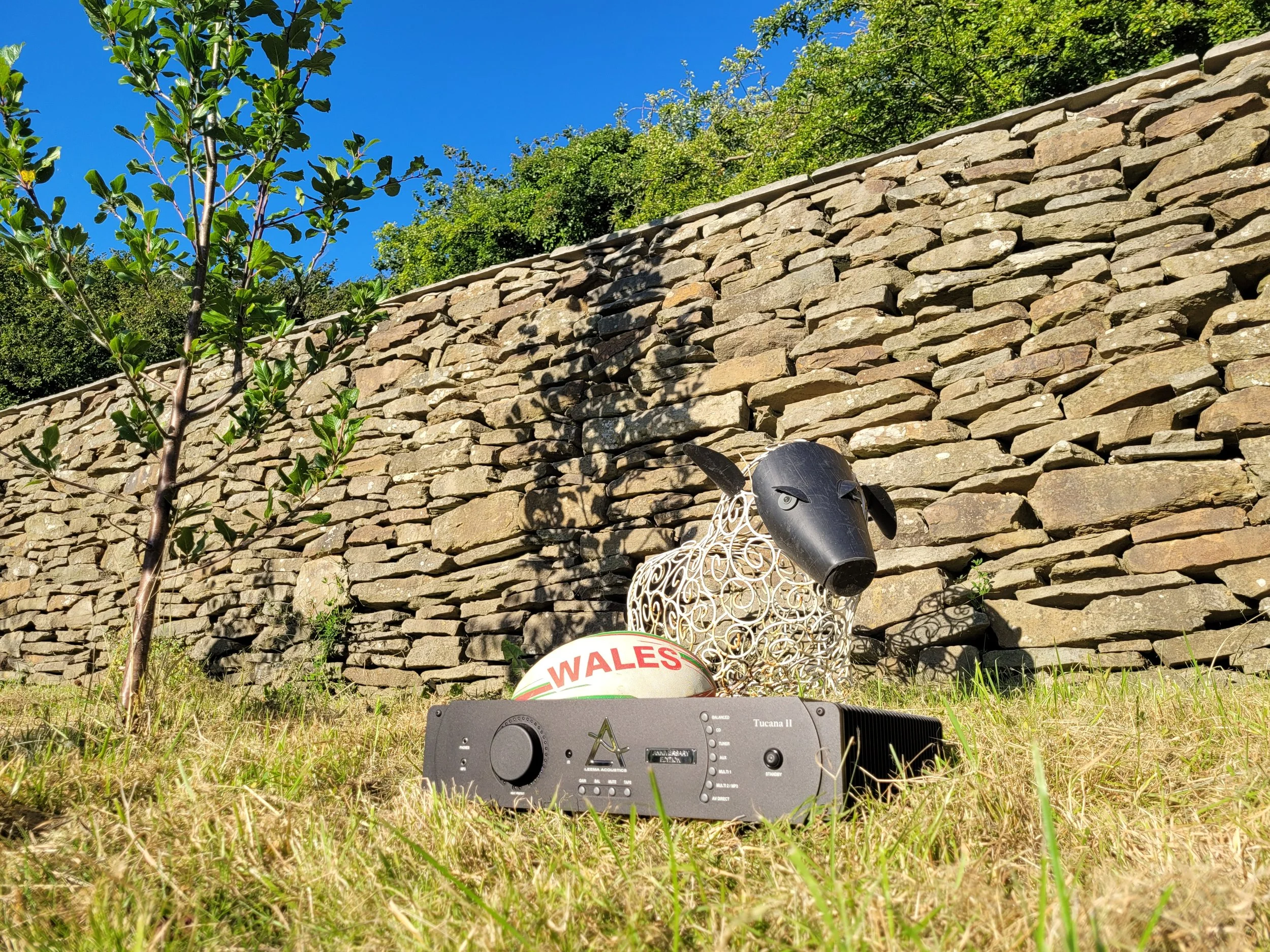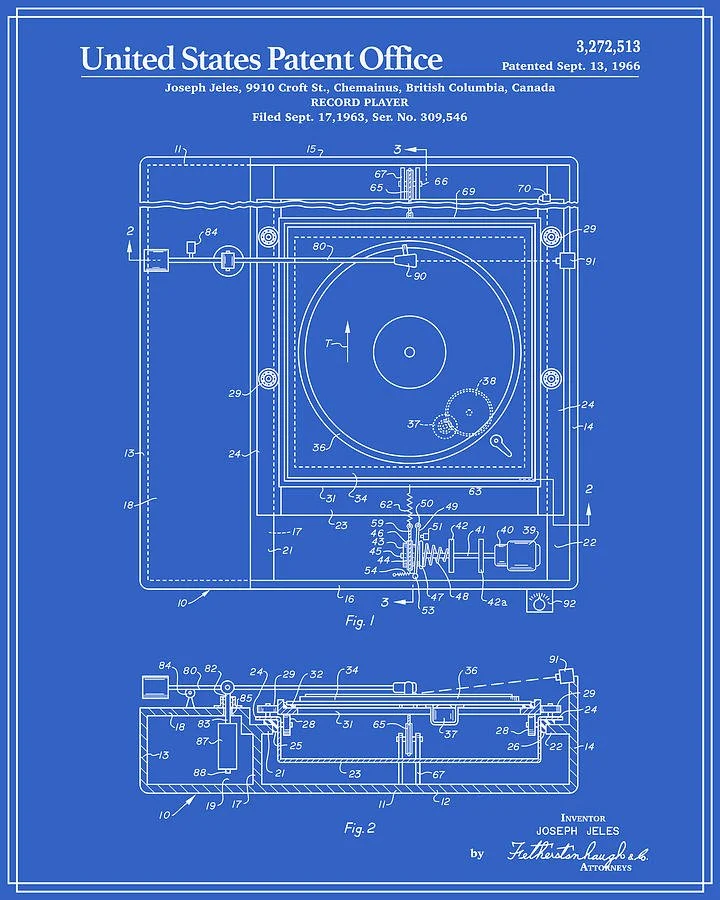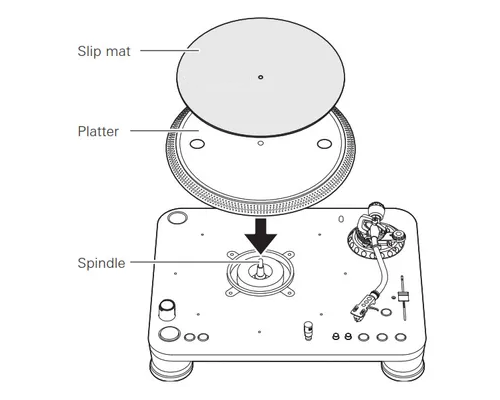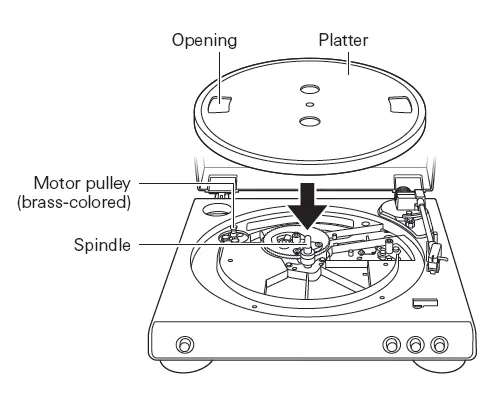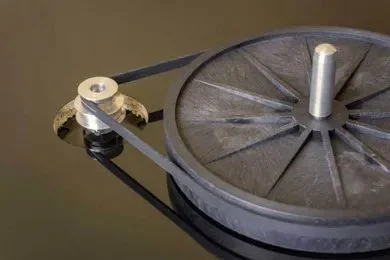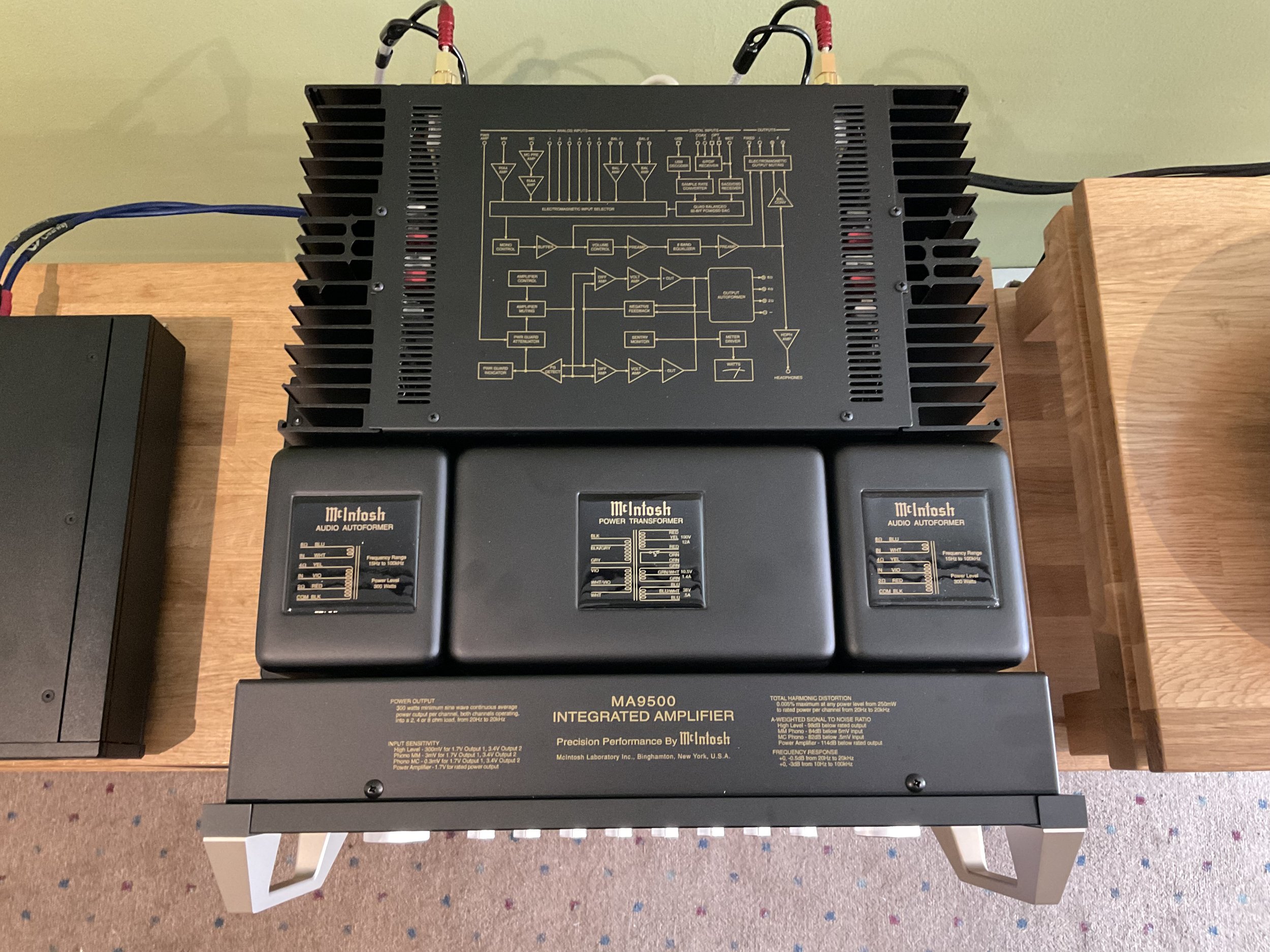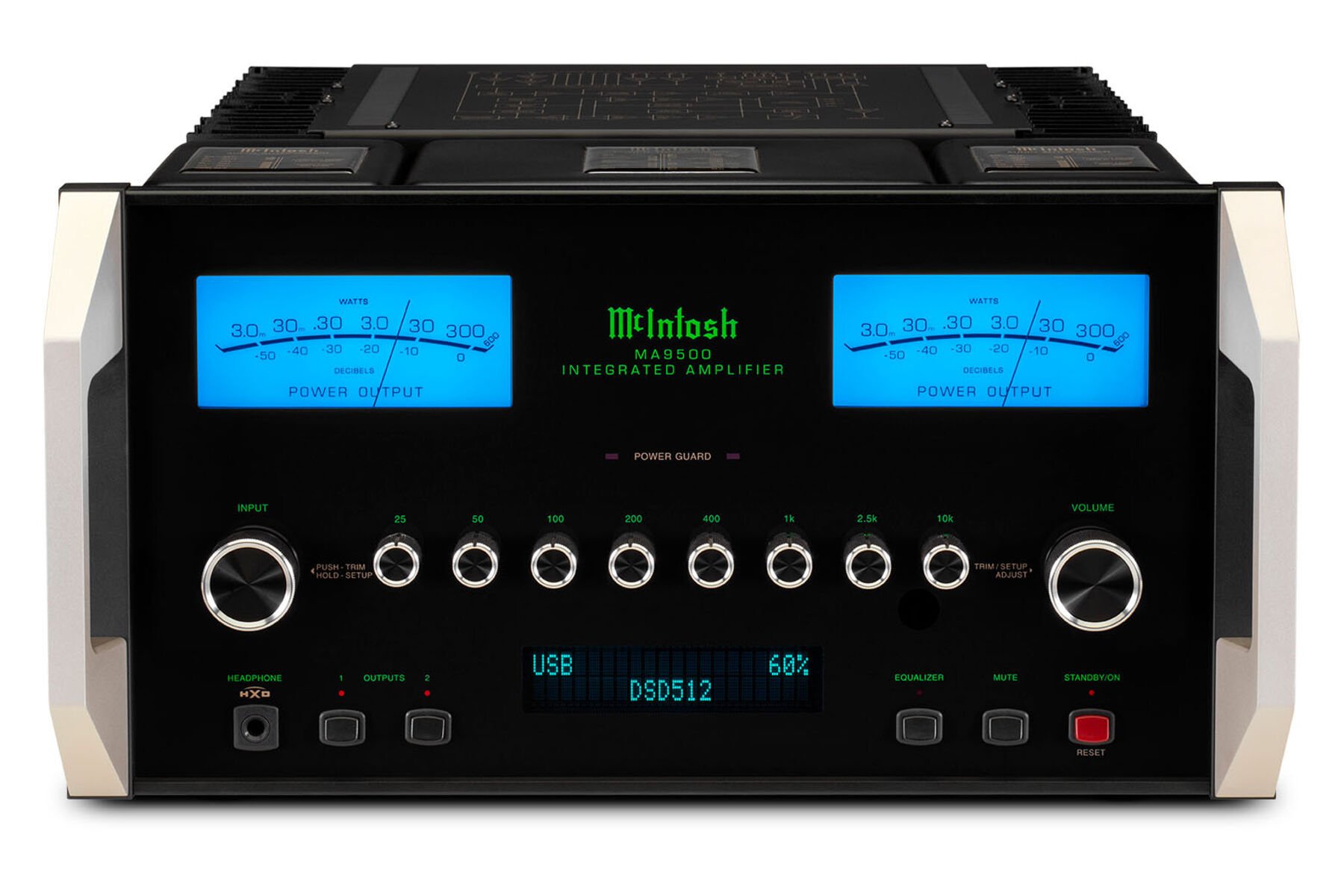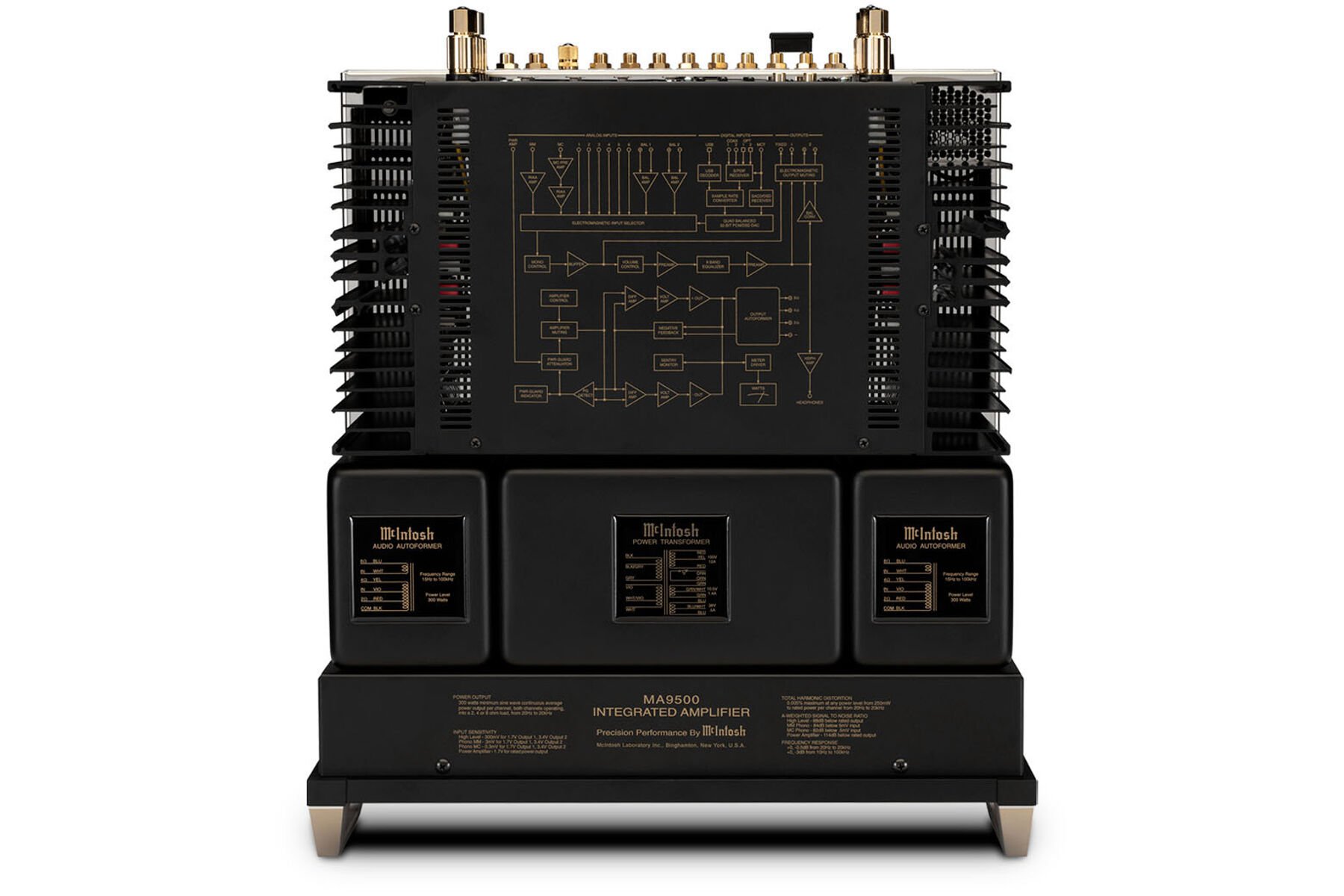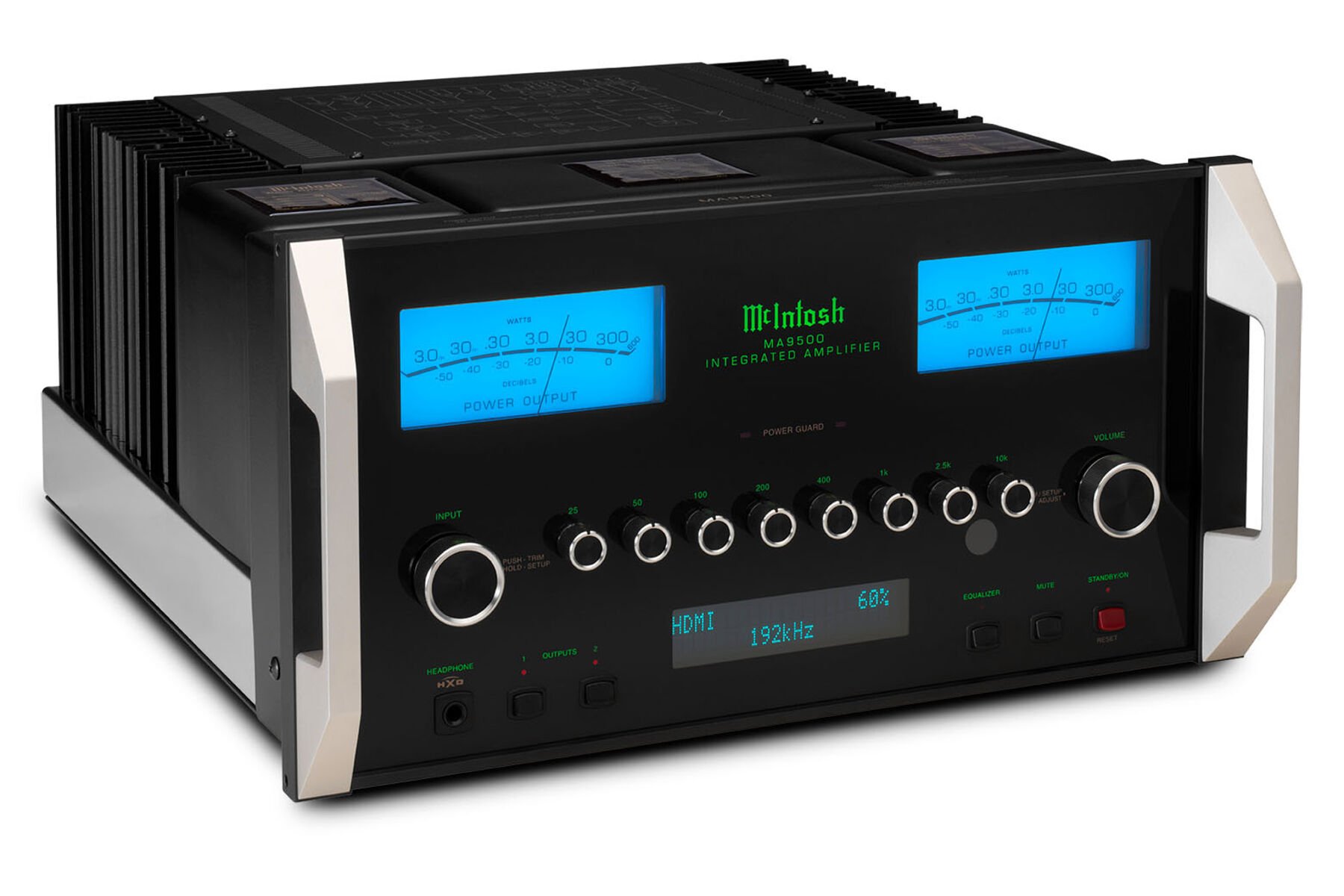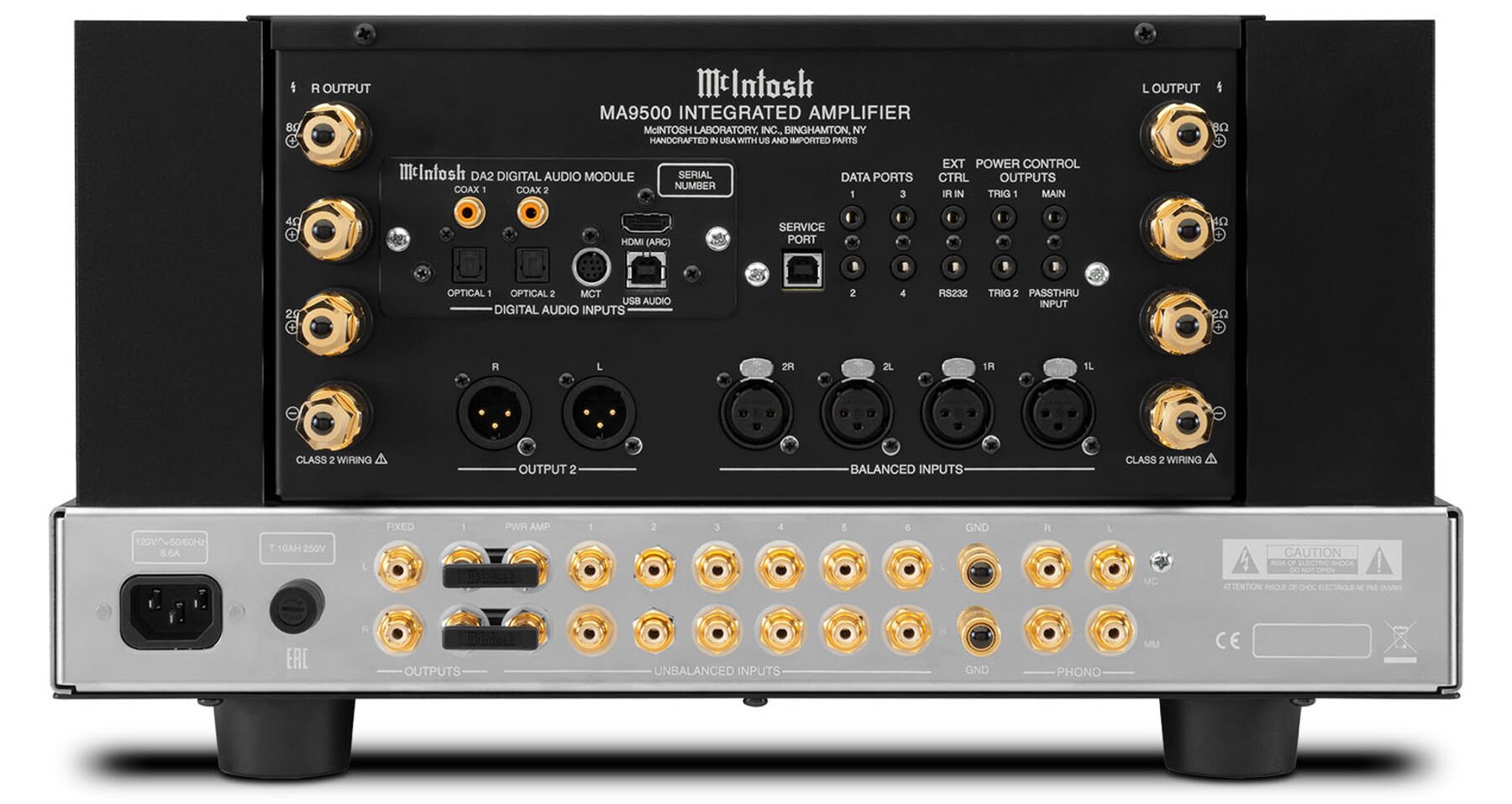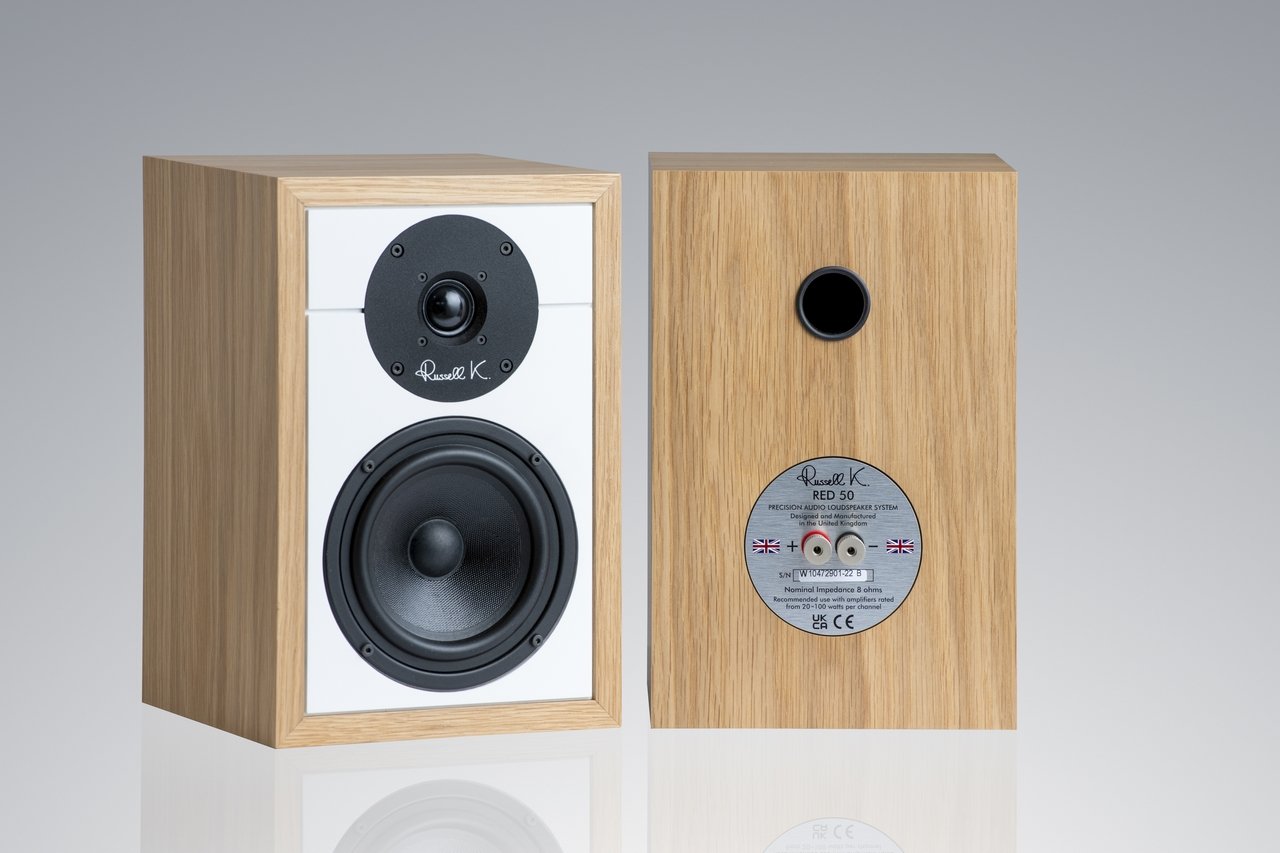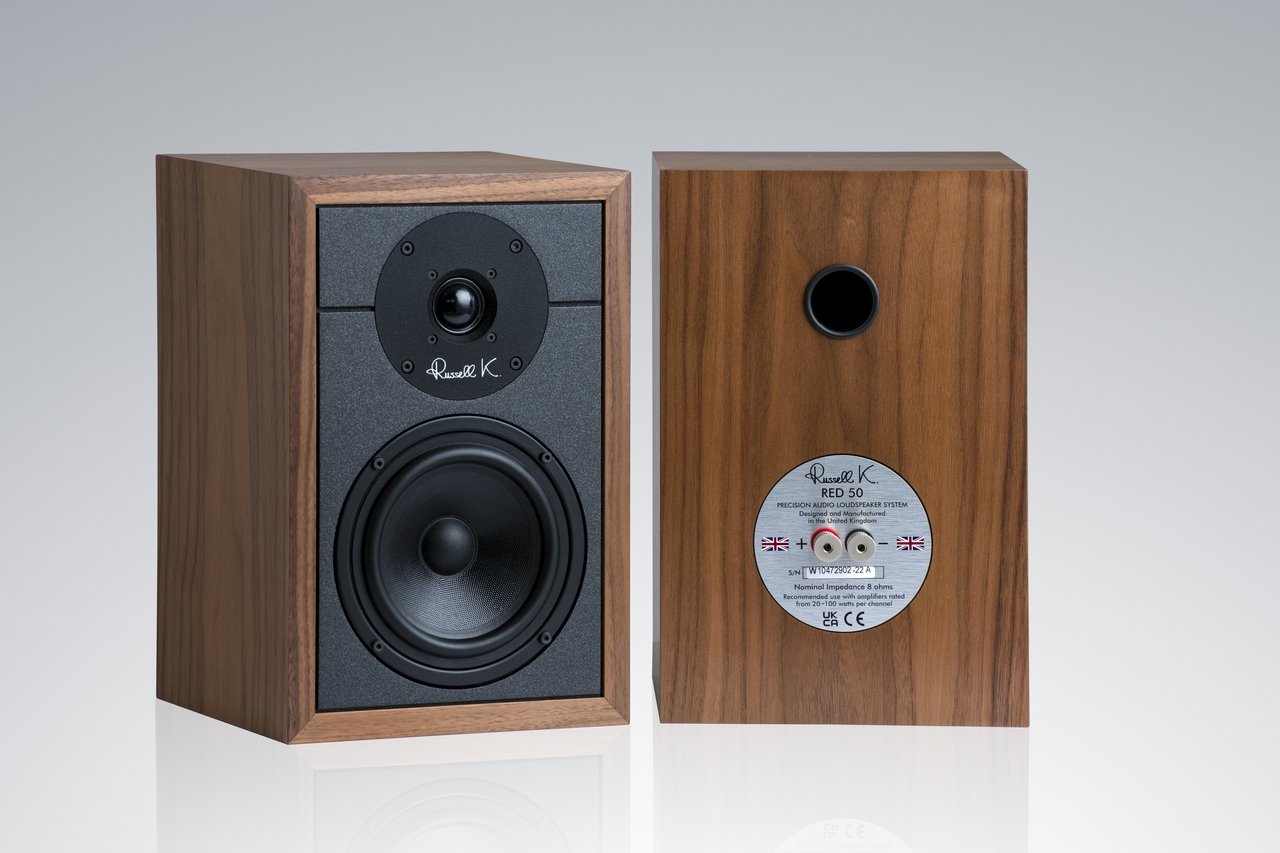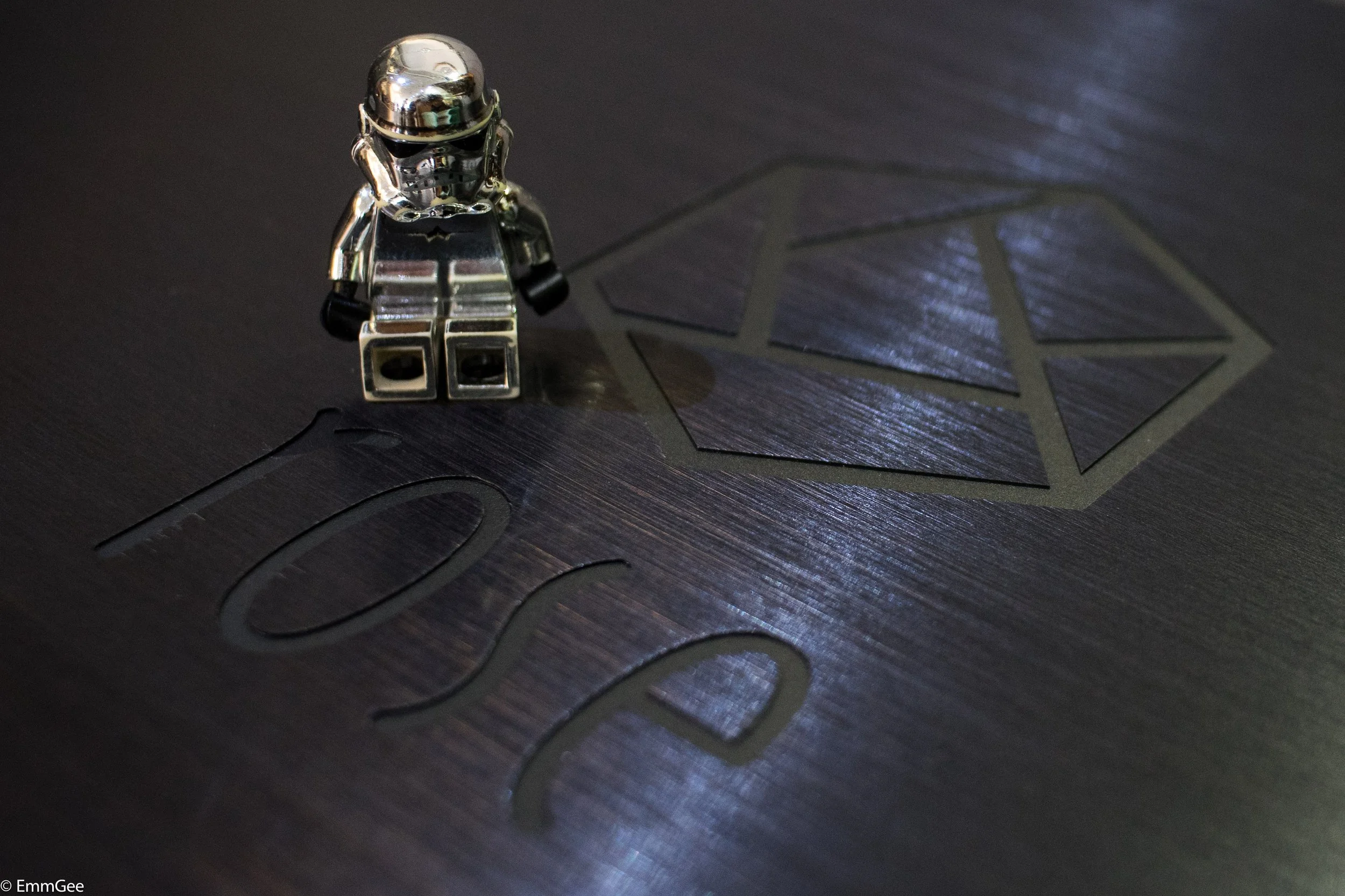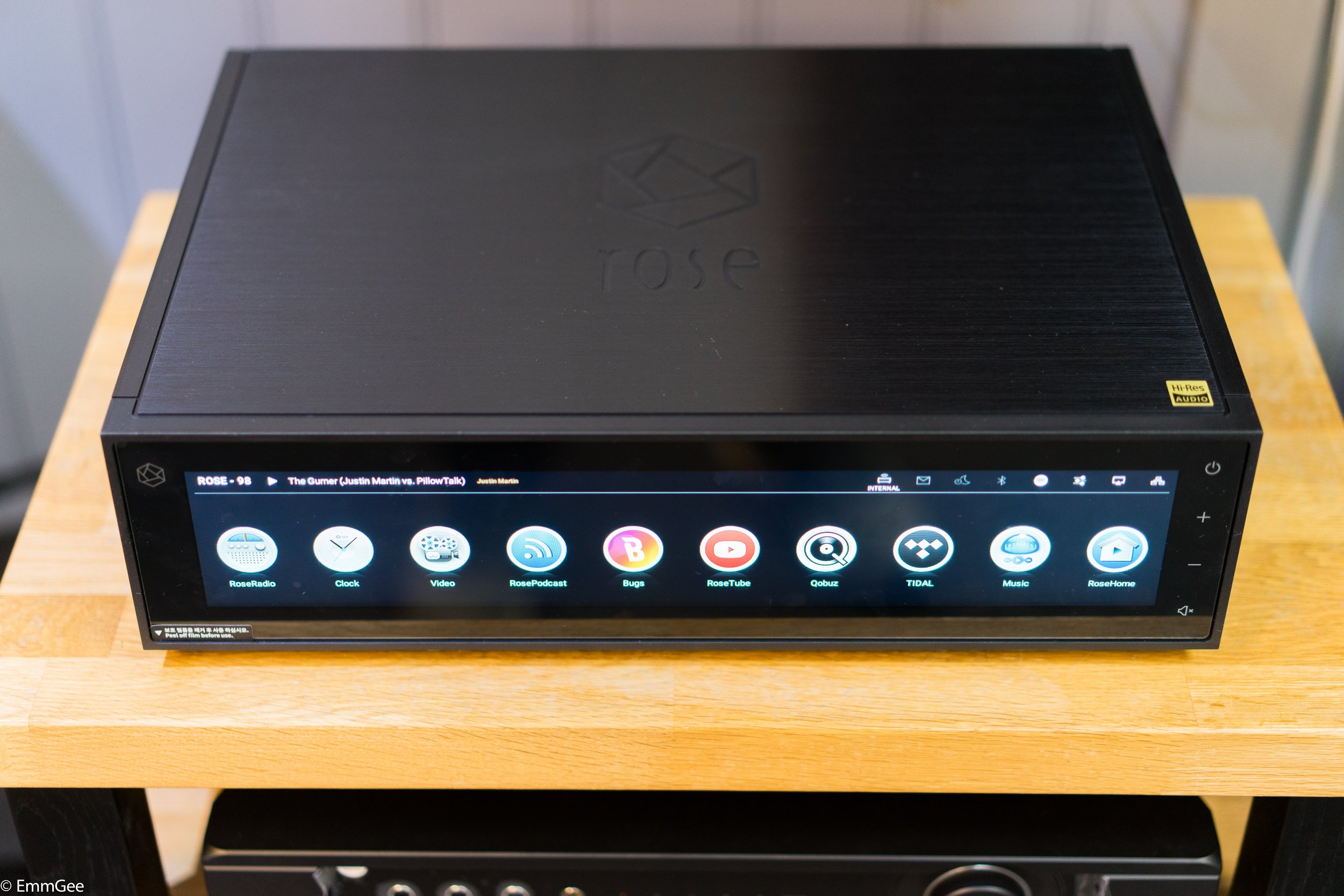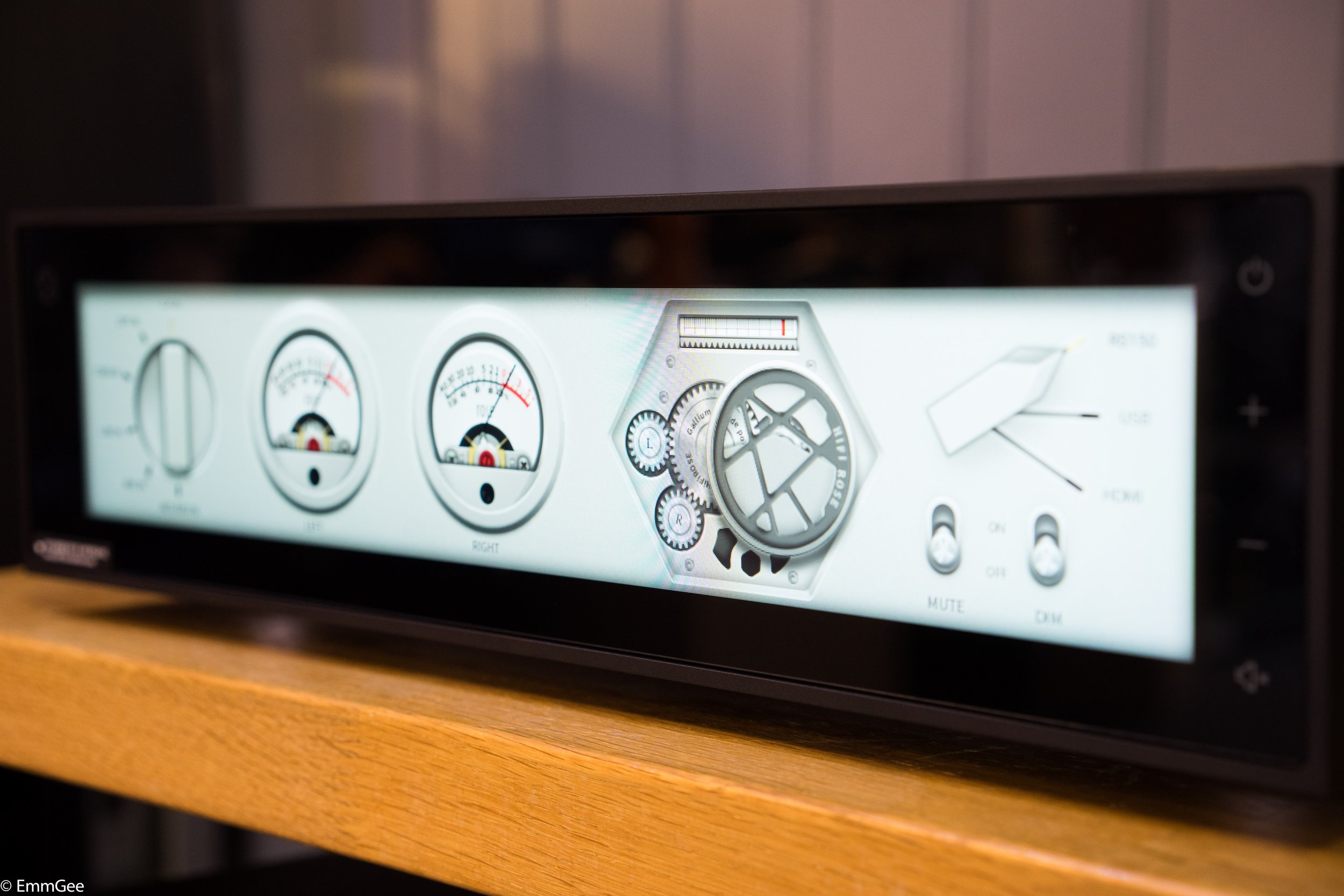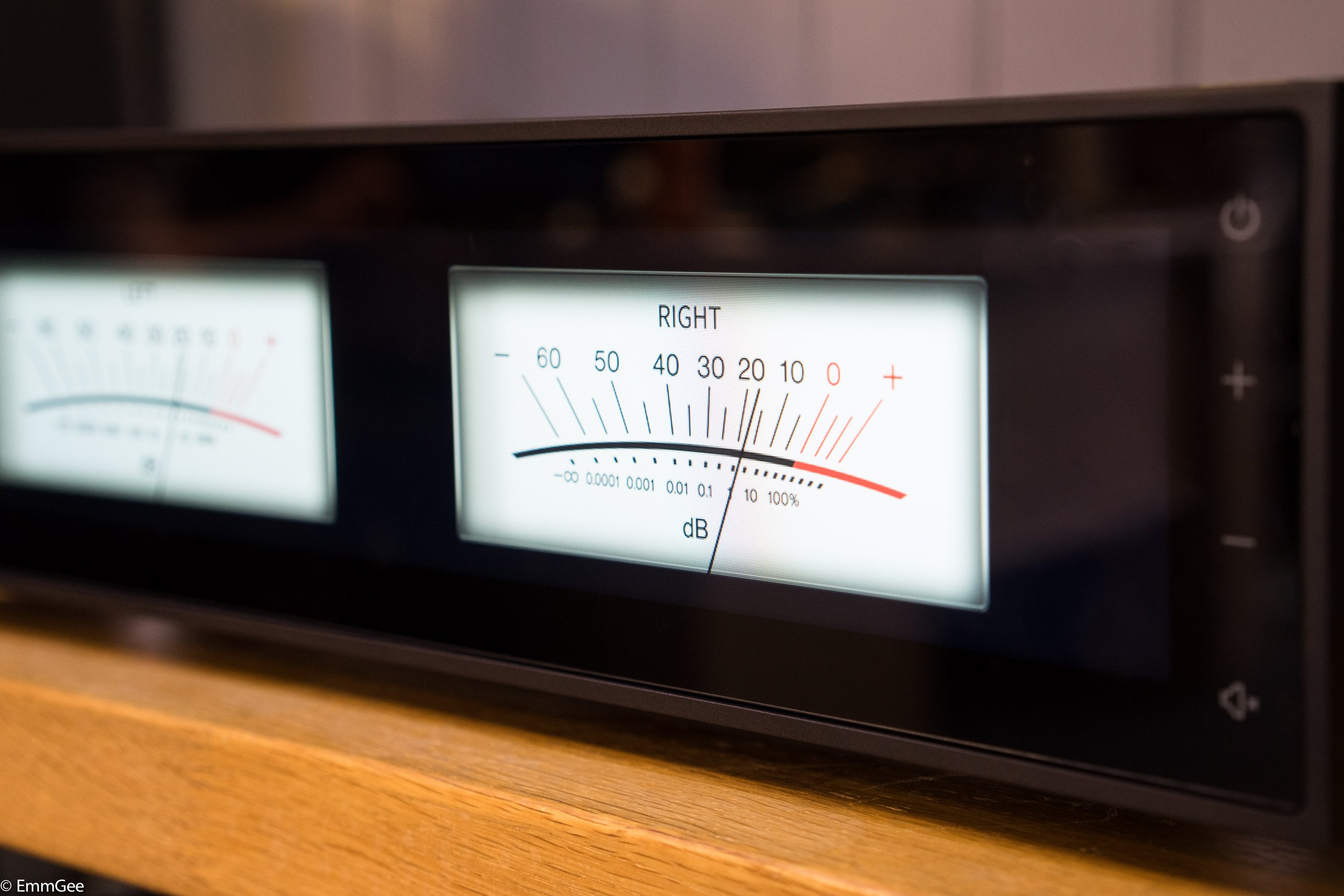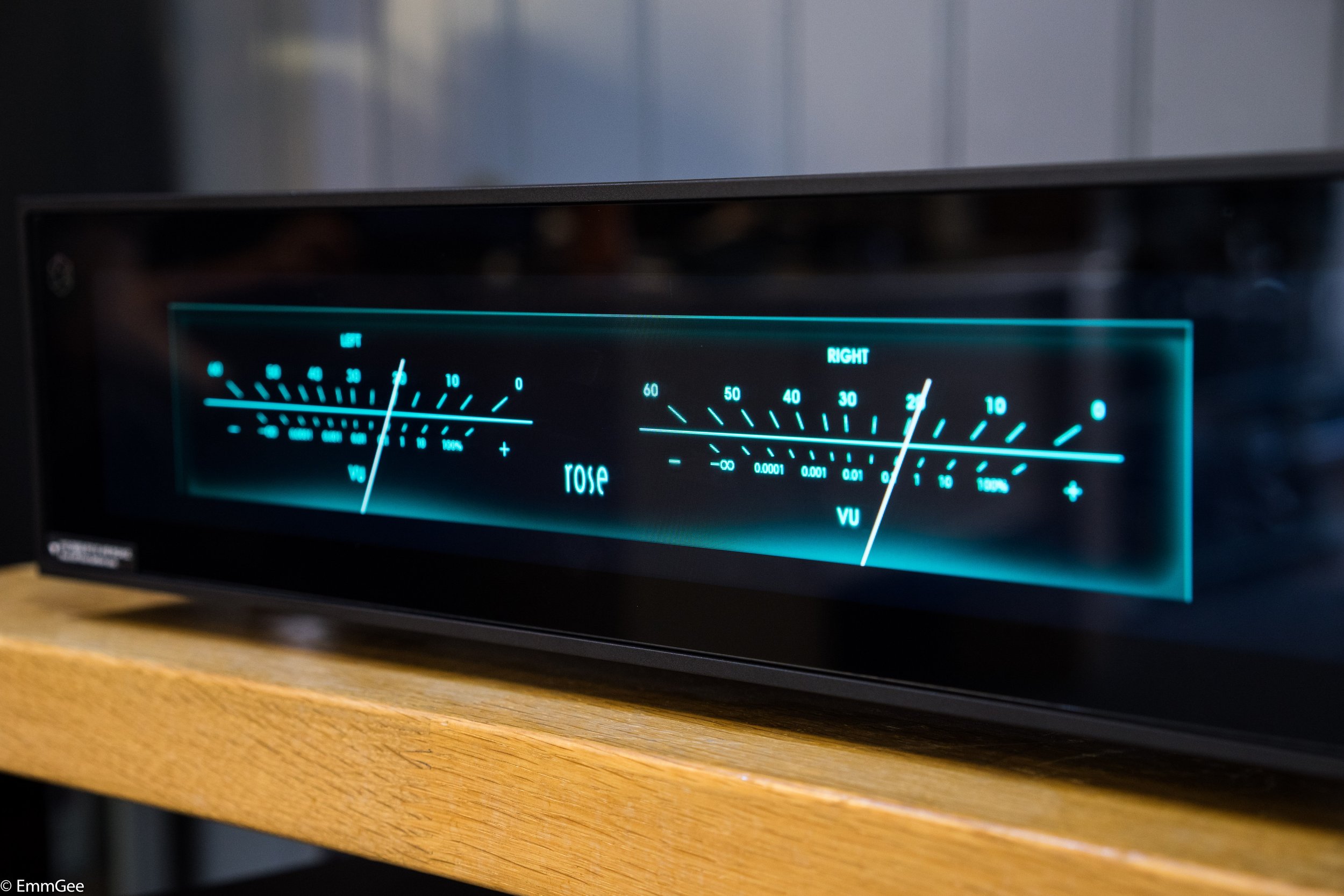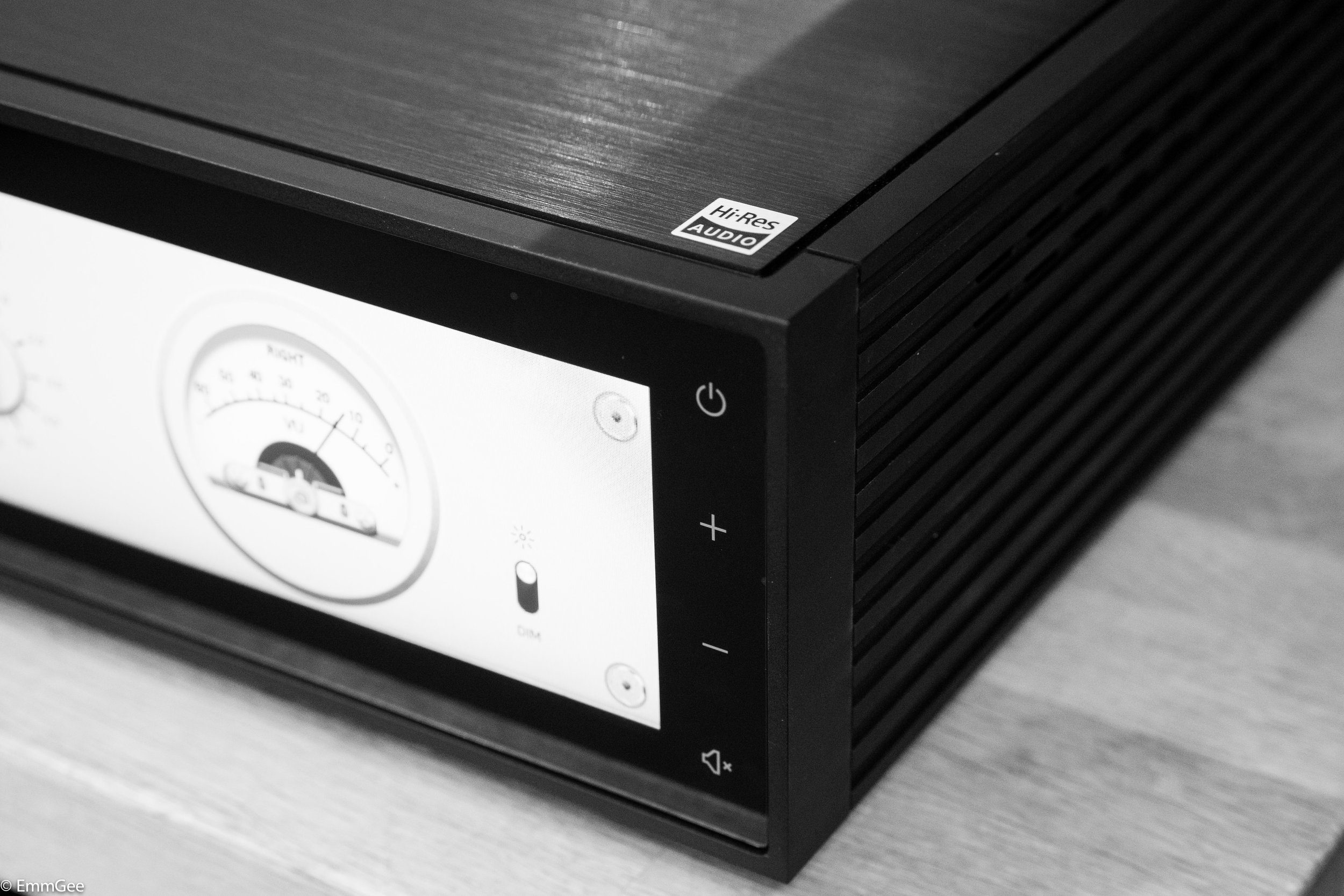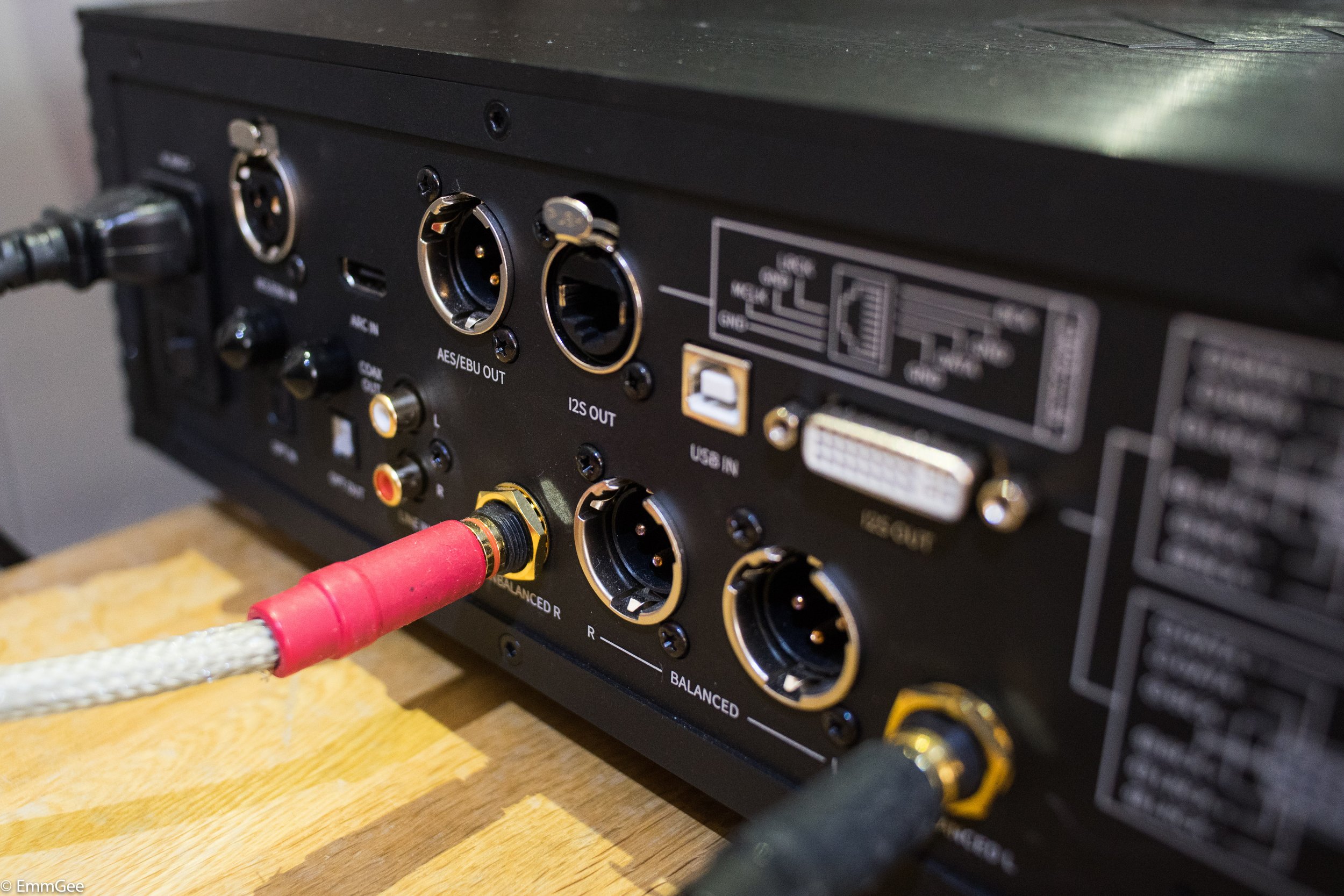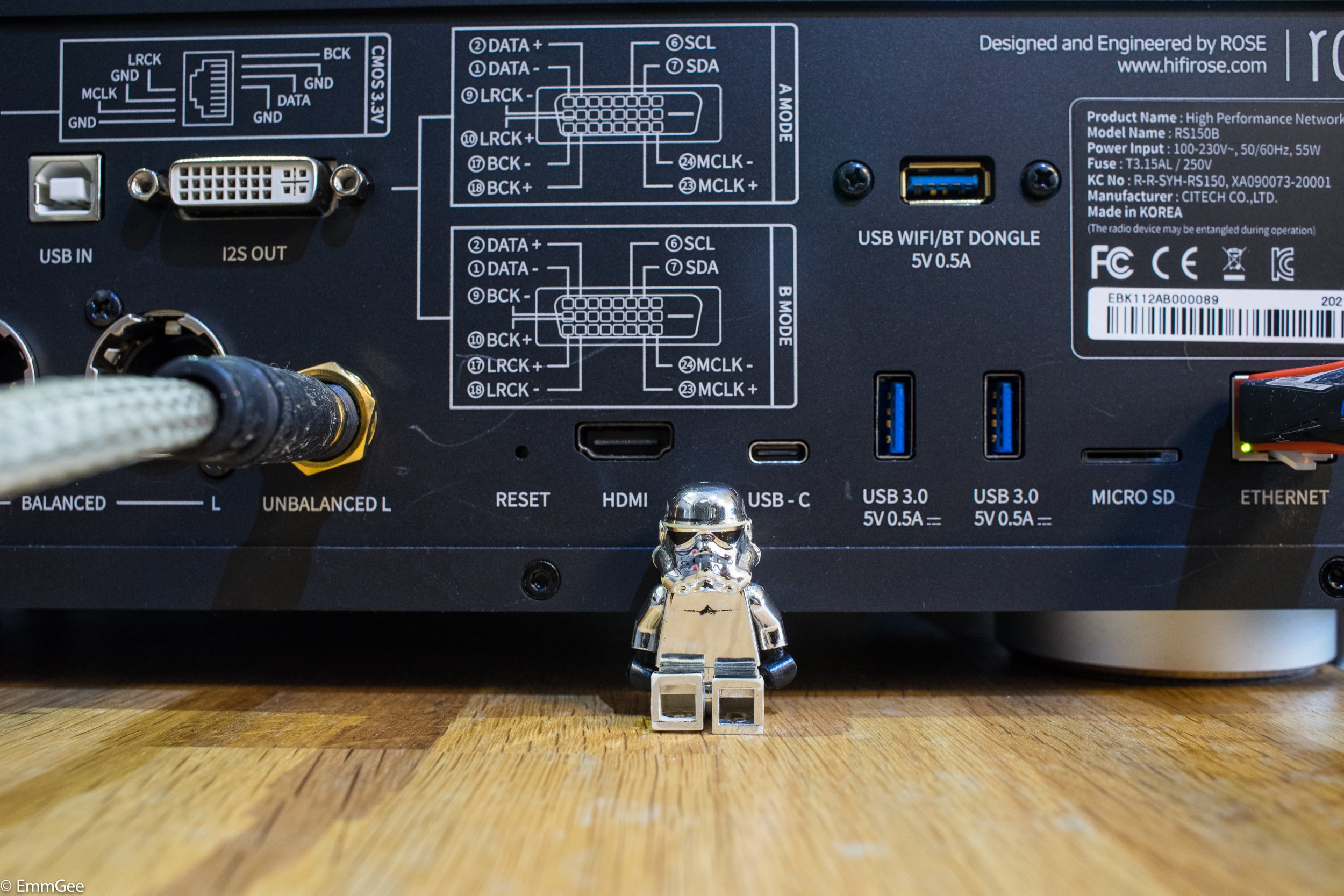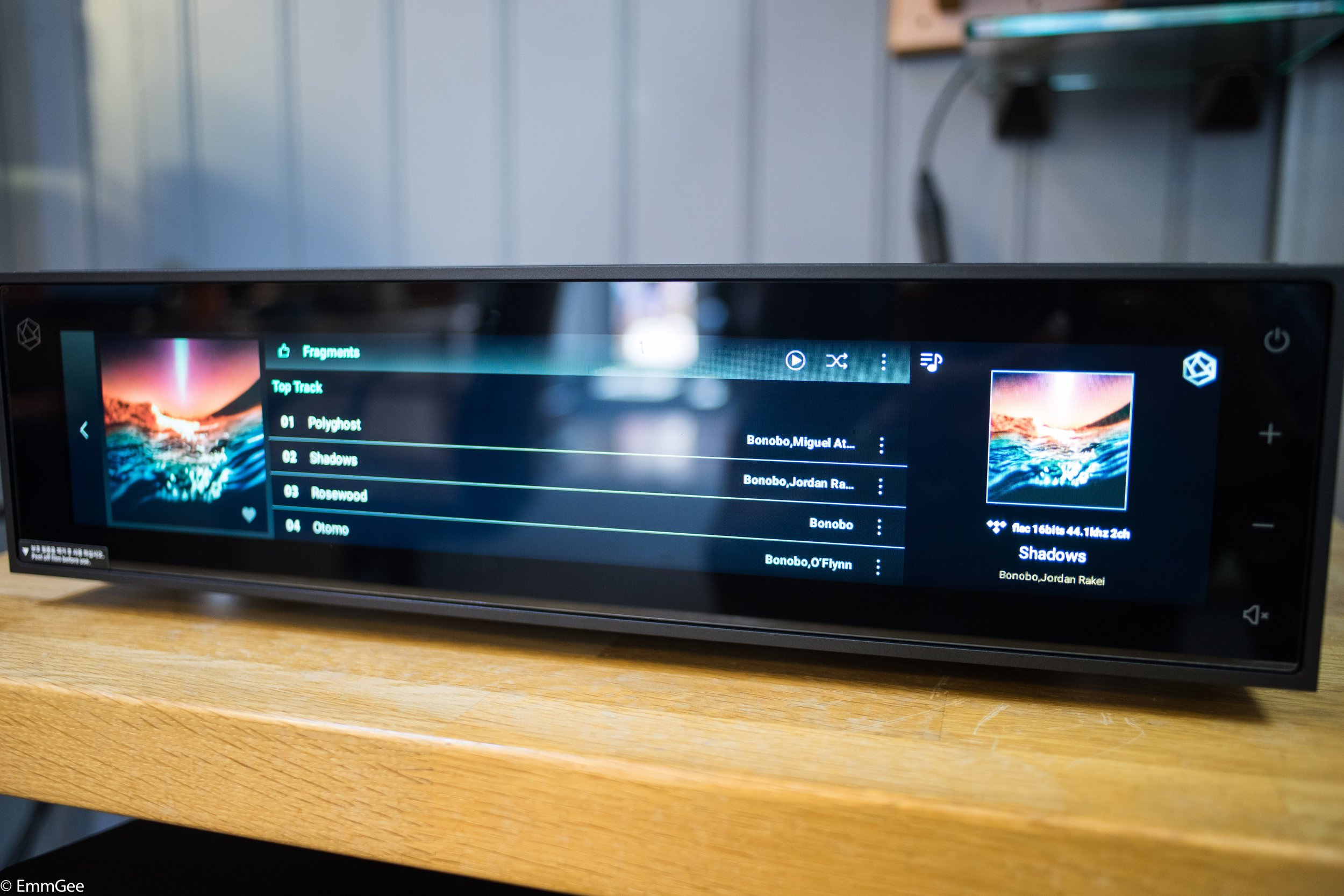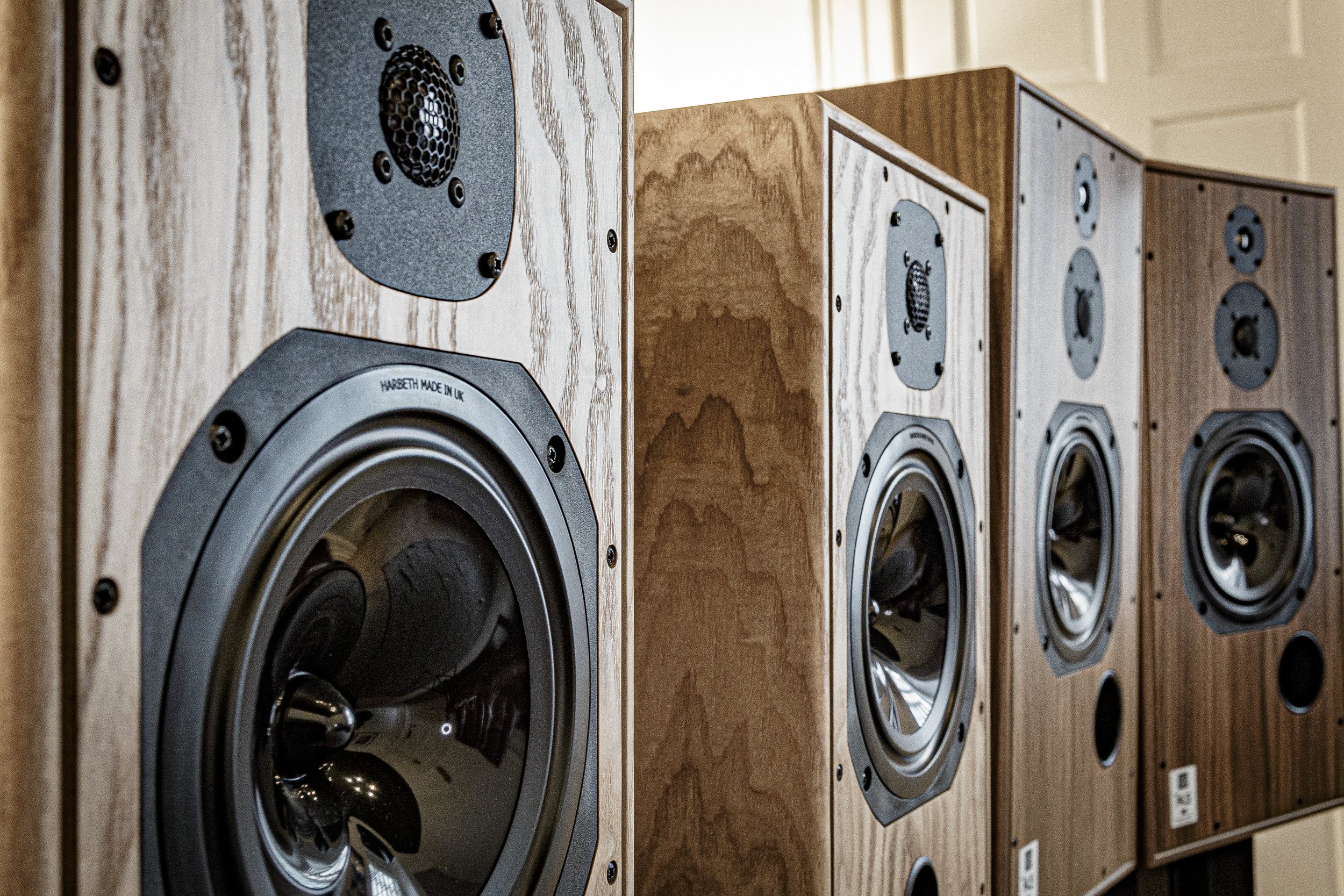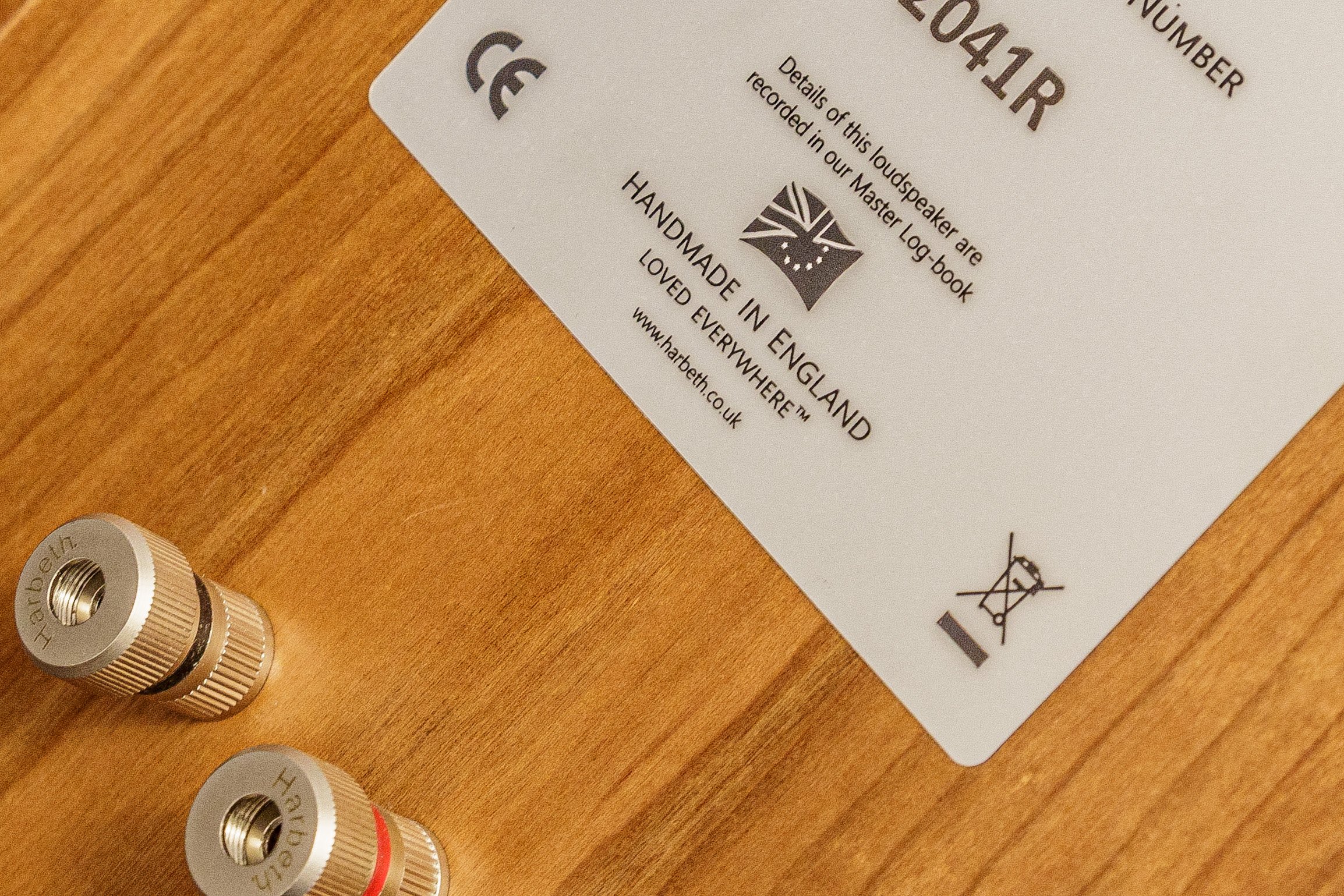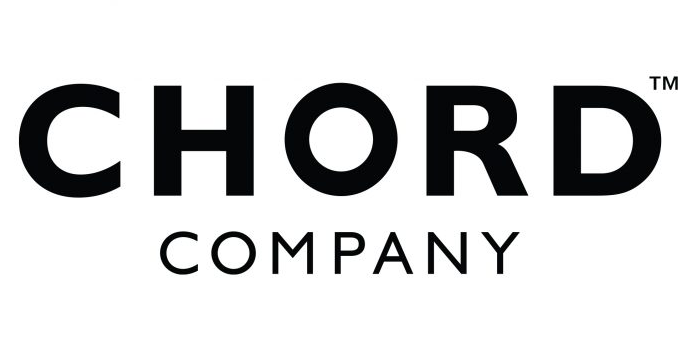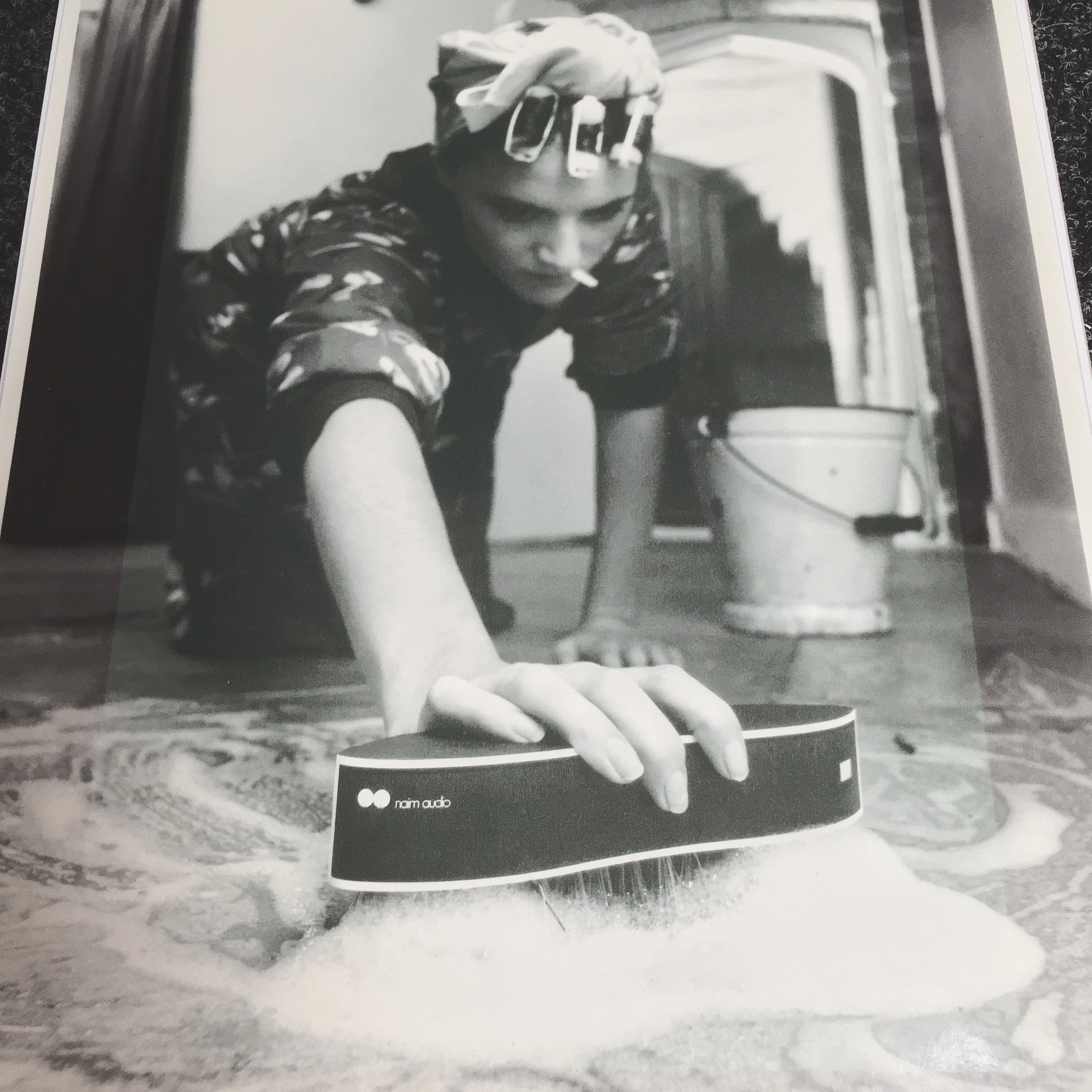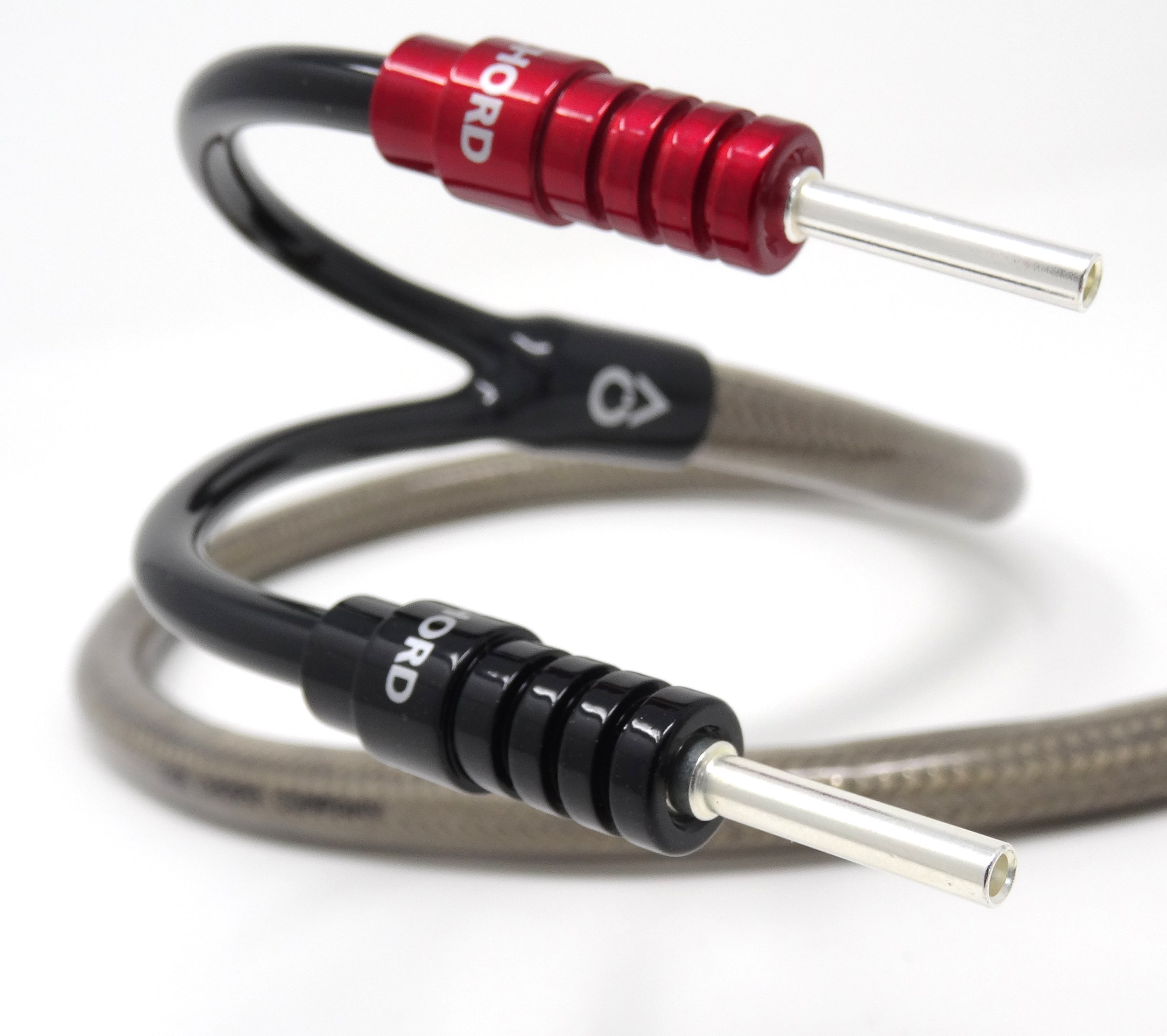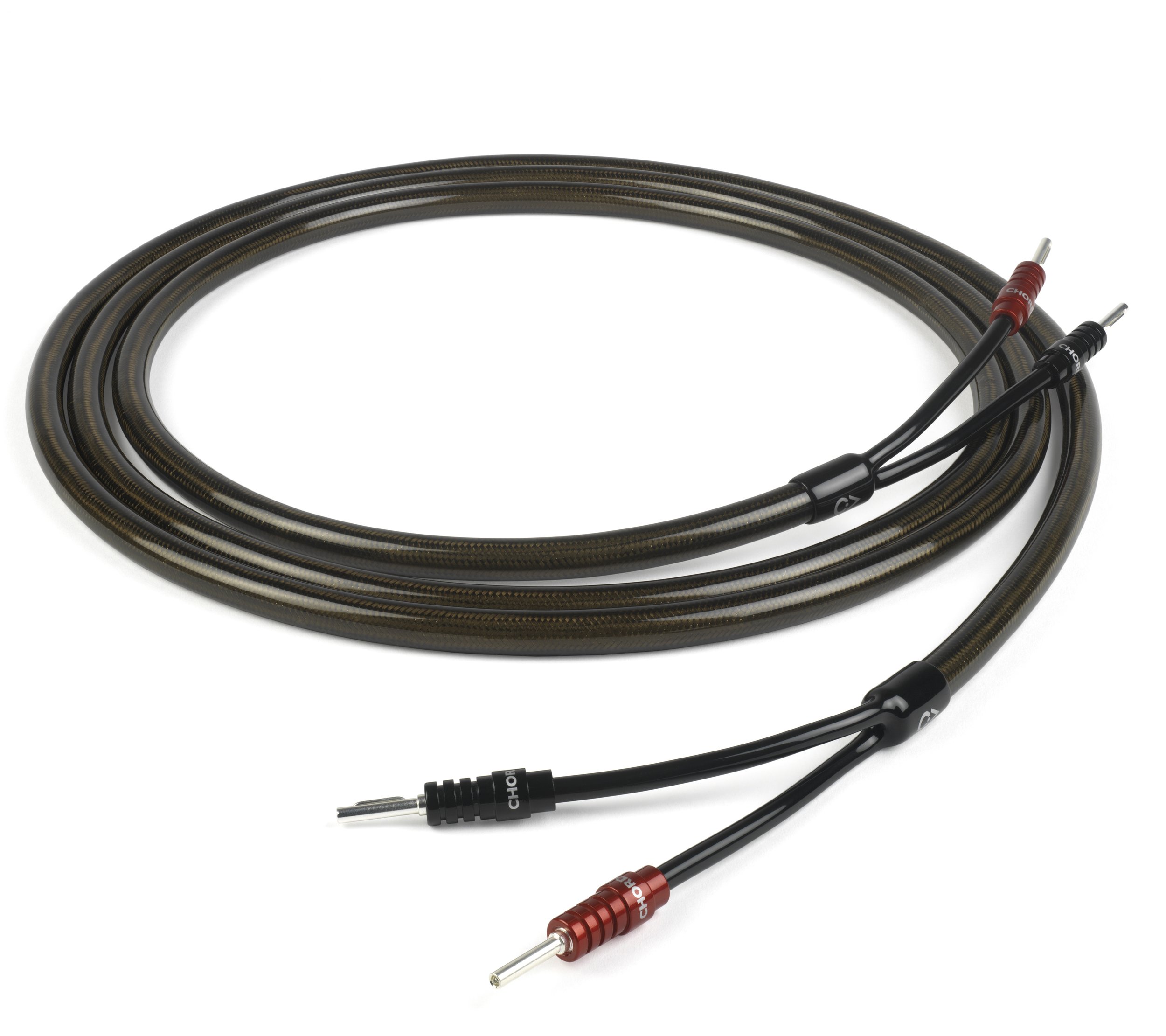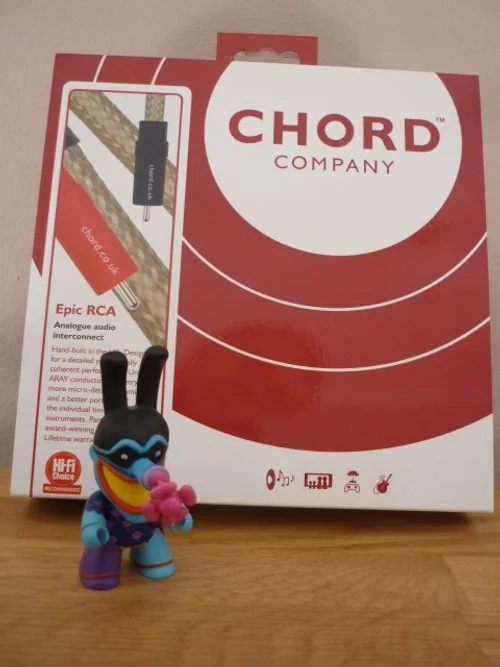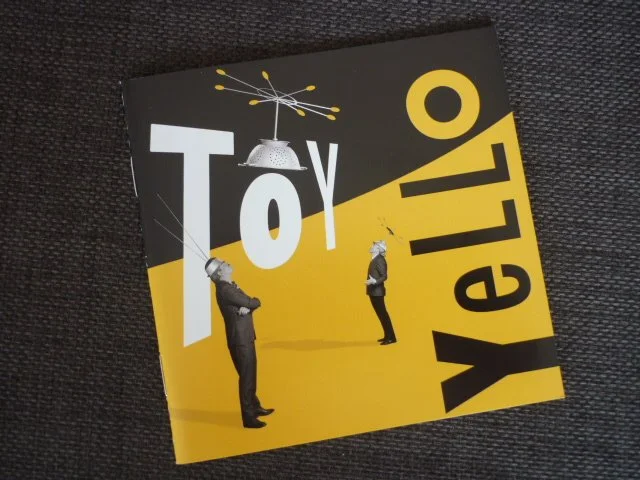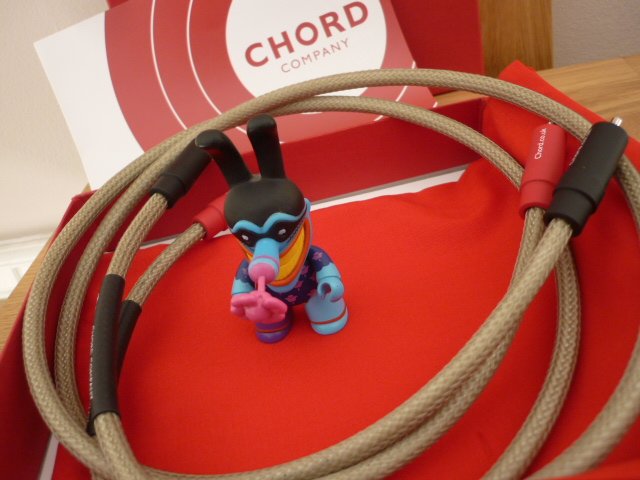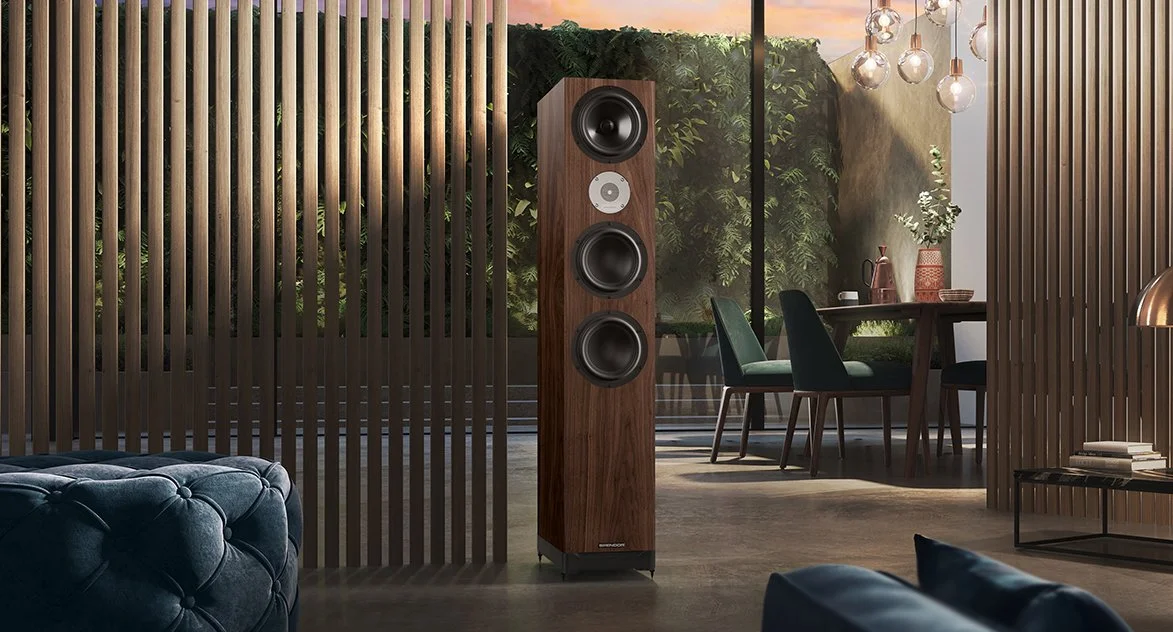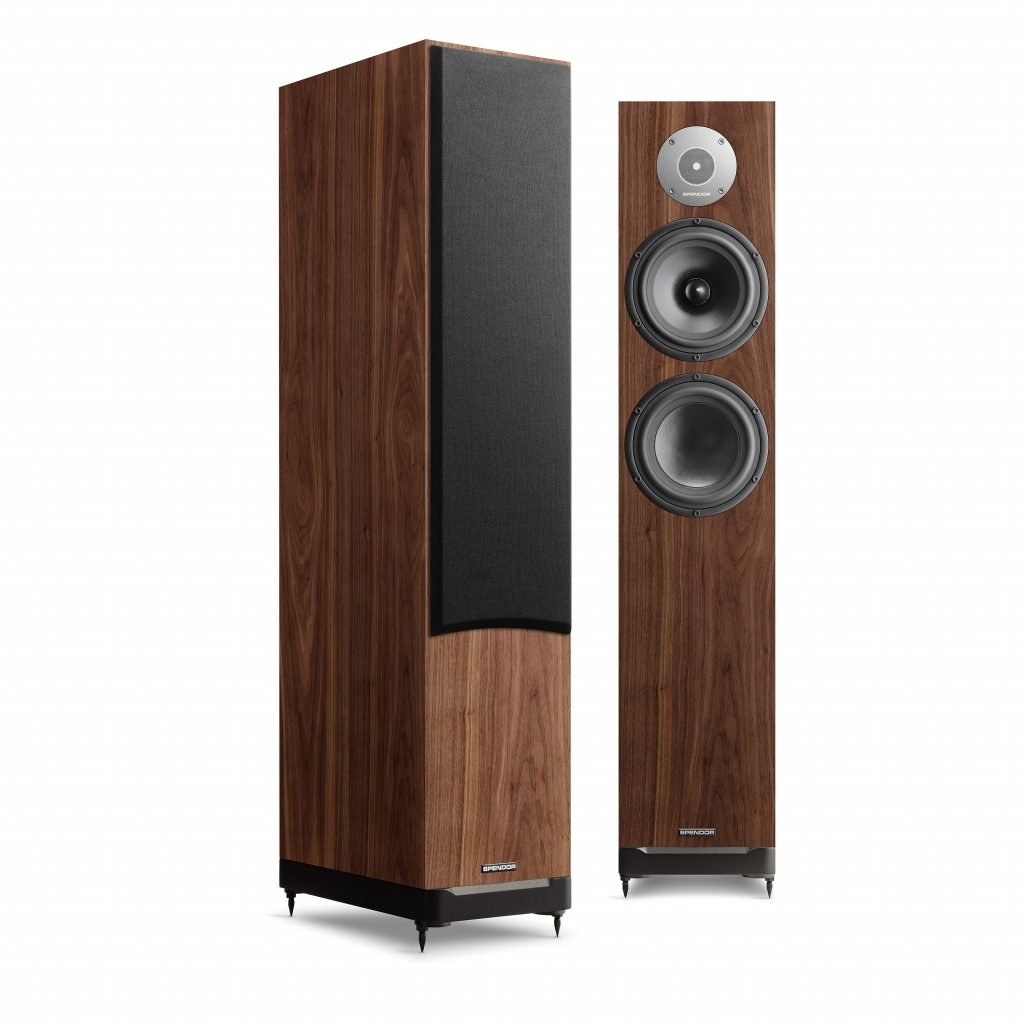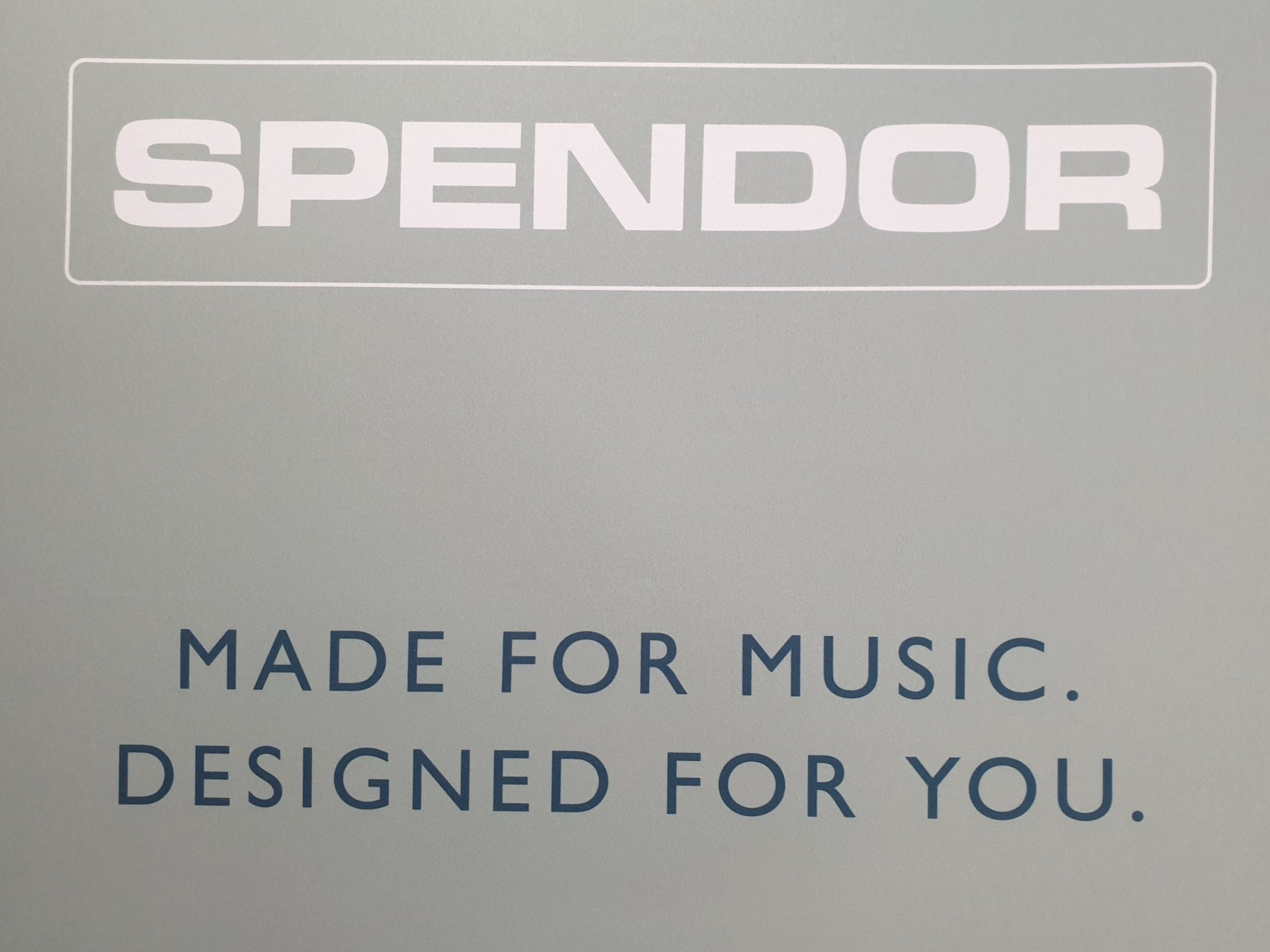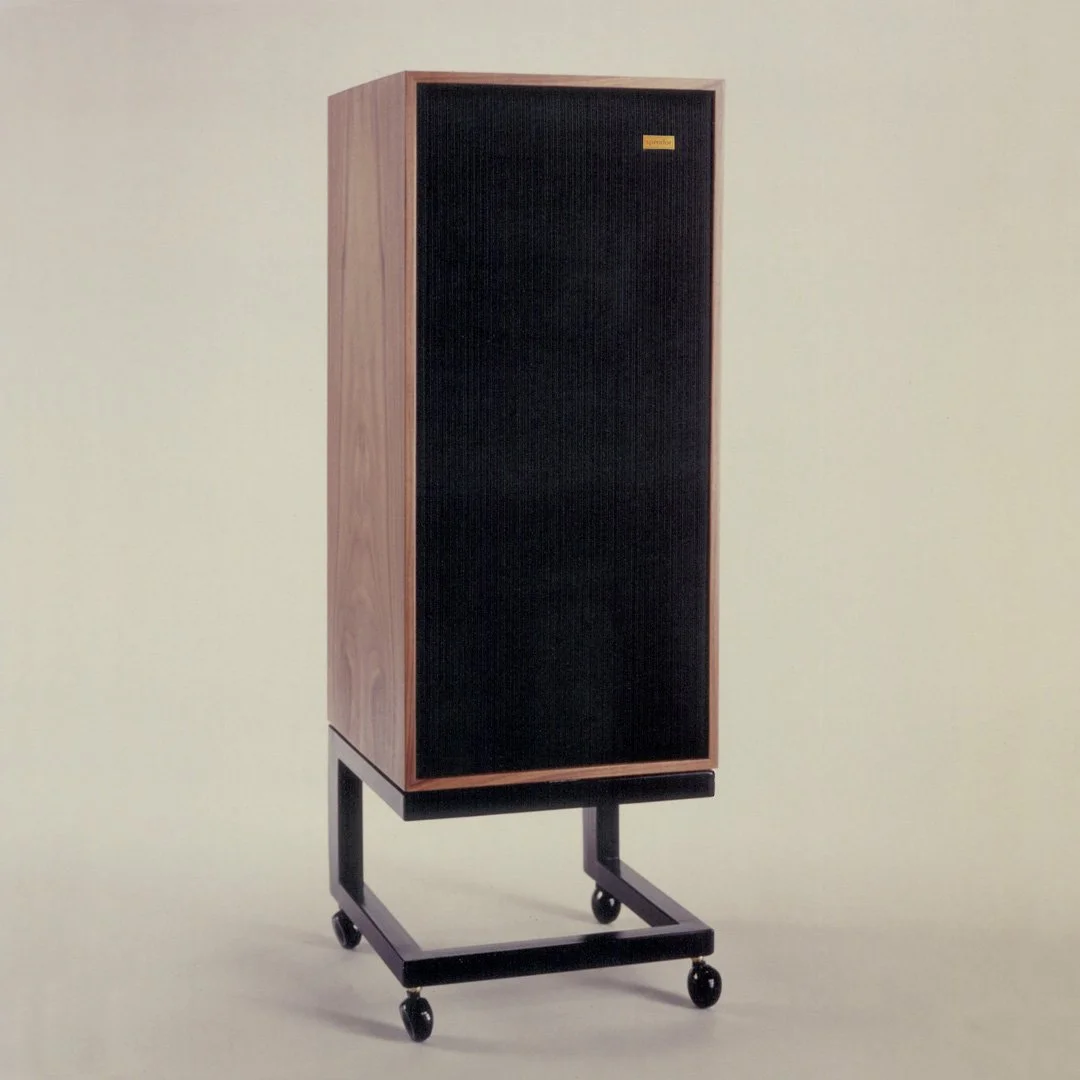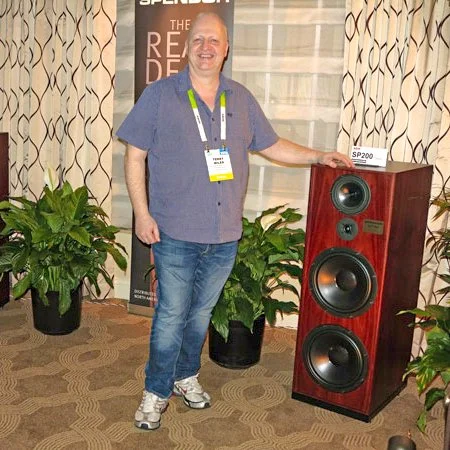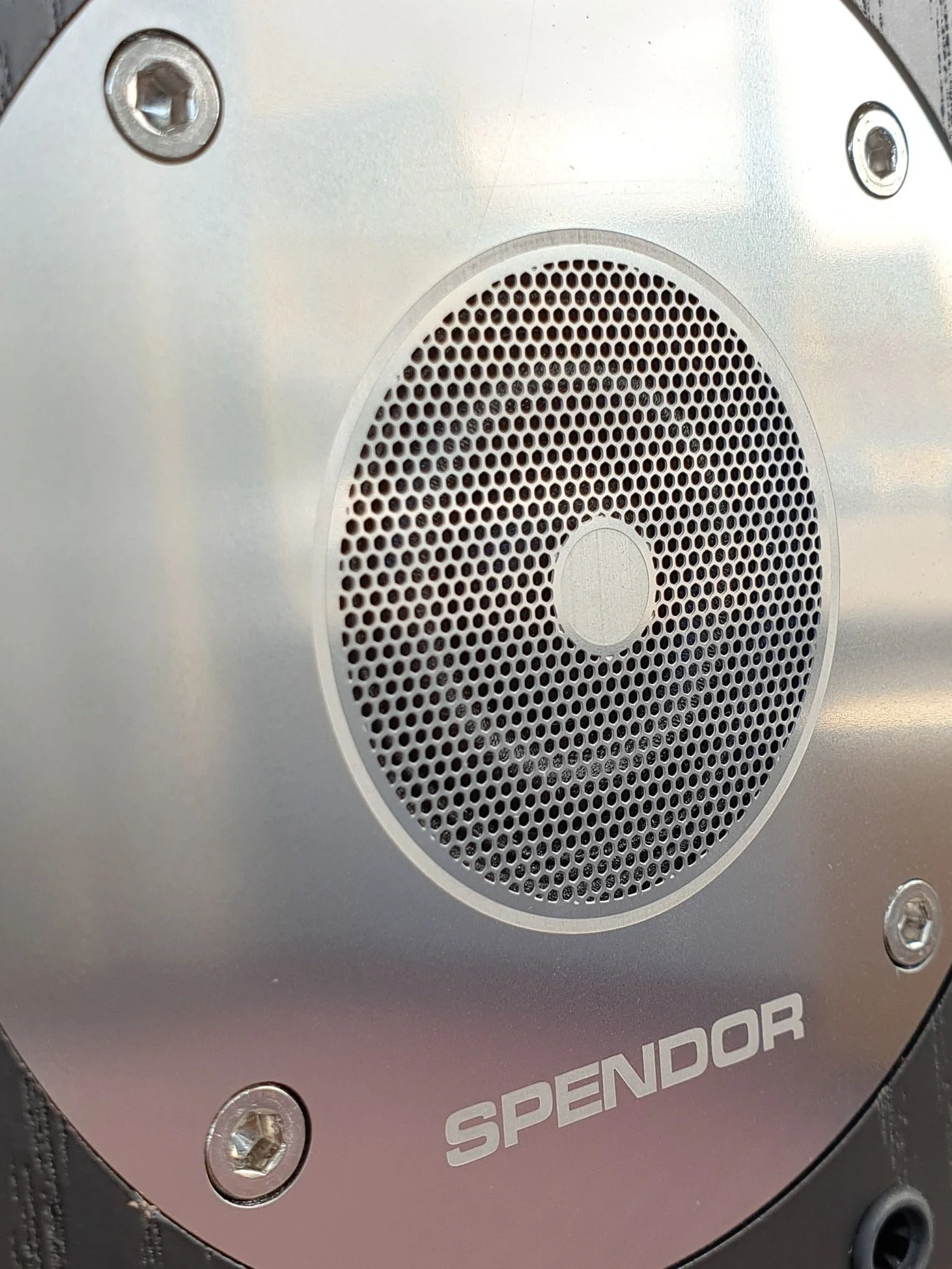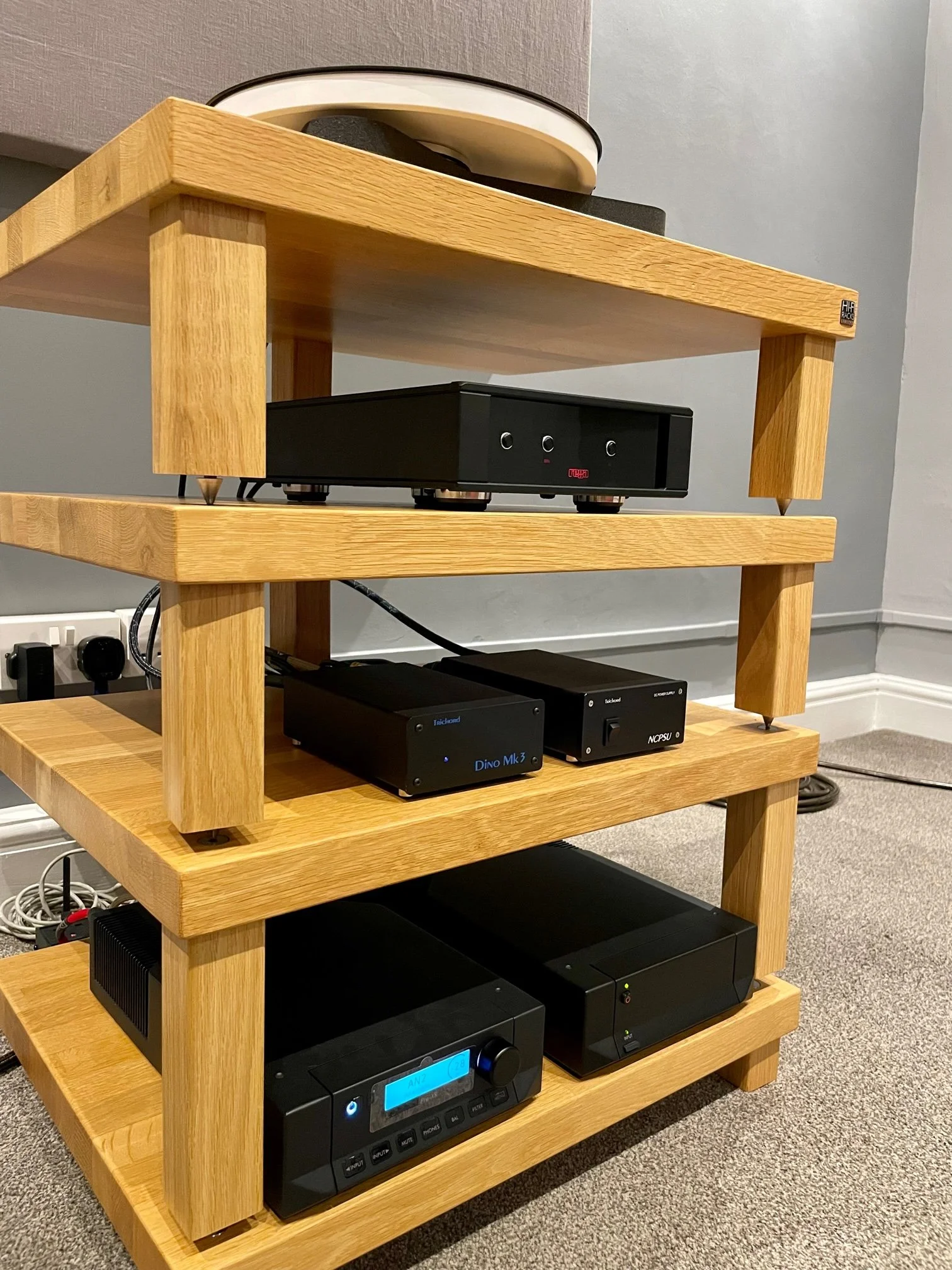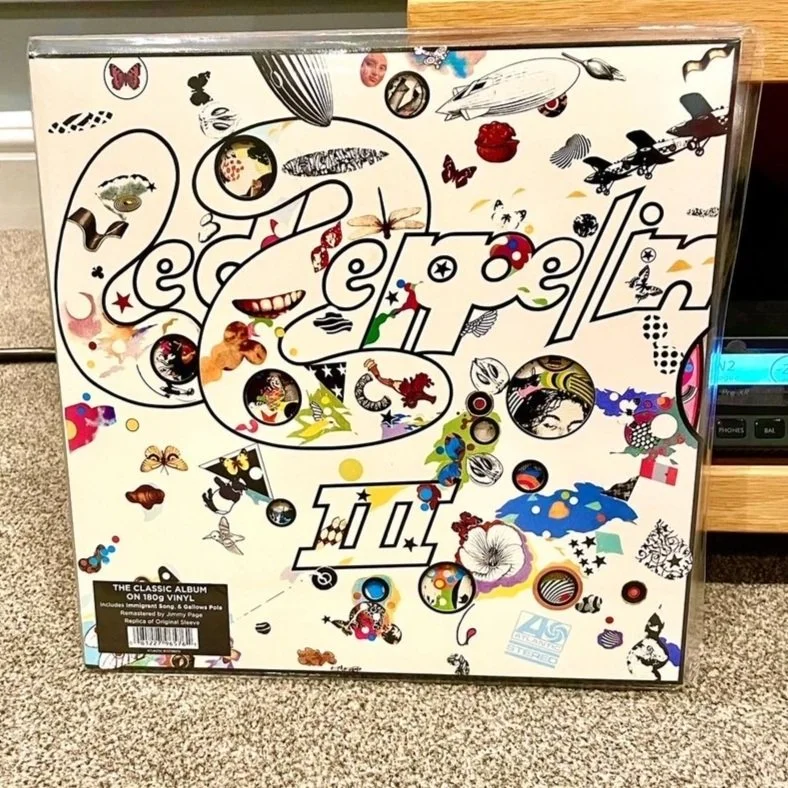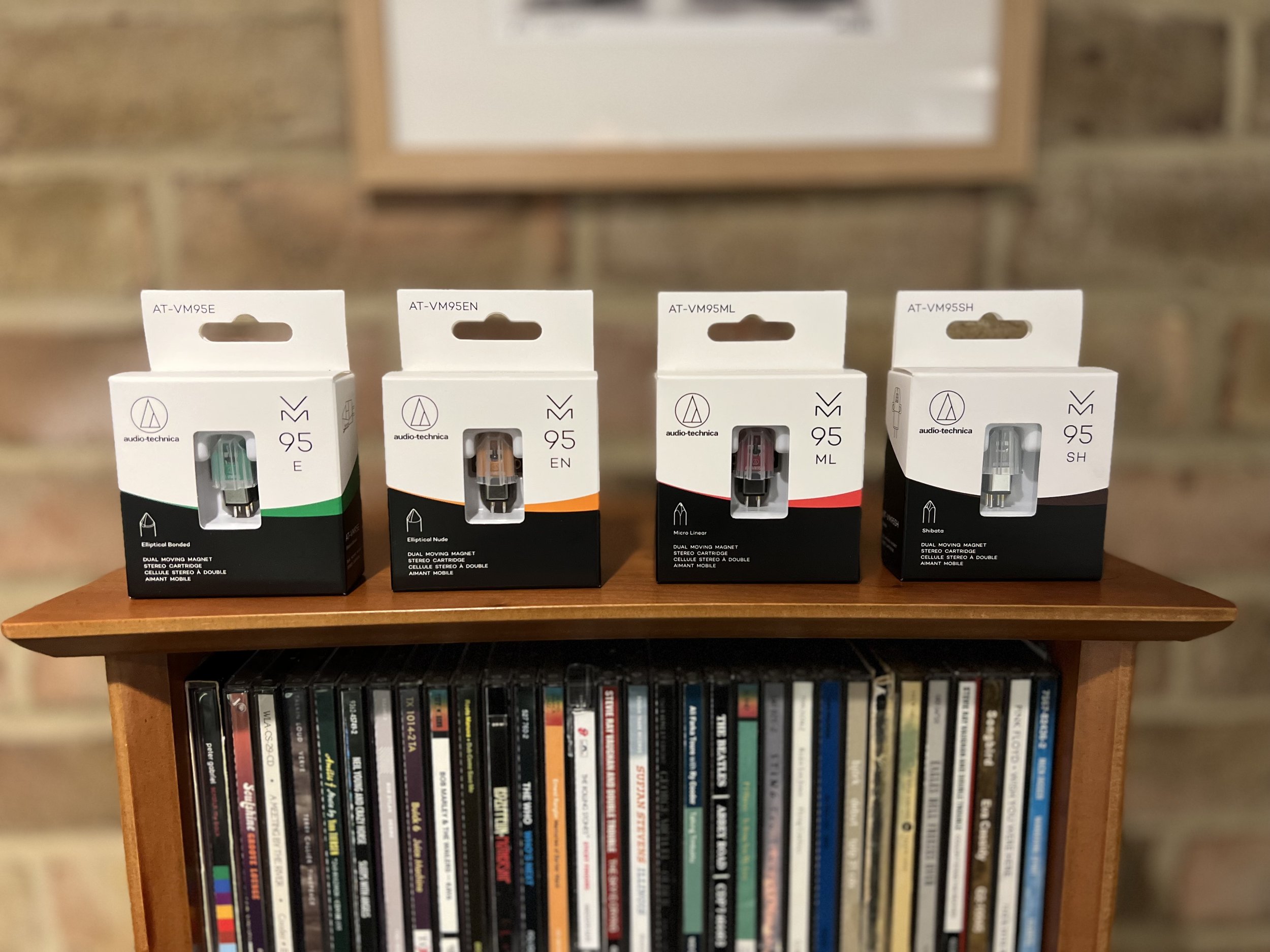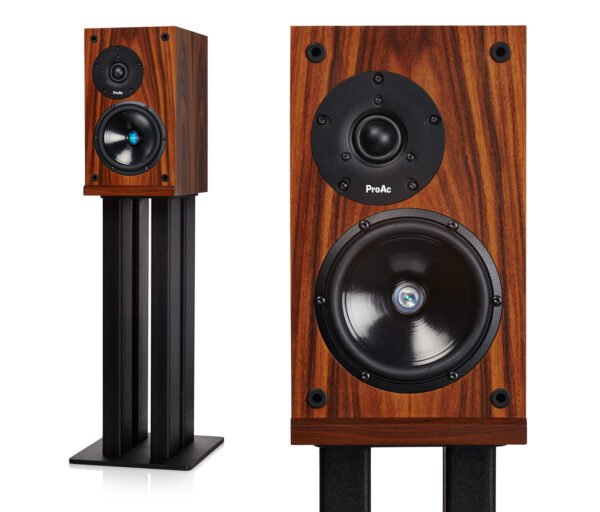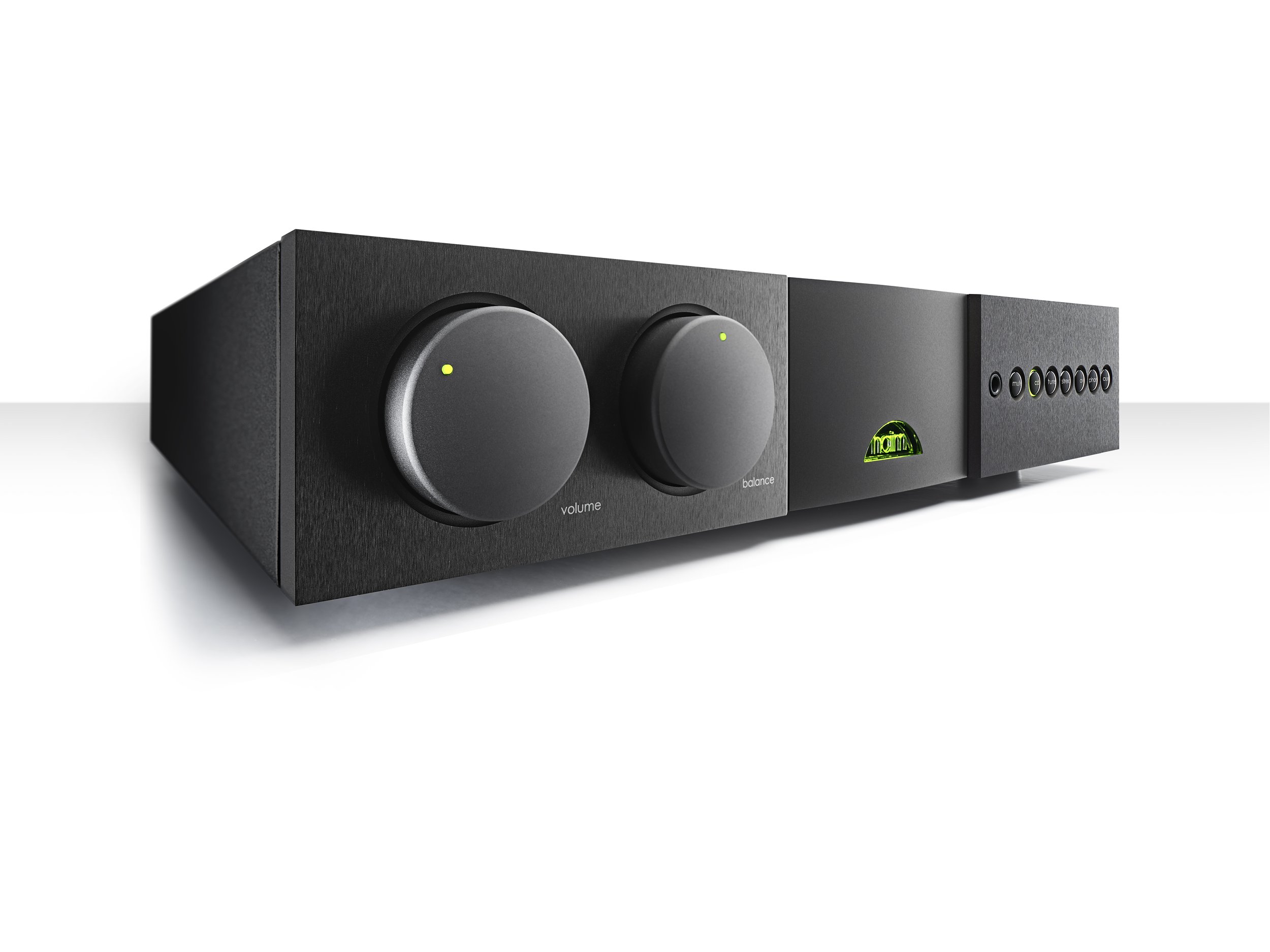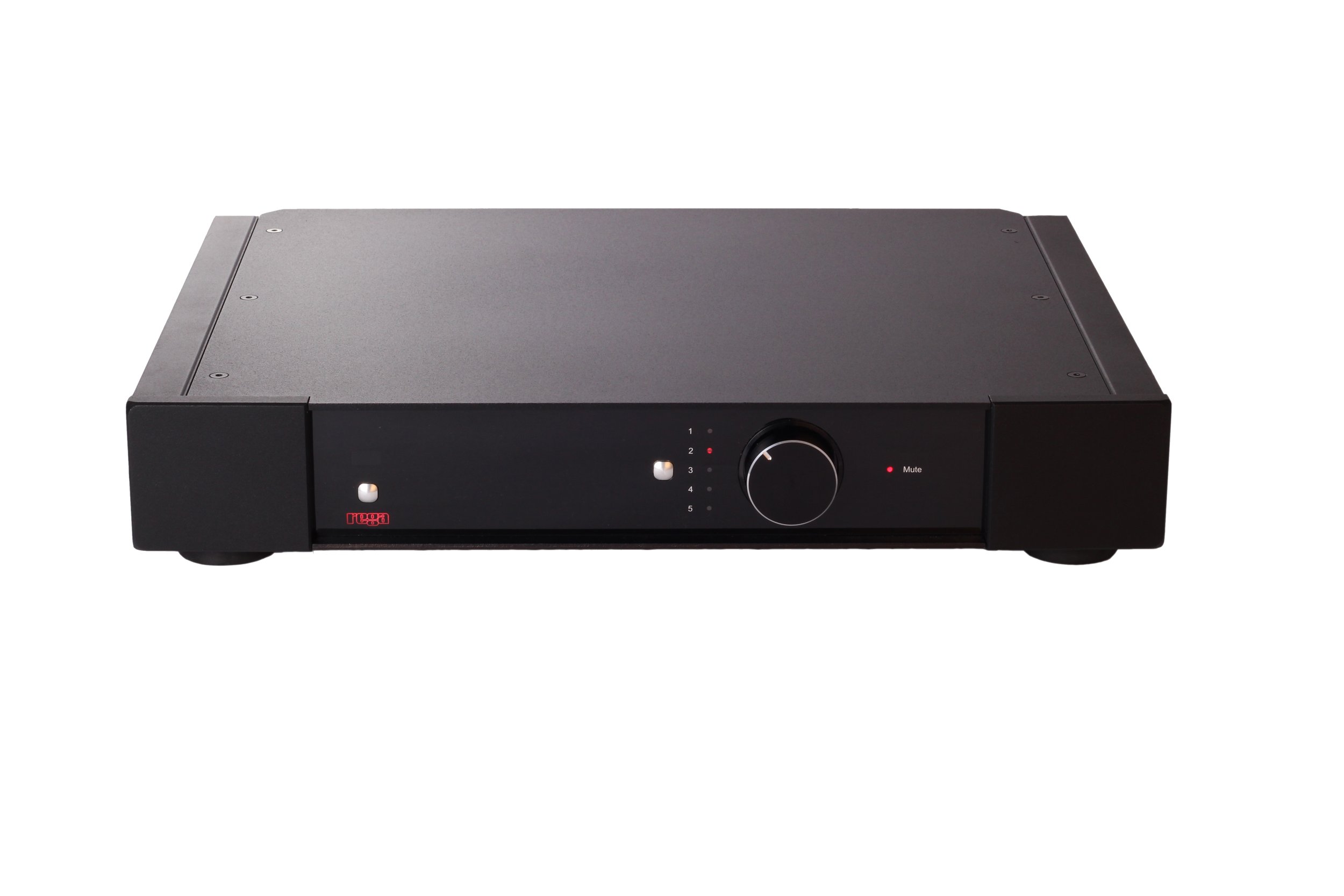Symbiosis In Systems: Taking a look at the Monitor Audio Silver 100 7G with Rega Saturn MK3 & Rega Elicit MK5
/Just like those Croft Original Sherry adverts from the 70s and 80s said, “One instinctively knows when something is right”… And this is no more true in Hi-Fi as it is your choice of tipple.
It is a perennial pleasure to play around with equipment here at Audio T. Evaluating products remains one of our most important duties and we do like to keep busy. Occasionally, a shiver of excitement will be experienced during this experimentation, a moment of grace when the stars align to elevate a system from being merely(!) very enjoyable into something Other.
Long-distance runners will describe the sensation of being in 'the Zone', simply gliding over the tarmac, eating up mile after mile, apparently far too easily. Cyclists like myself have their own “Zone”. We describe a 'floating day', when the gear being turned suddenly becomes light, the legs spin of their own accord and the speed carried is far too high for the perceived effort. Time becomes irrelevant because all you want to do is stay in the joy that is the “Zone” and I think I've found the audio analogue…
Time to Play
Whilst trying out a few other pieces of equipment after a customer demo, I put our handsome, black lacquered Monitor Audio Silver 100 7G speakers on our favourite SolidSteel SS-6B stands. They're a fairly large cabinet for a standmount speaker according to modern tastes, but this does give them an advantage – they reproduce lower notes well, almost as low as a compact floor stand design would. They have a more rigid construction than a floorstander however, the smaller cabinet panels making for a better controlled, less resonant structure, leading to a crisper, more accurate sound. They could be considered a little dry by some, I'd rather go with 'clear' and 'neutral'.
Regulars here in Swansea will have heard me utter the phrase "Big wooden box on a metal stick" more than once.
I'm asked quite regularly why such designs exist, usually by the partner of the person shopping (Eeeek!) My answer is simple; “It's because they sound really good!”
What’s behind the Speakers?
The new Rega Saturn Mk3 CD player/DAC was already in-situ, hooked up to its mate, the Rega Elicit Mk 5 amplifier with, one of my personal favourites, Black Rhodium's phono cable, the Calypso RCA. The same manufacturer's Twirl speaker cable ran from amp to speakers. My adjectives here 'effervescent' and 'fine textured'.
The Rega Saturn Mk 3 needs no introduction. Reviewed in glowing terms elsewhere in our Audio T blogs and a particular favourite here in Swansea, it's a delight to play music with. 'Velvetty' and 'mellifluous' is how I would describe it.
The Rega Elicit Mk5
It was a long time coming, what with one thing and another and we're really pleased how it turned out. 'Warm-hearted', 'generous', 'weighty', 'full-bodied' is how it's usually described and I'm not going to argue with that here. I'd add effortless and honest, with maybe a touch of sweetness, but who doesn't need a little sugar in their lives nowadays?
A Valpolicella "Ripasso" of the aural world...
I spun up Keb Mo's - "She Just Wants To Dance" from his eponymous album. His guitar fairly leapt out from between the speakers, joyous and bouncy, his lacquered voice rising over the instruments, way above the tweeters to Keb's height of about six feet in convincing fashion. Lovely stuff. This combination does the Hi-Fi thing very well indeed.
Similarly joyous-sounding was AC/DC's "Long Way to the Top" from the album ‘High Voltage’. When reproduced well (as it is here), it's a thrilling track that gets hold of you, makes you check over your shoulder in case of witnesses, wrinkle up your face, play air guitar and remember what it's like to feel twelve again à la Jack Black in his movie "School of Rock".
Finally, the swirling loops of Donna Summer - "I Feel Love", absolutely makes you want to fill the (living room) dance floor and shake your booty down, the only worry to cross your mind being "Did I choose the 12" version? I really hope I did."
What am I trying to say?
The music is the message here; this system will show you into the heart of the recording very well, revealing layers and textures just as one would expect, but it sounds just so much damn fun that you don't really care about all that, because it sounds as if your chosen musicians are having the time of their lives playing just for you.
It's special.
The new Rega Saturn Mk3 CD Player/DAC and Elicit Mk5 are currently on demonstration at Audio T Swansea.
Come along and take some of your CD’s for a spin.
Nic Adrian & Andy will be on hand to help.
Thanks for reading.
Adrian – Audio T Swansea
If you have any questions about any of the equipment featured in this article, or any other Hi-Fi or home cinema enquiries, be sure to Contact Us.
If you’ve enjoyed this, why not go ahead and read some more of our other blogs, and be sure to follow us on our social media channels below…
Rega can be found at the following Audio T stores



